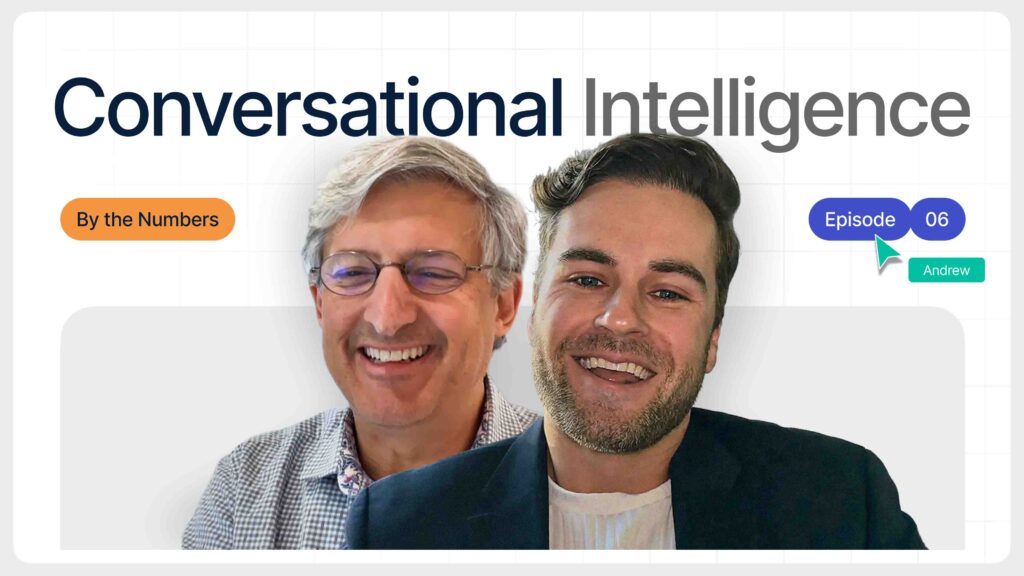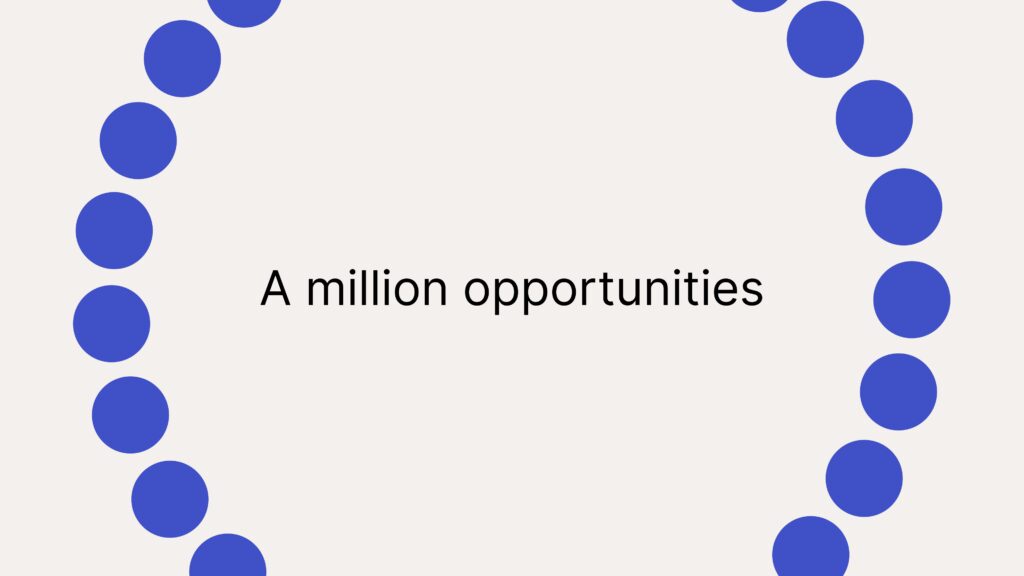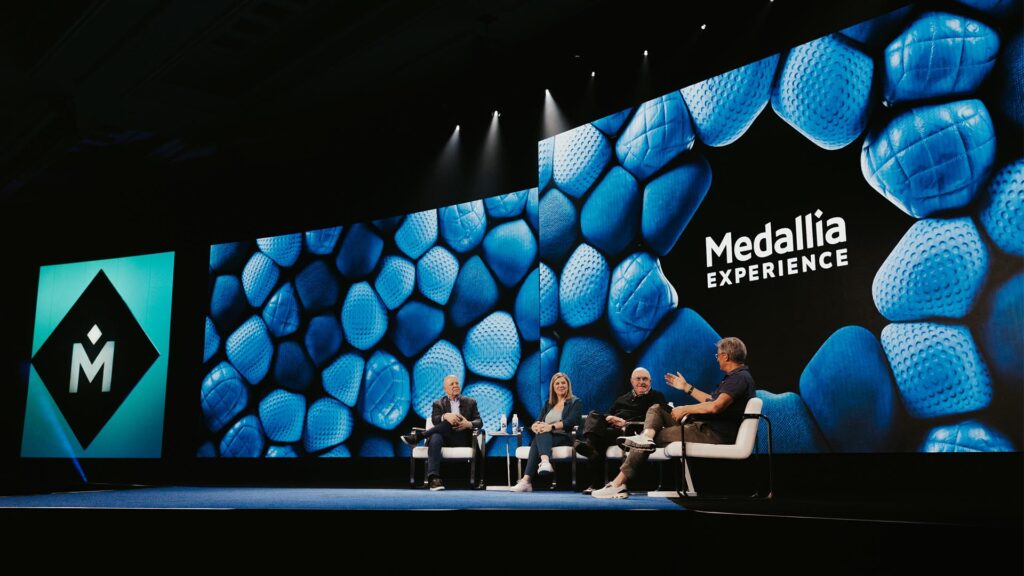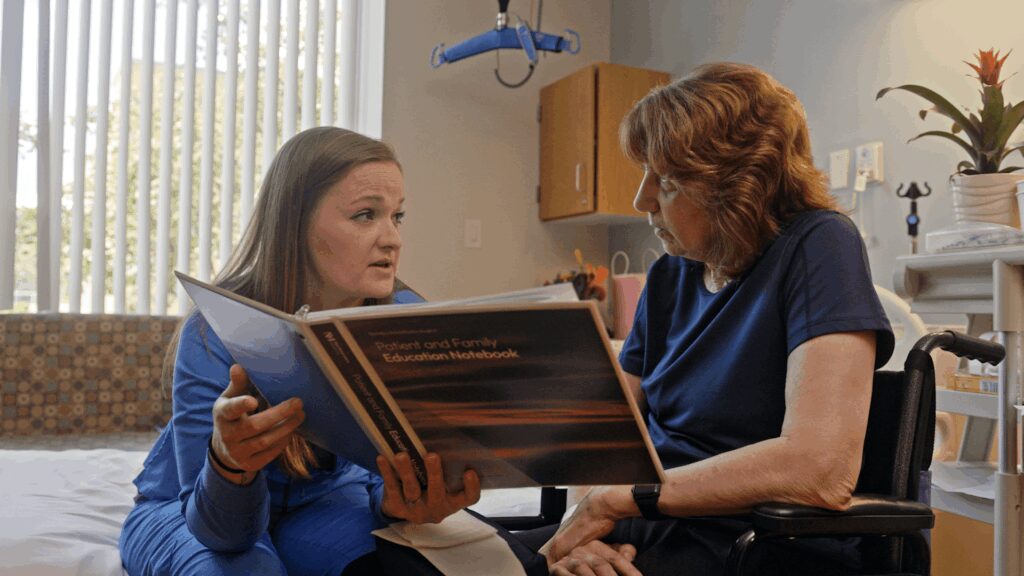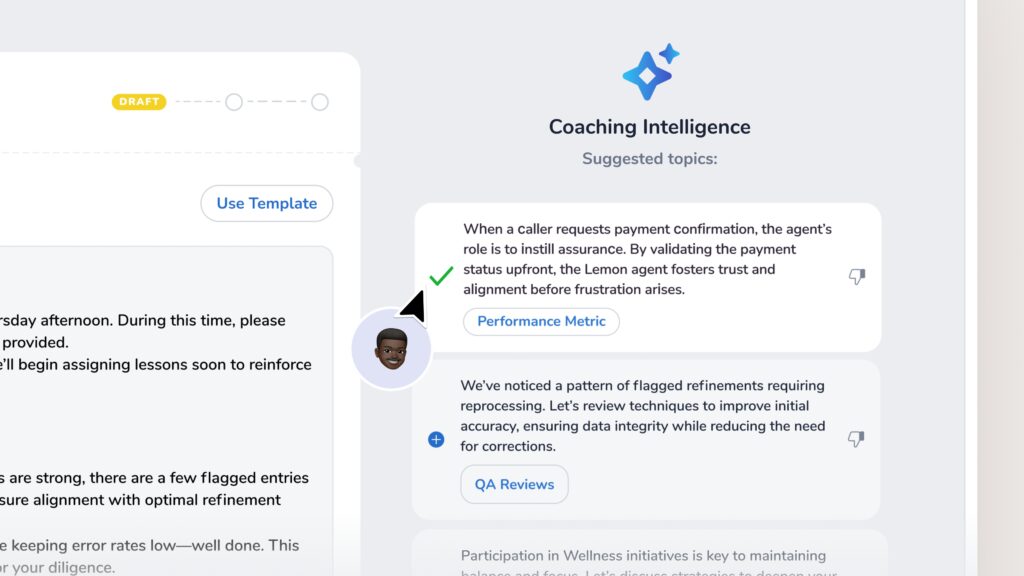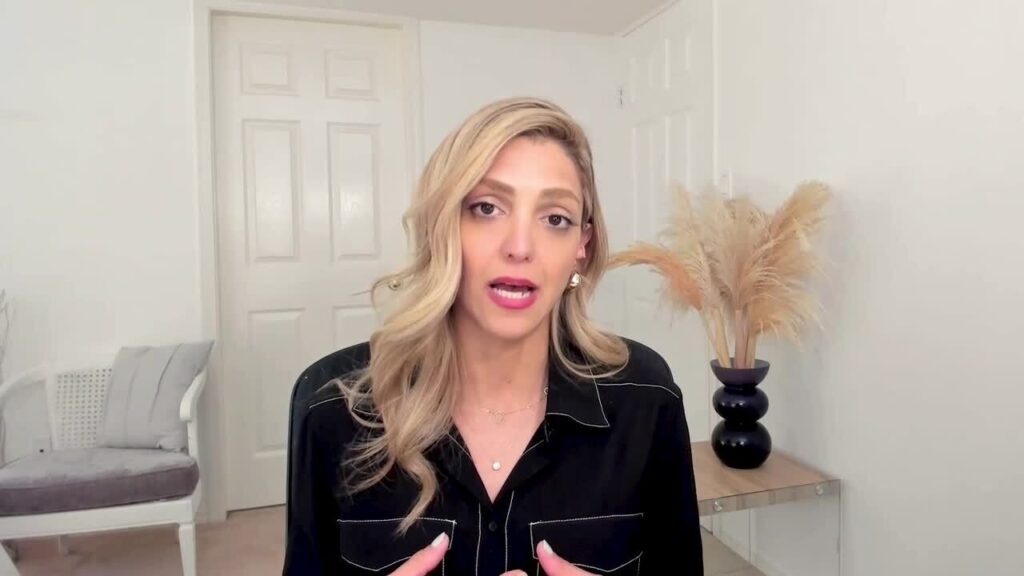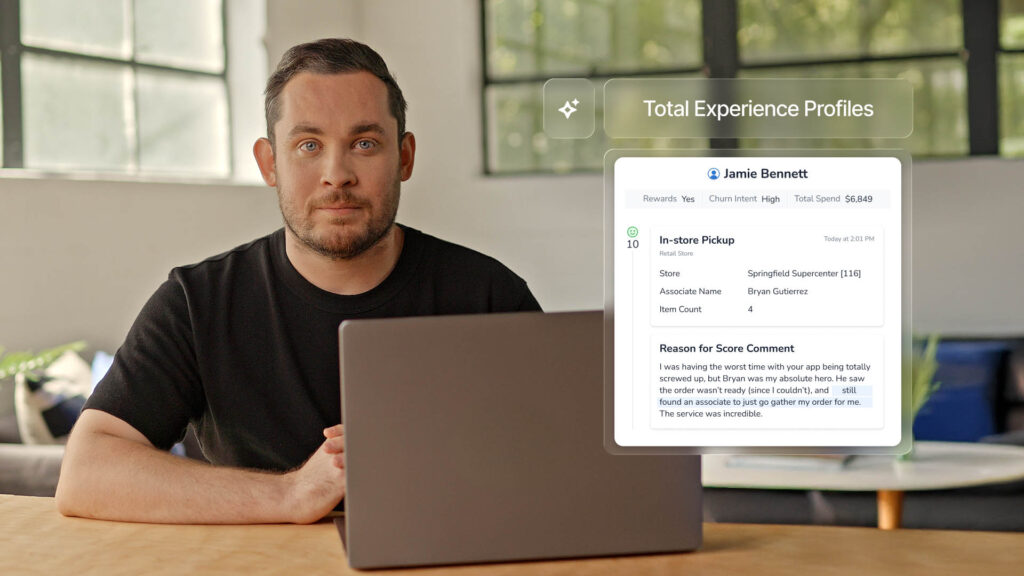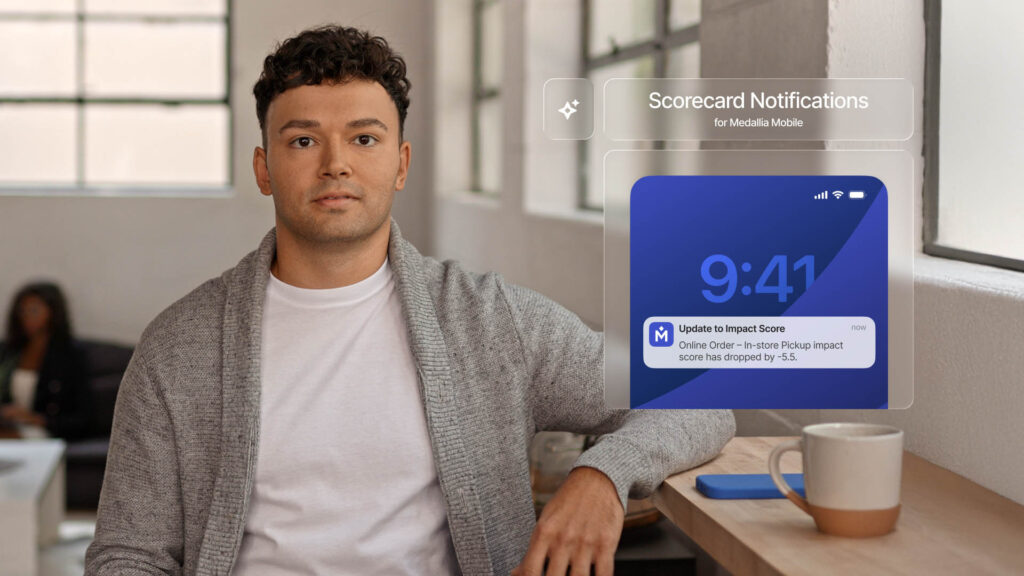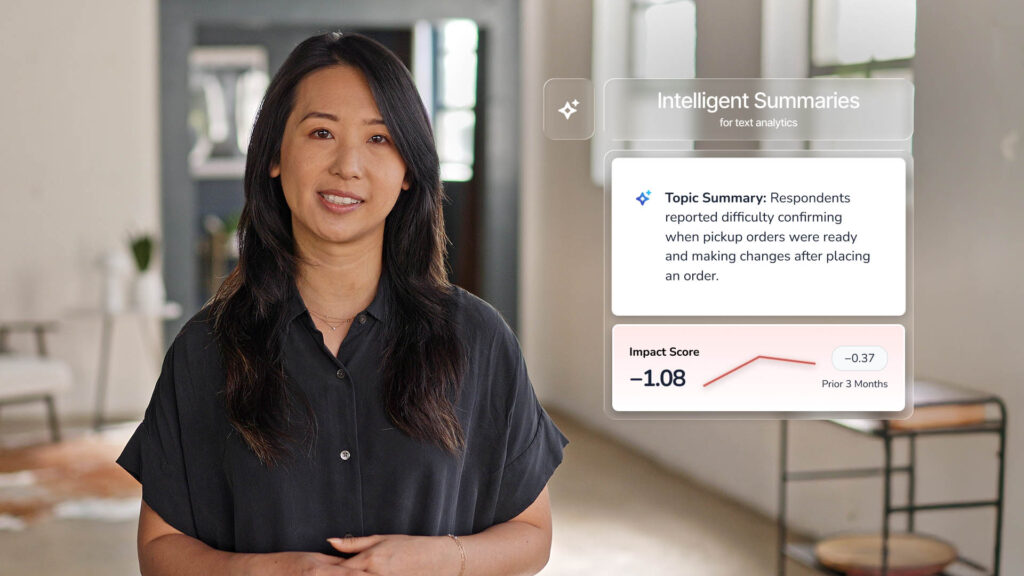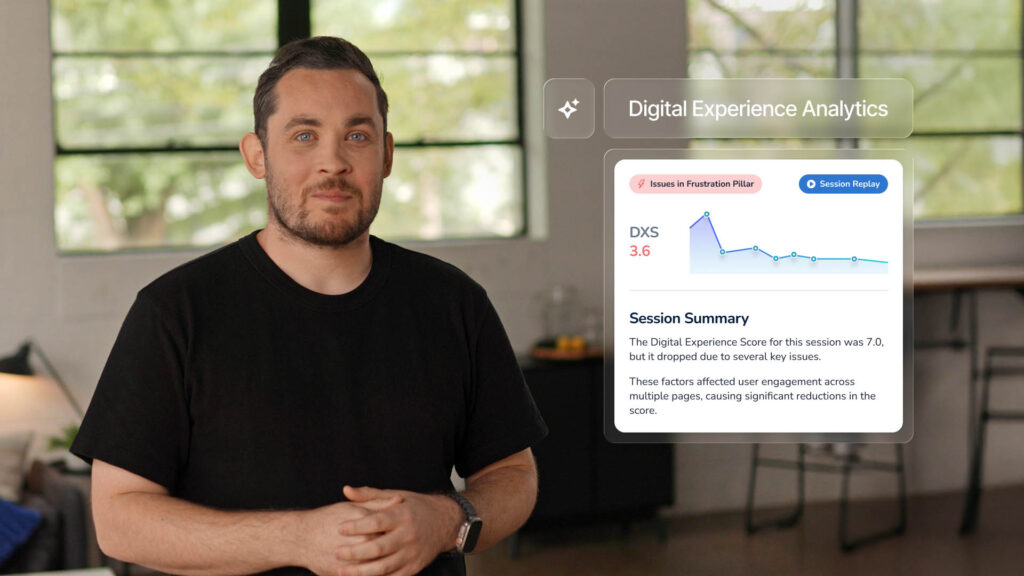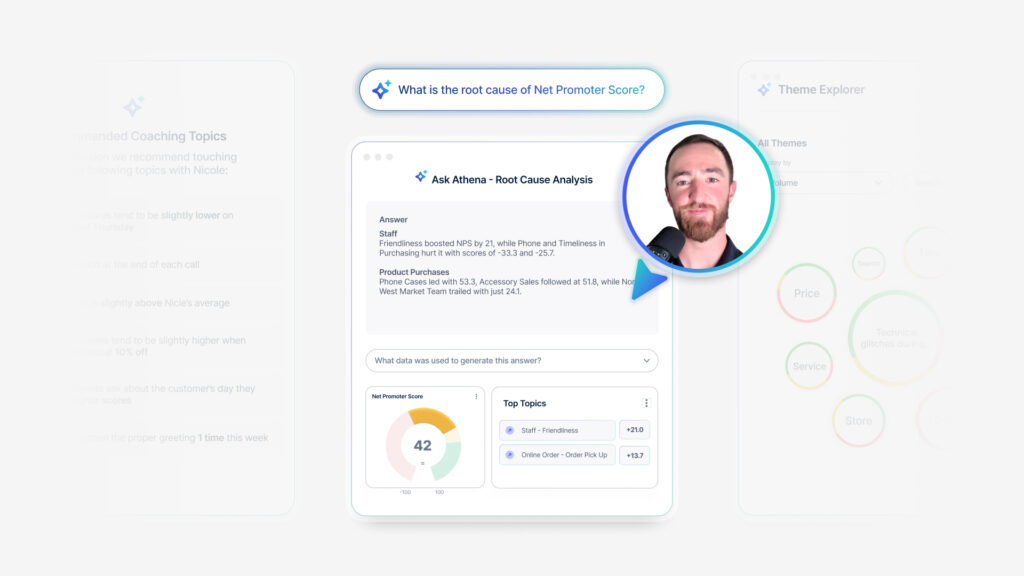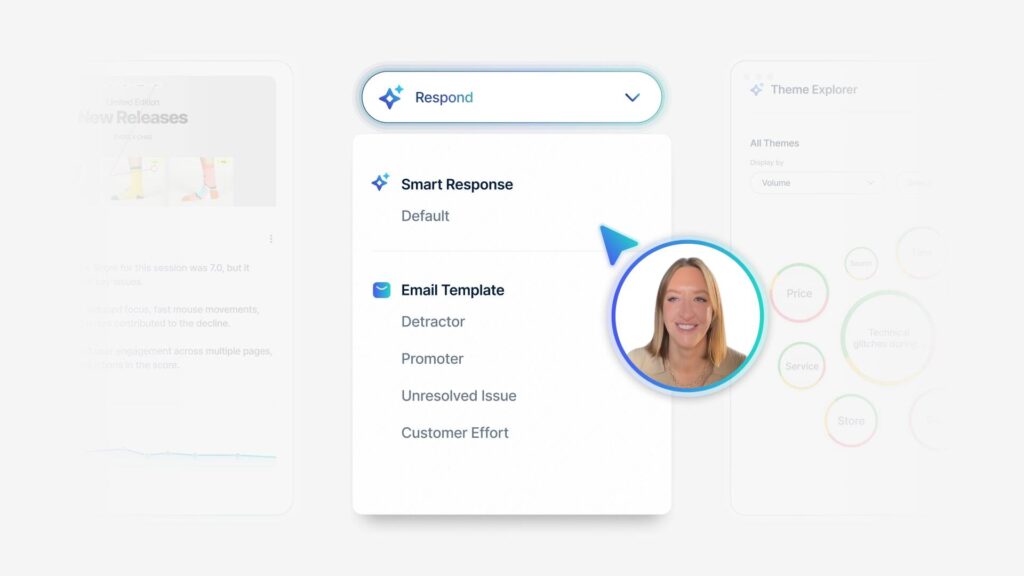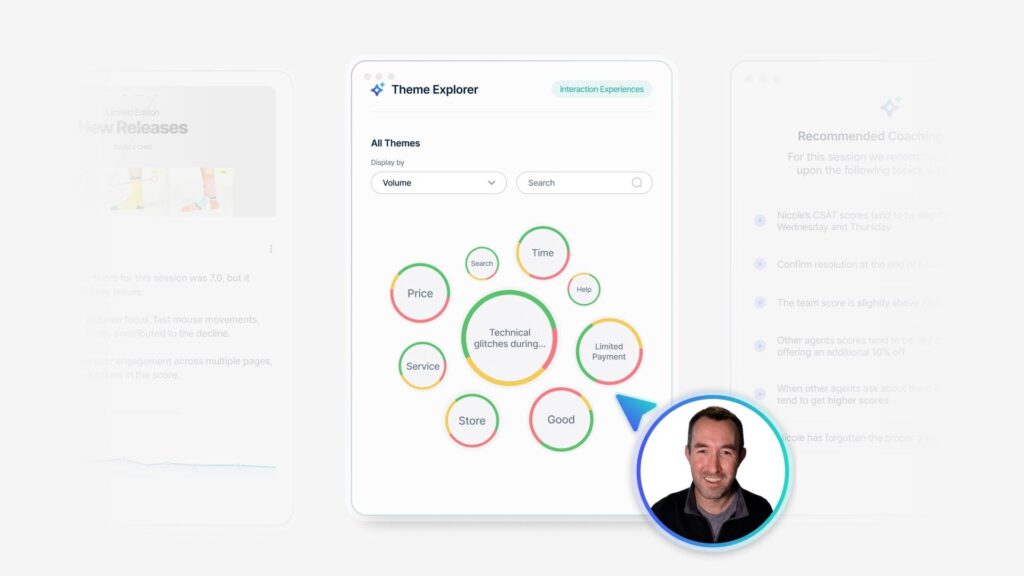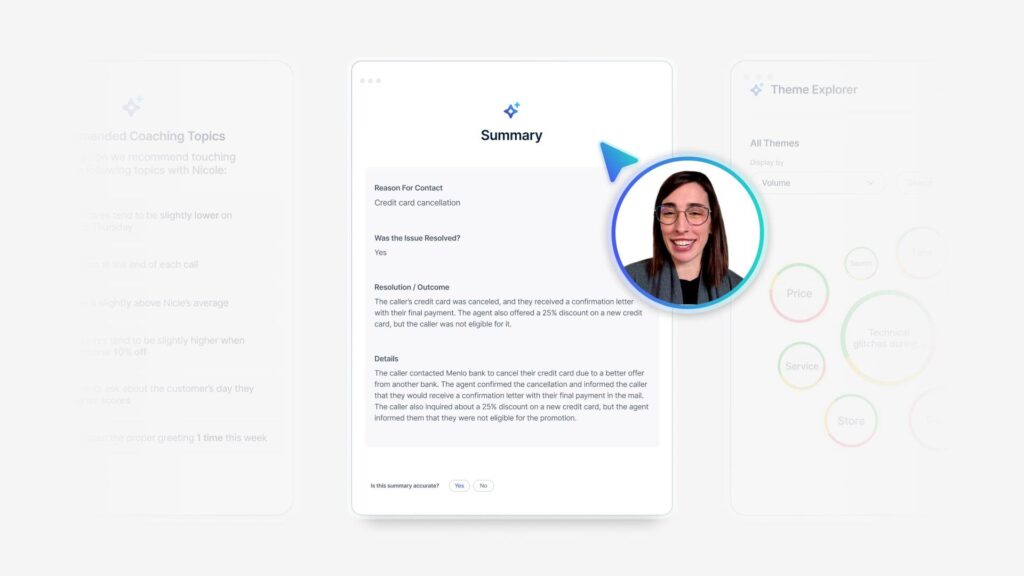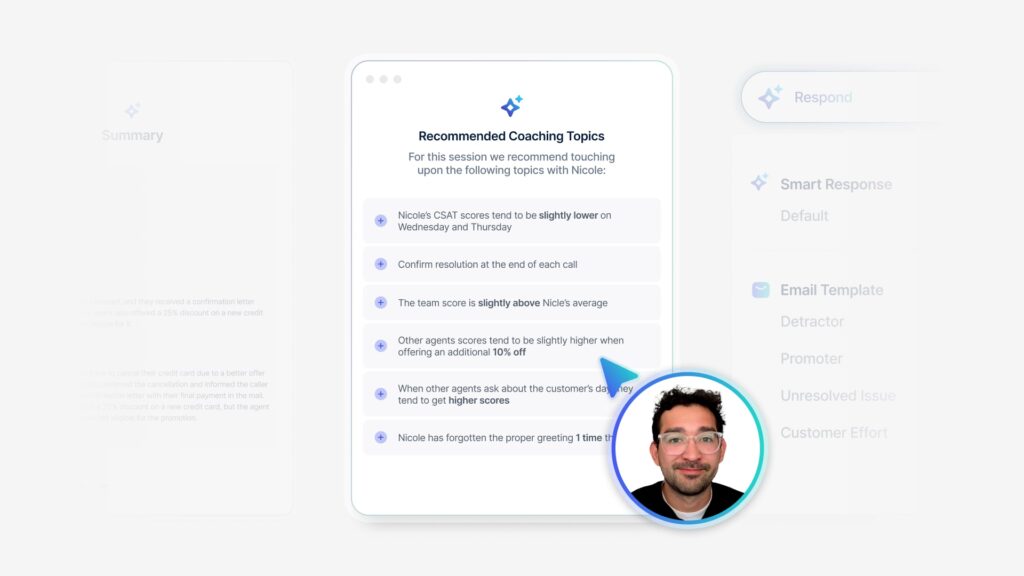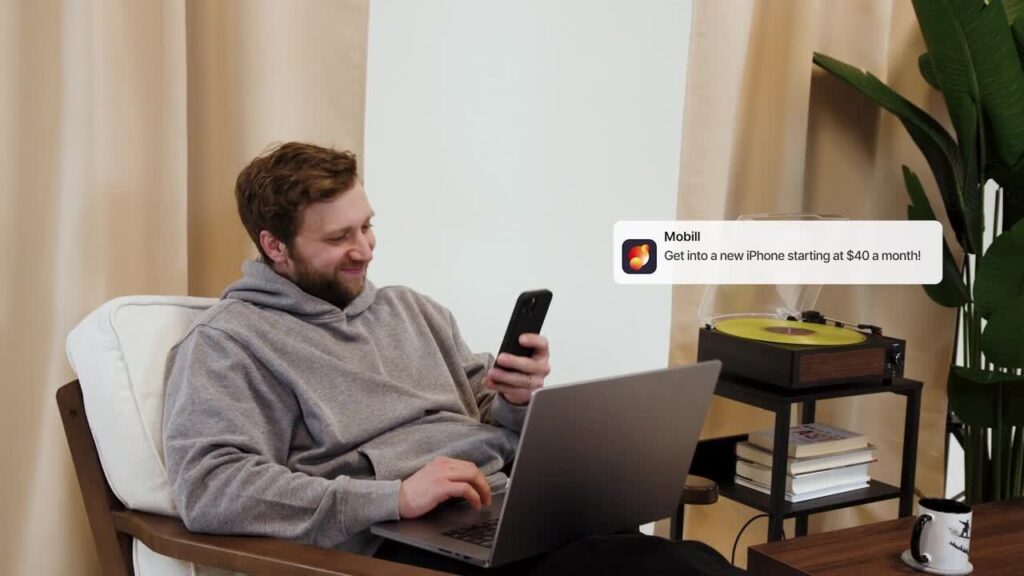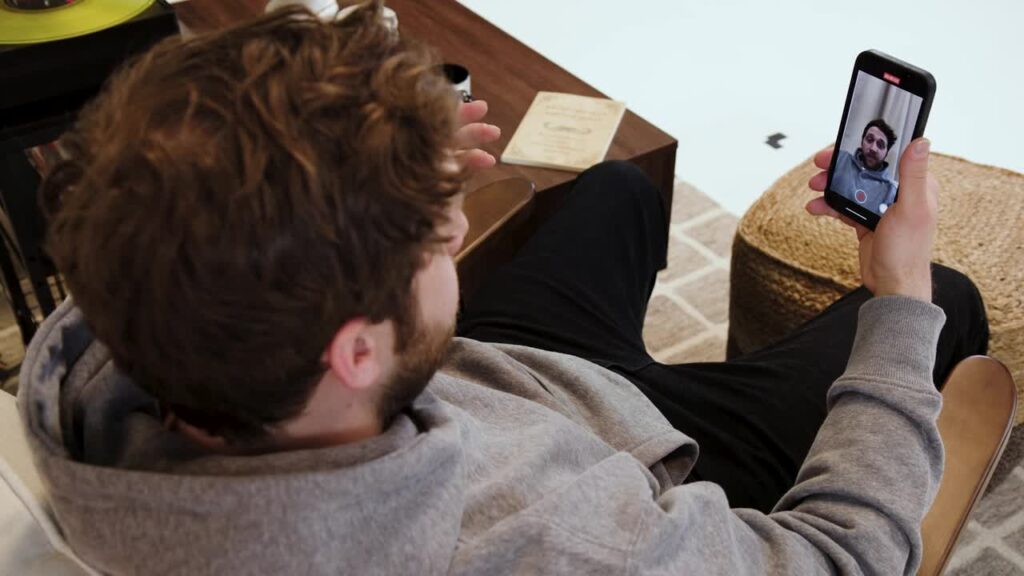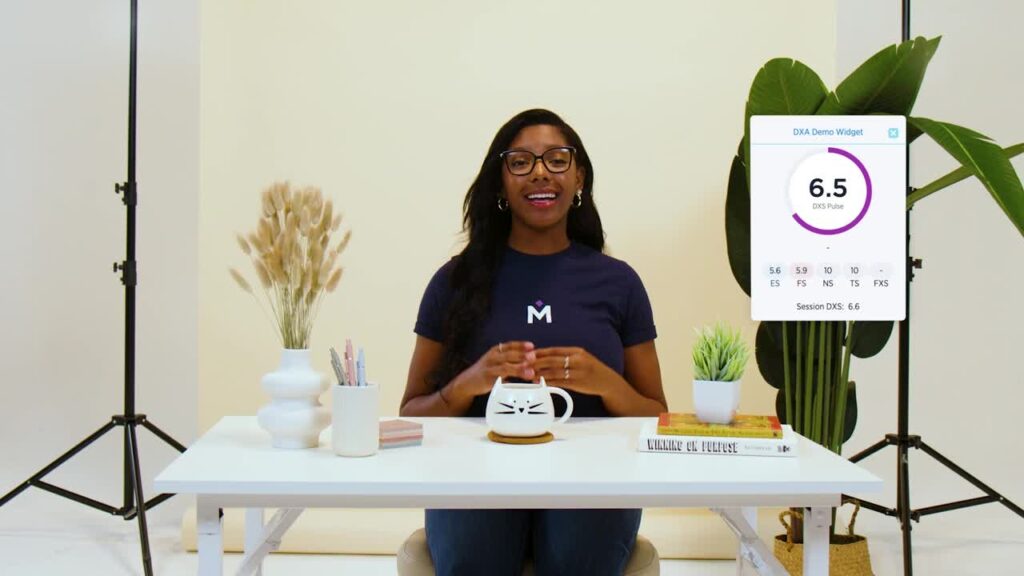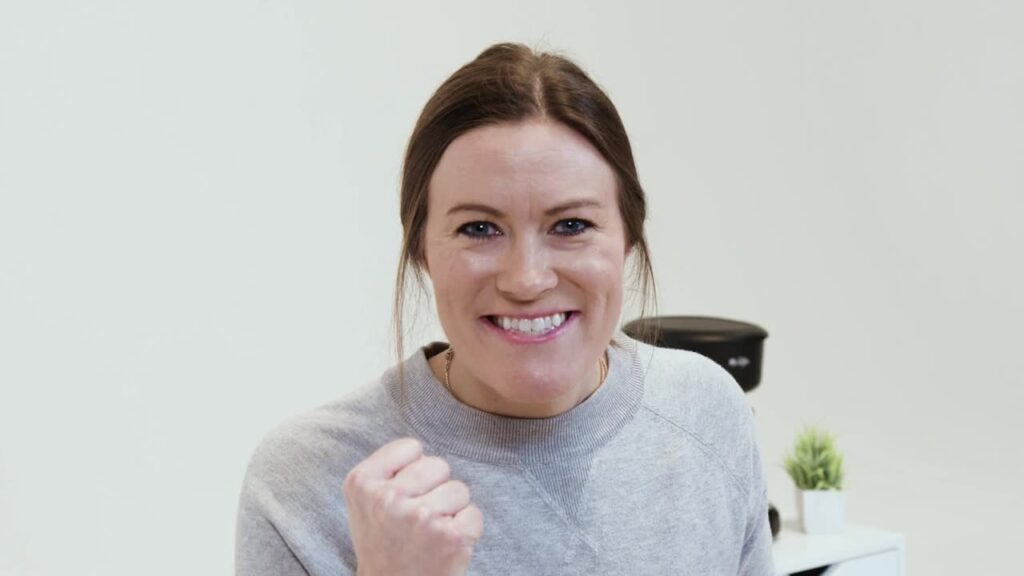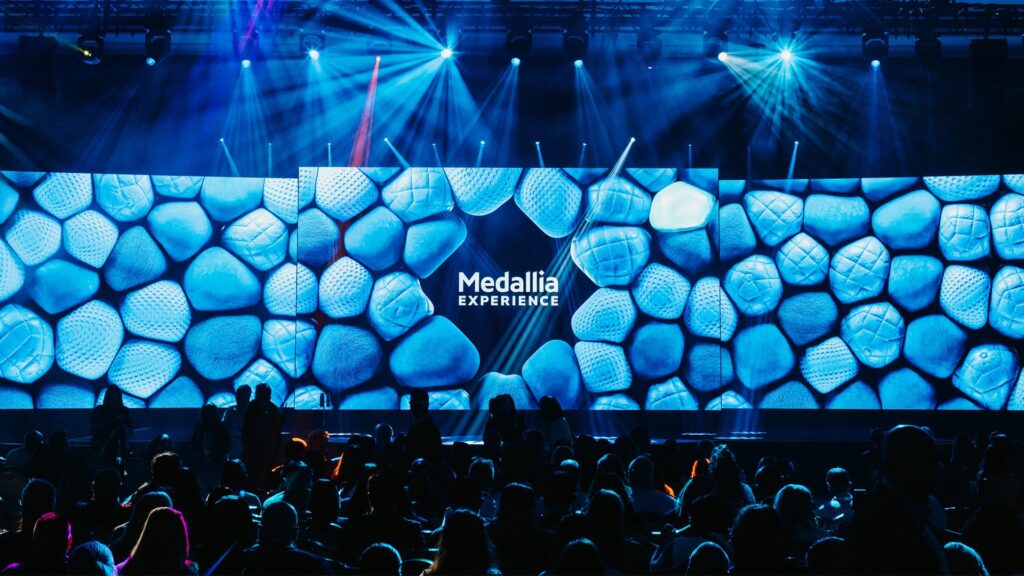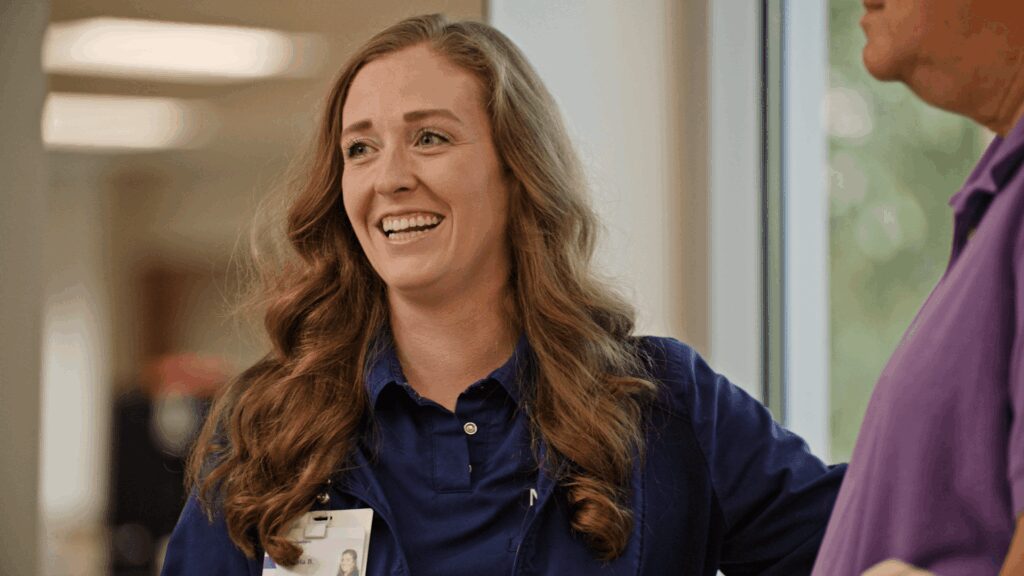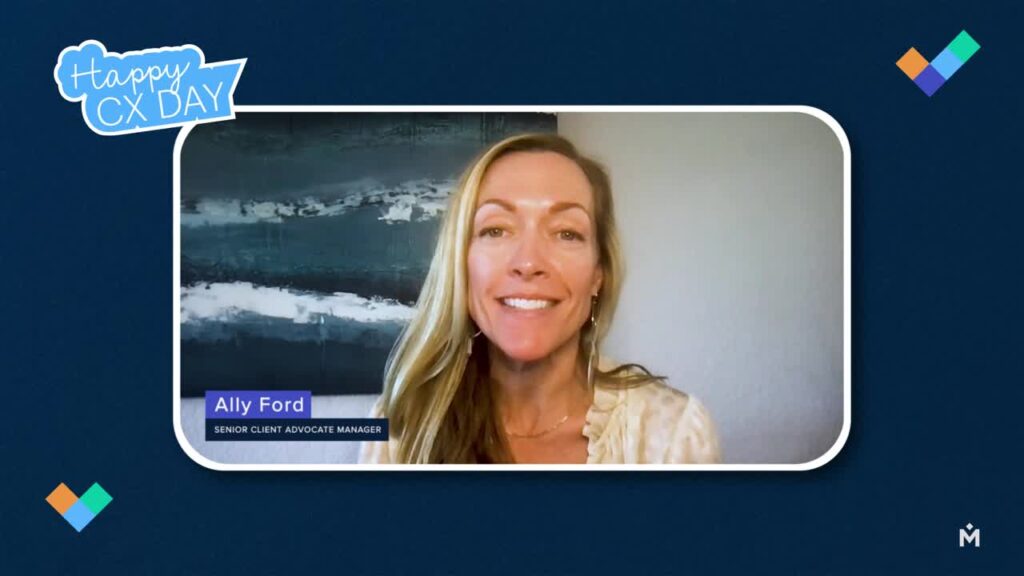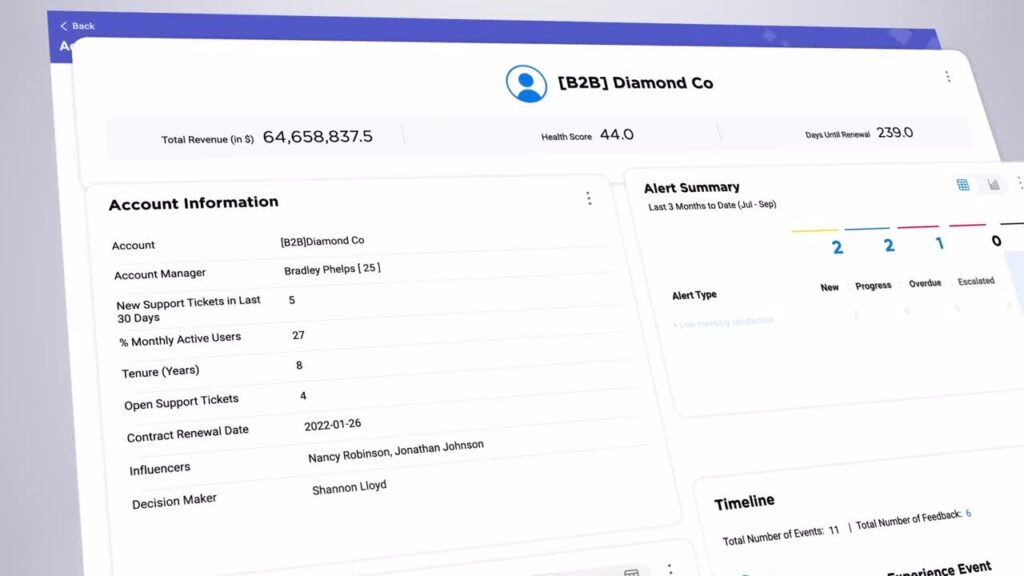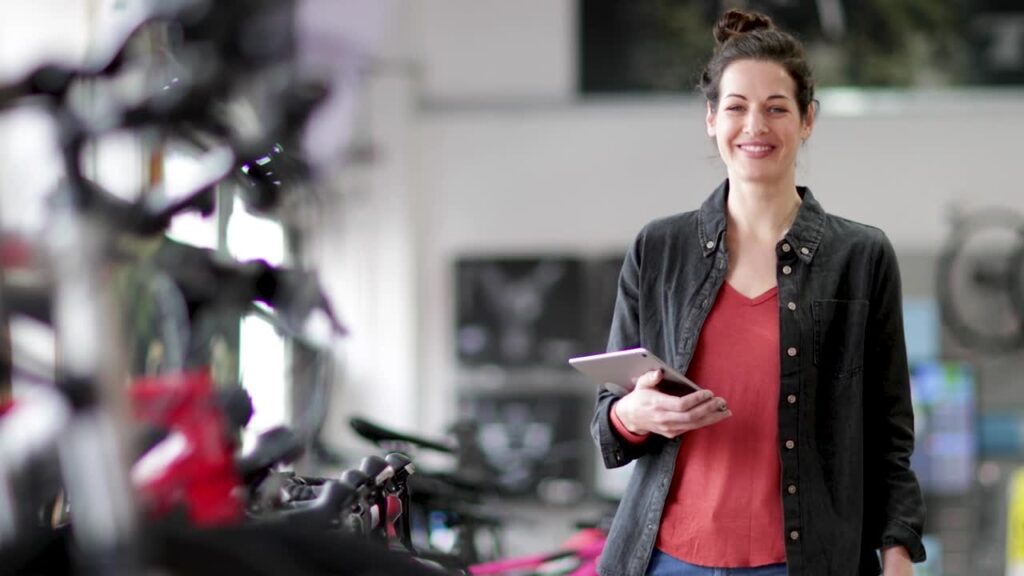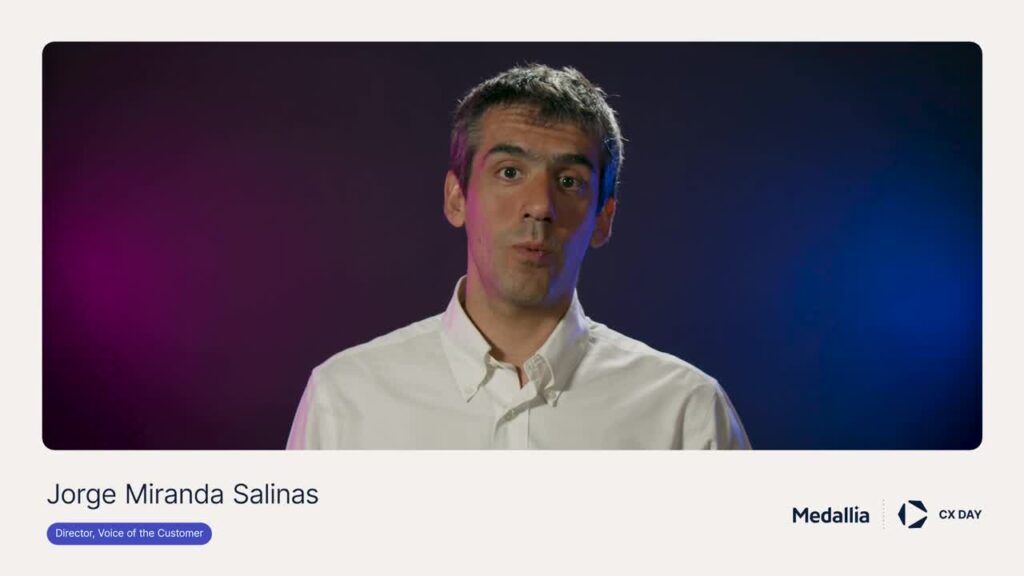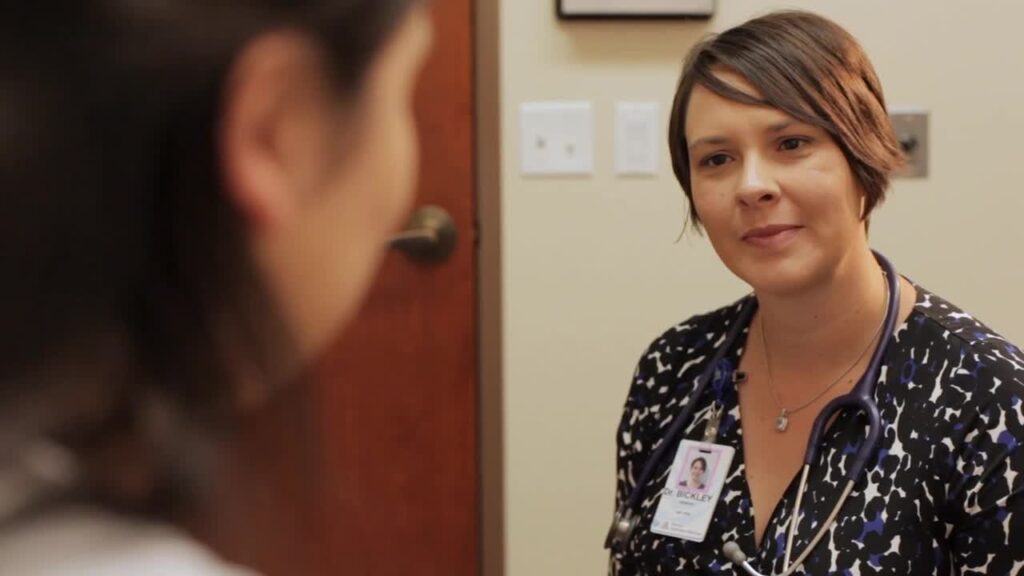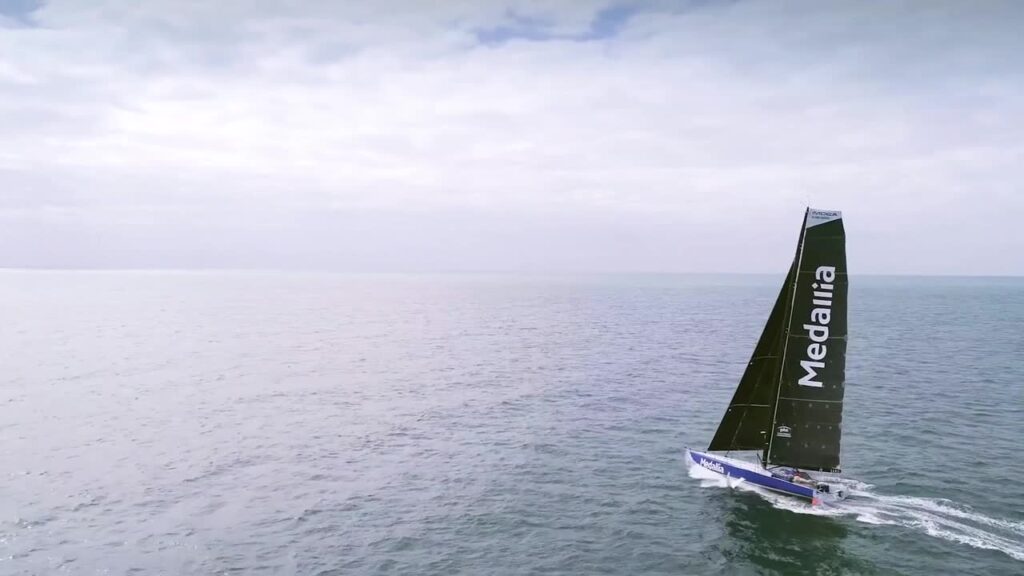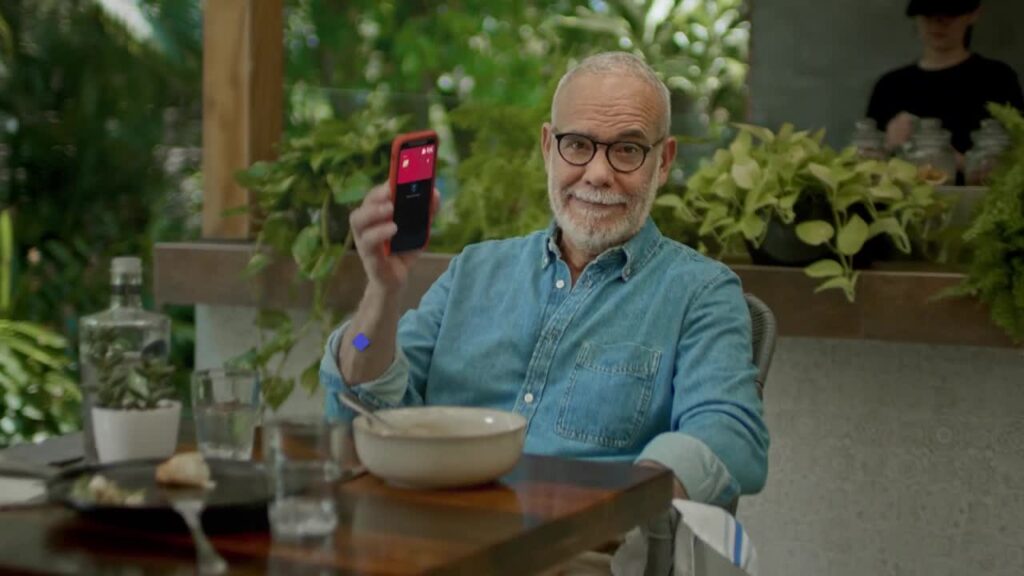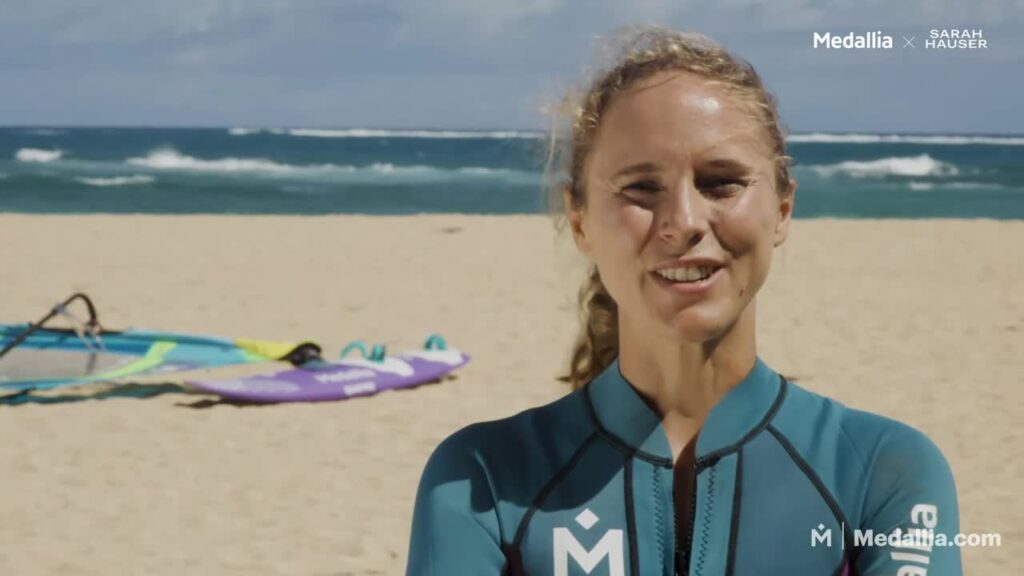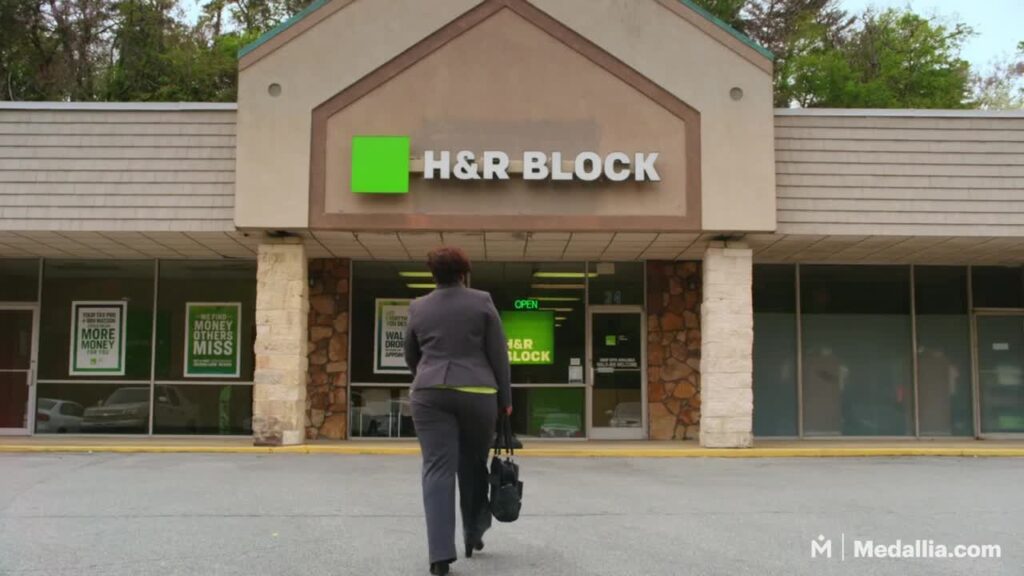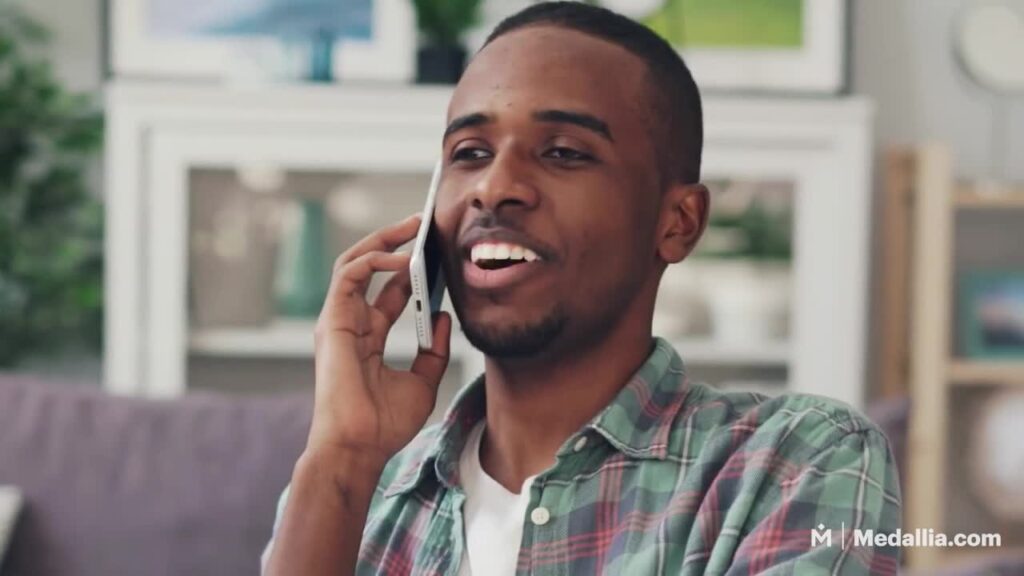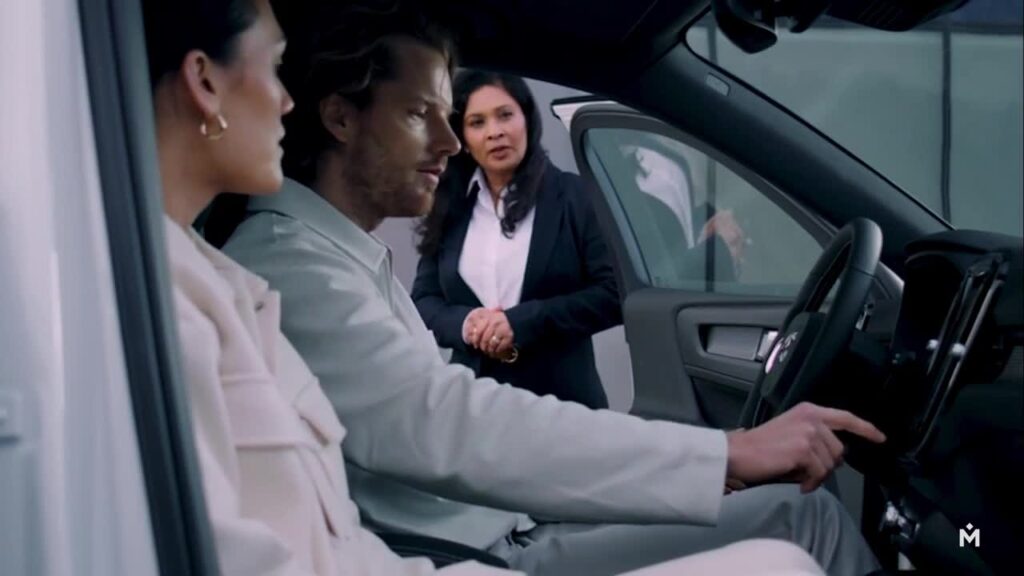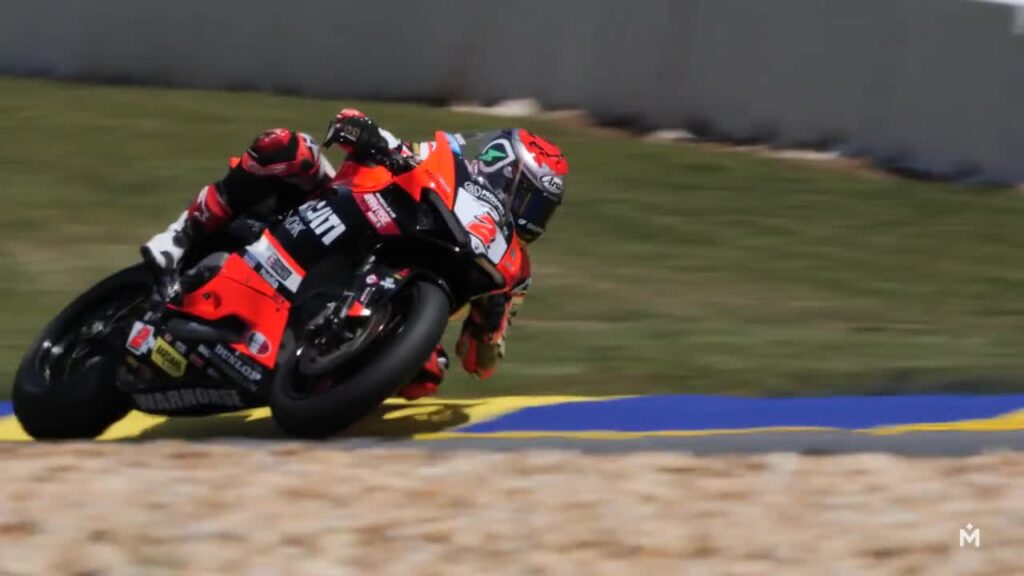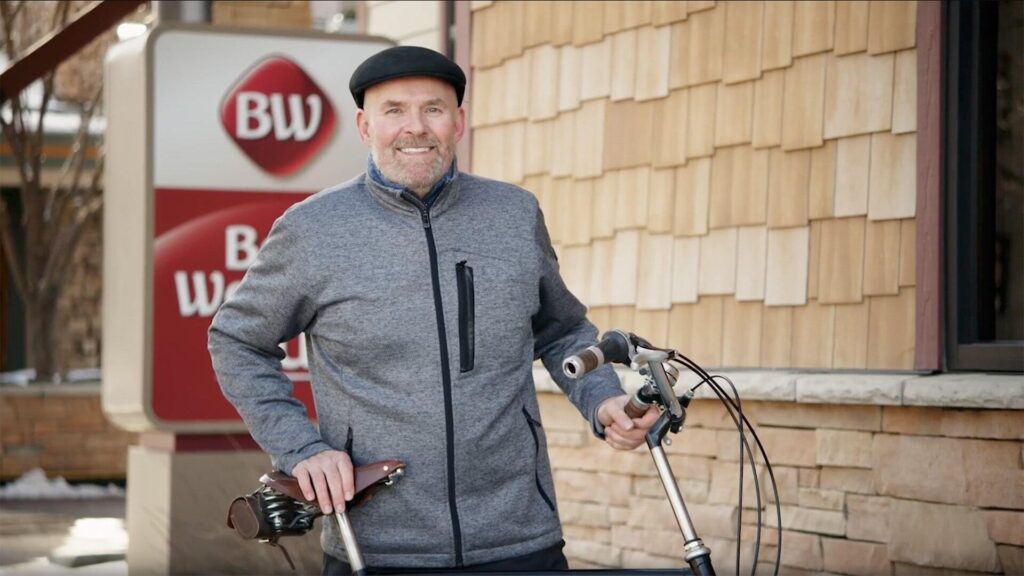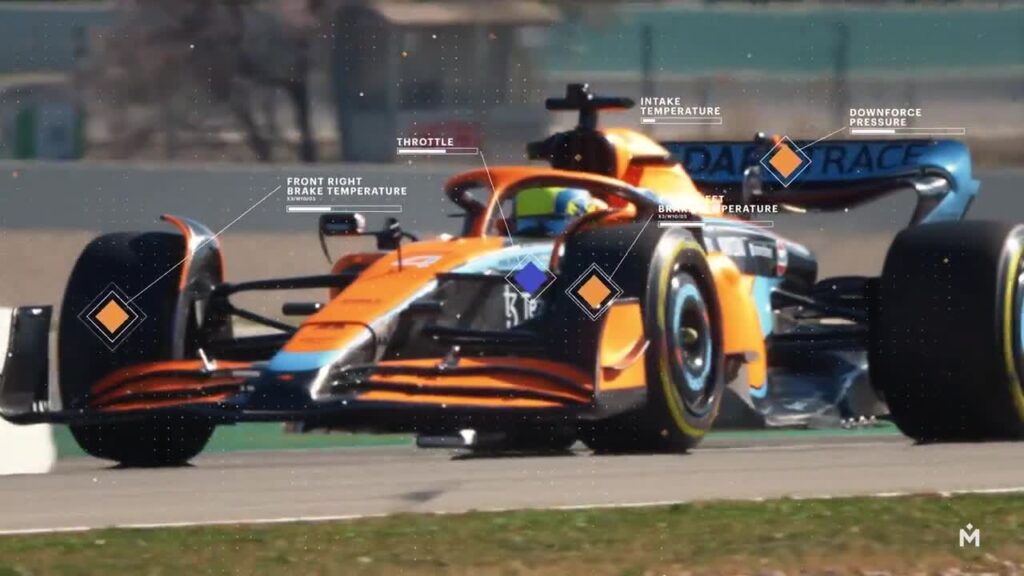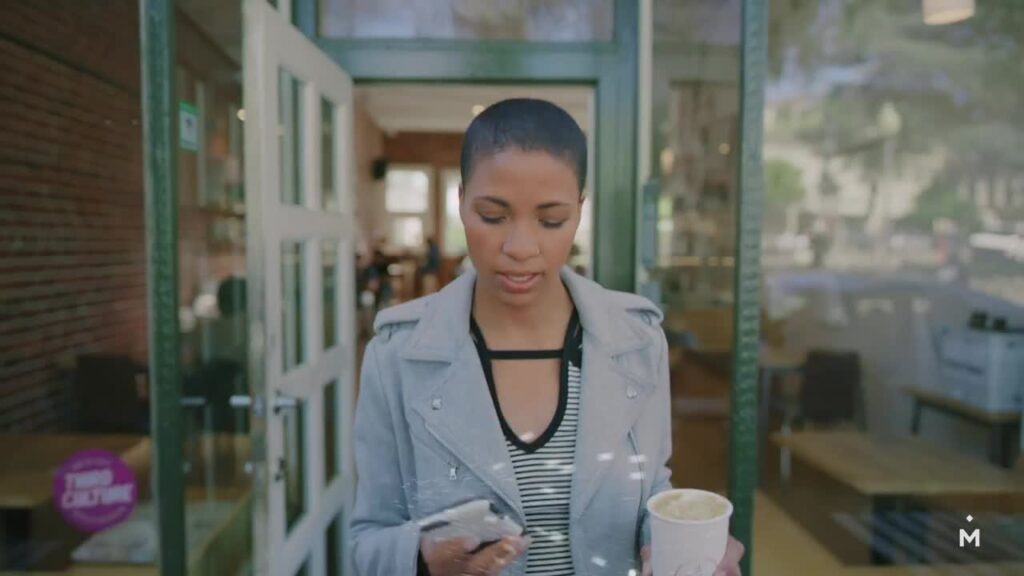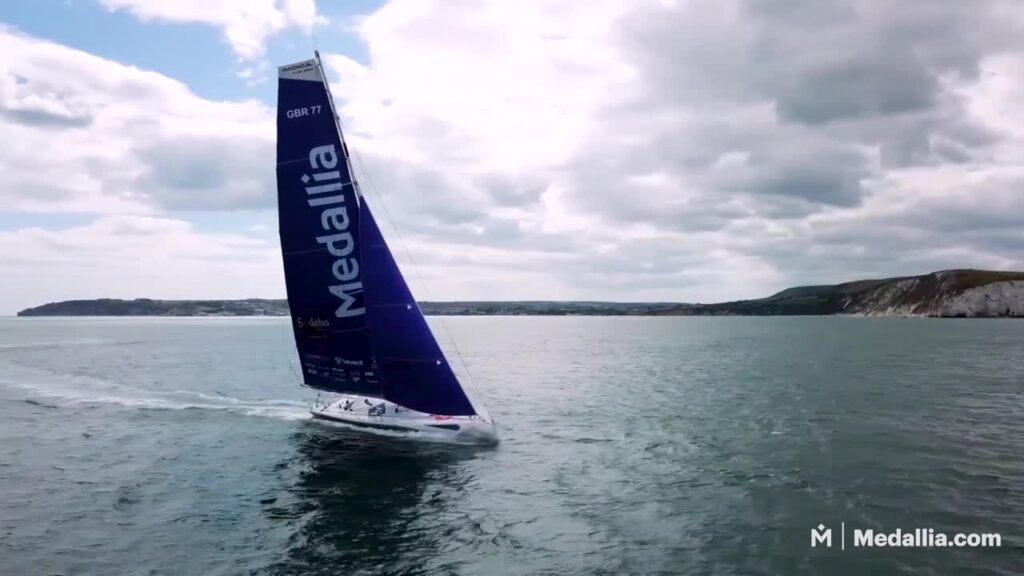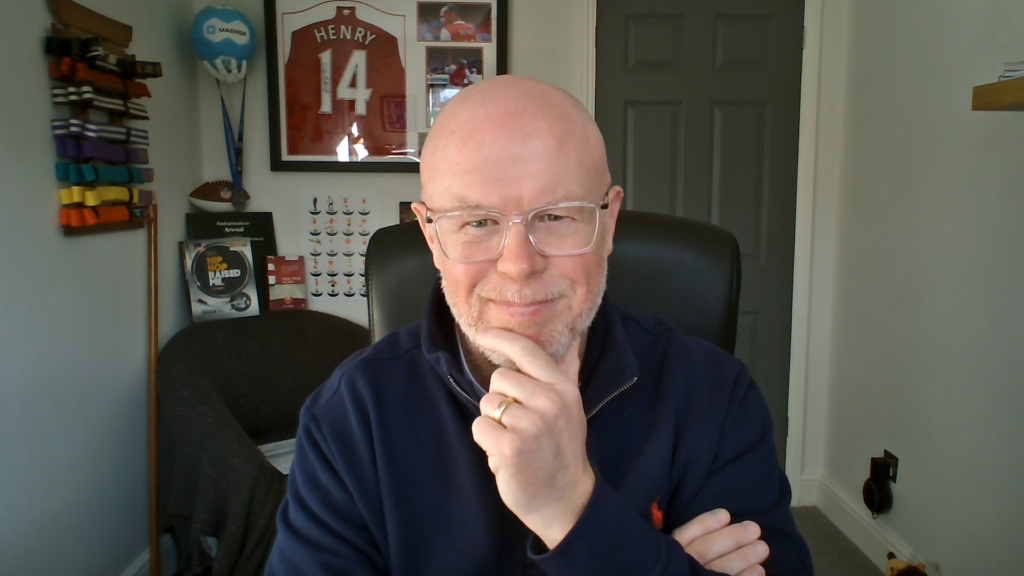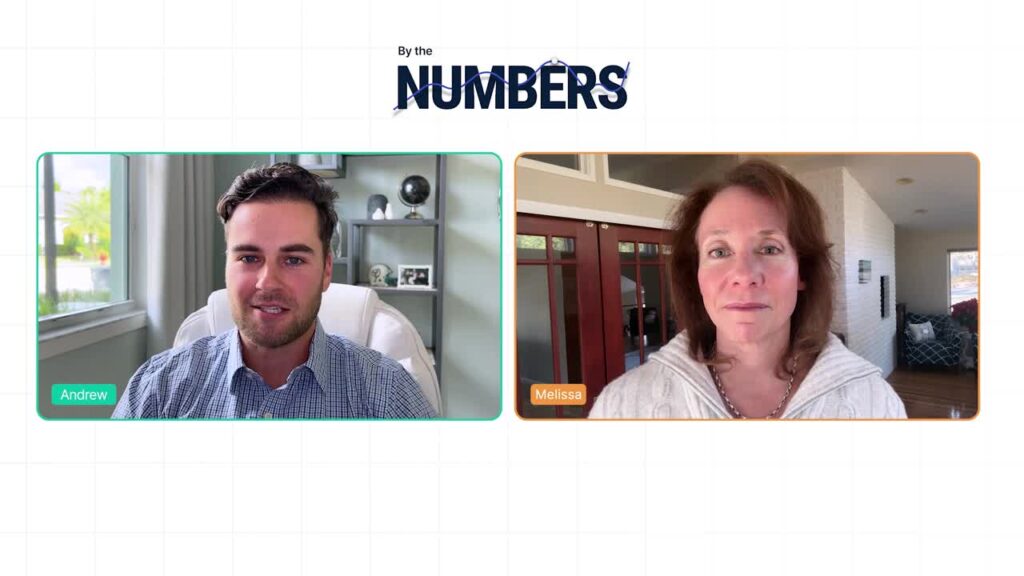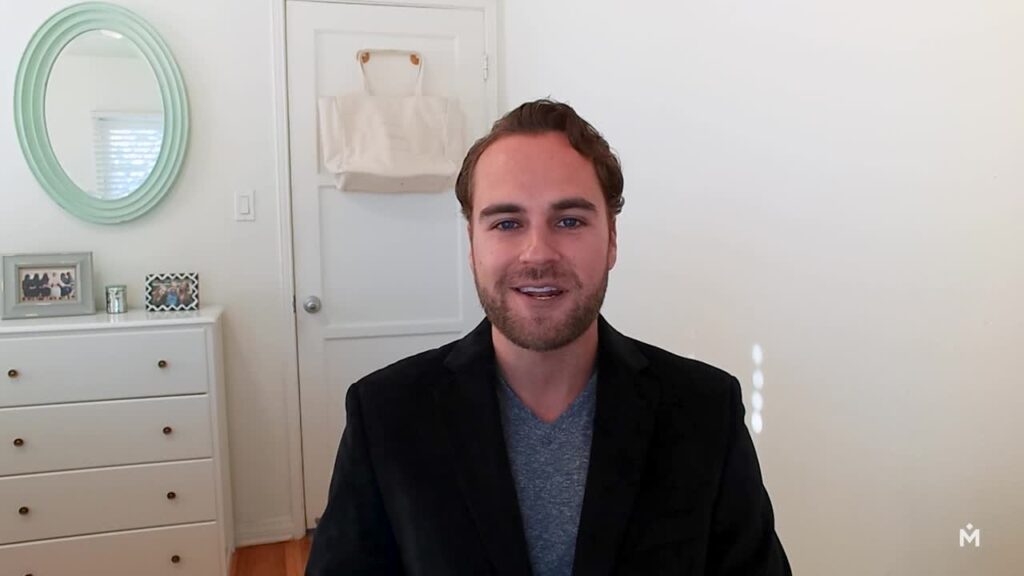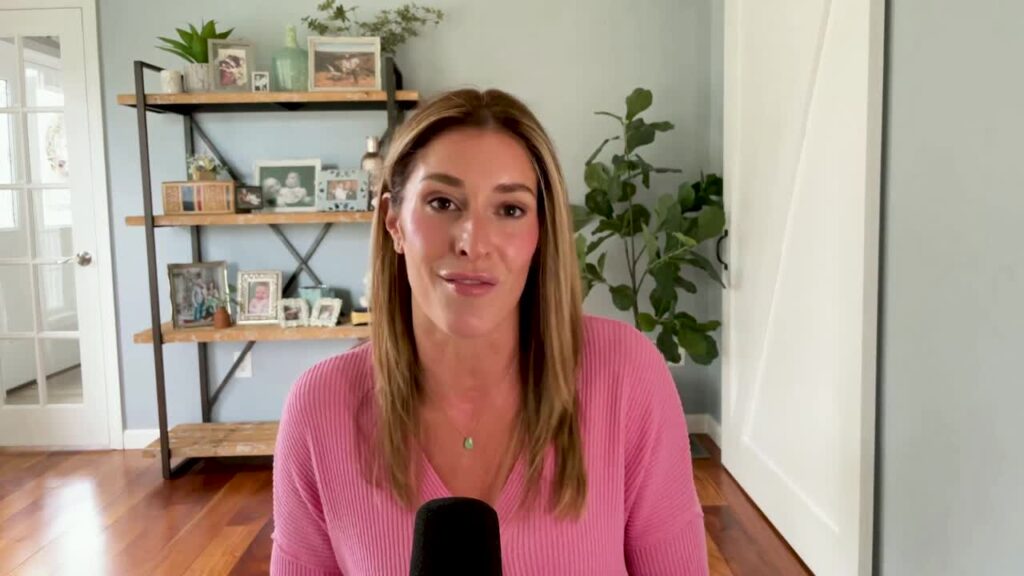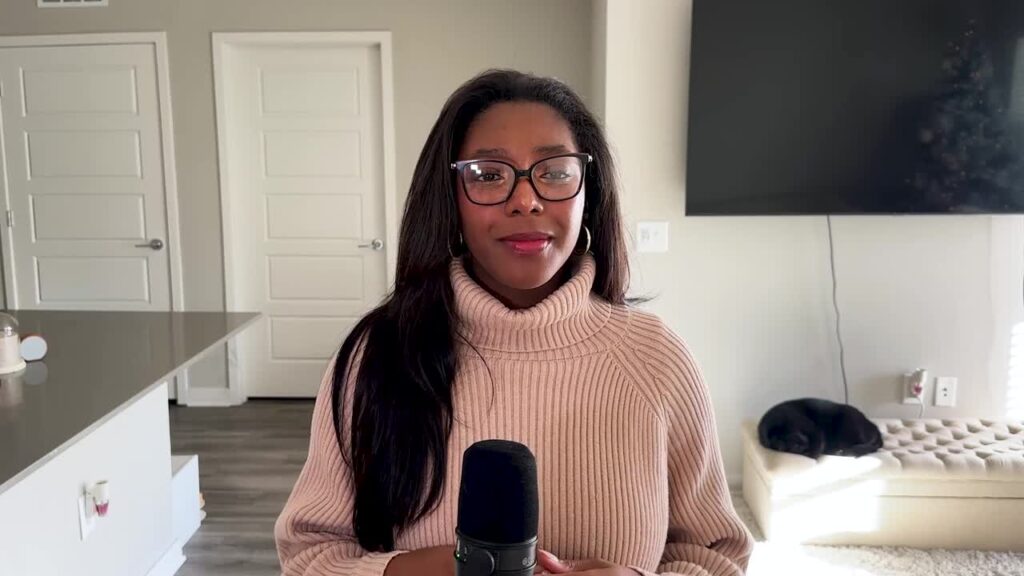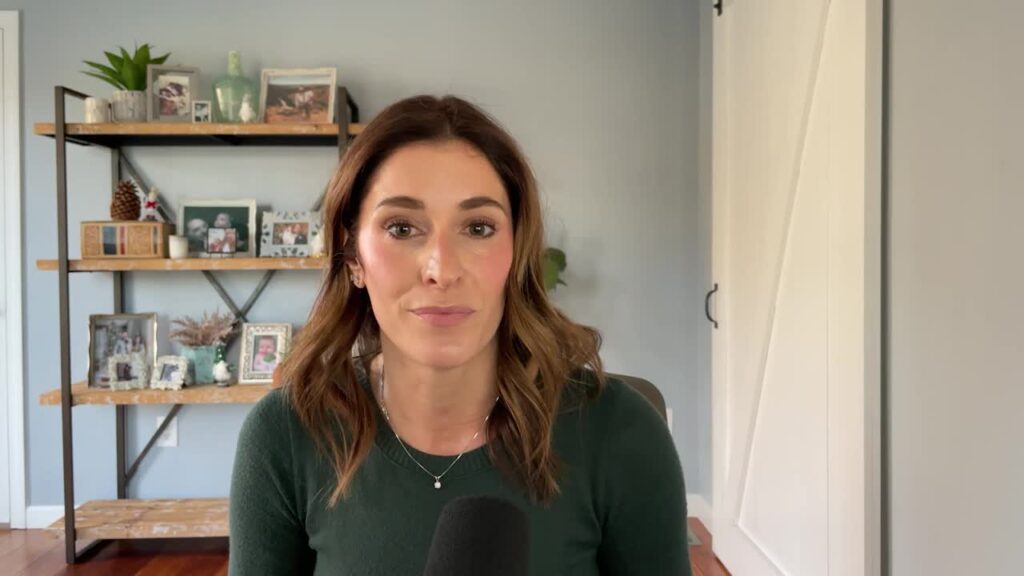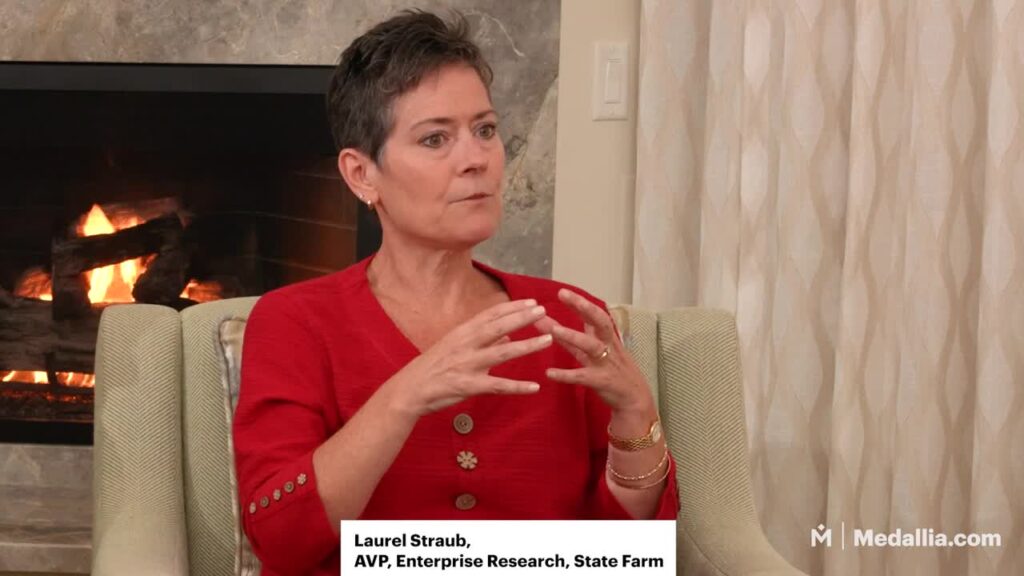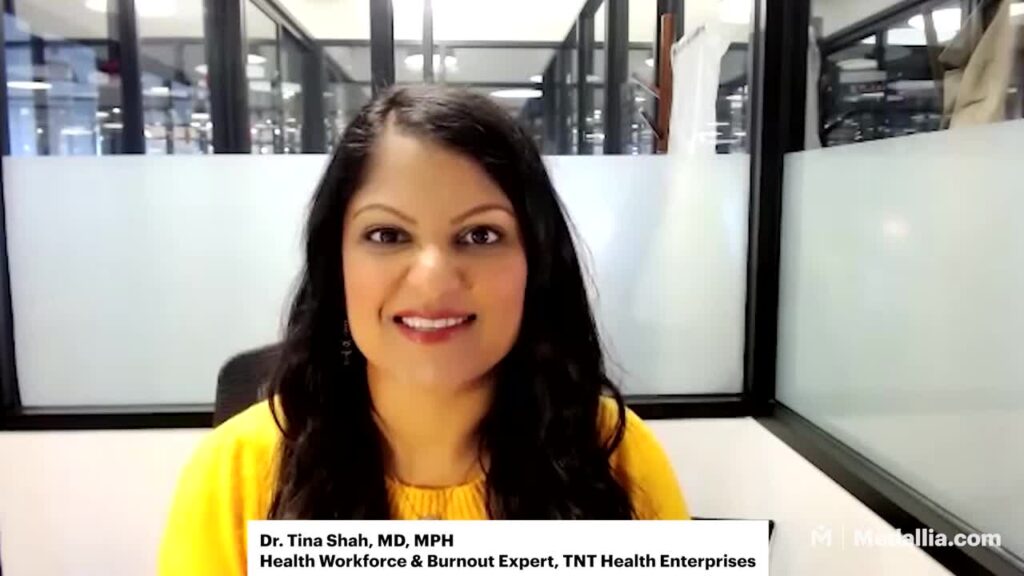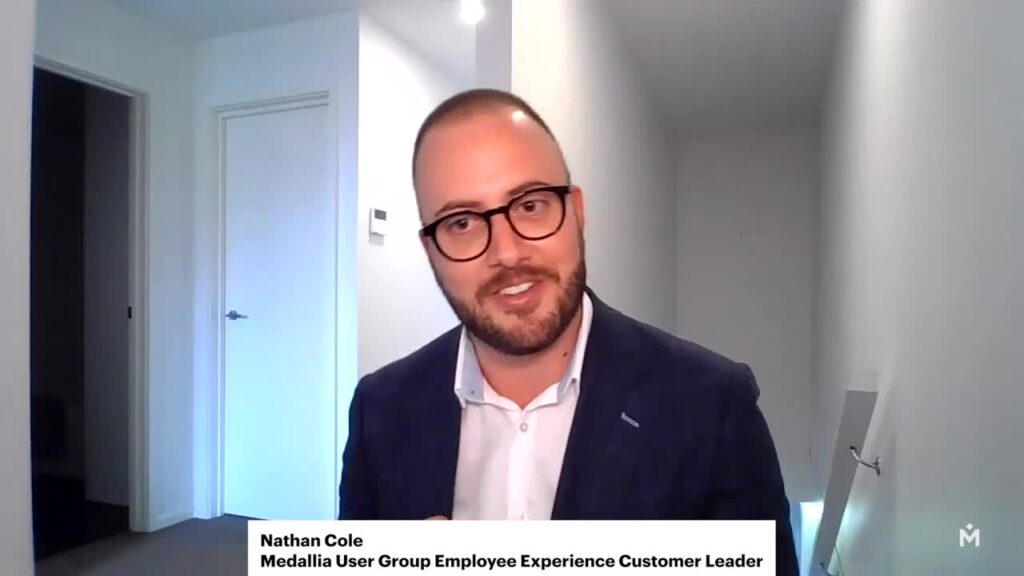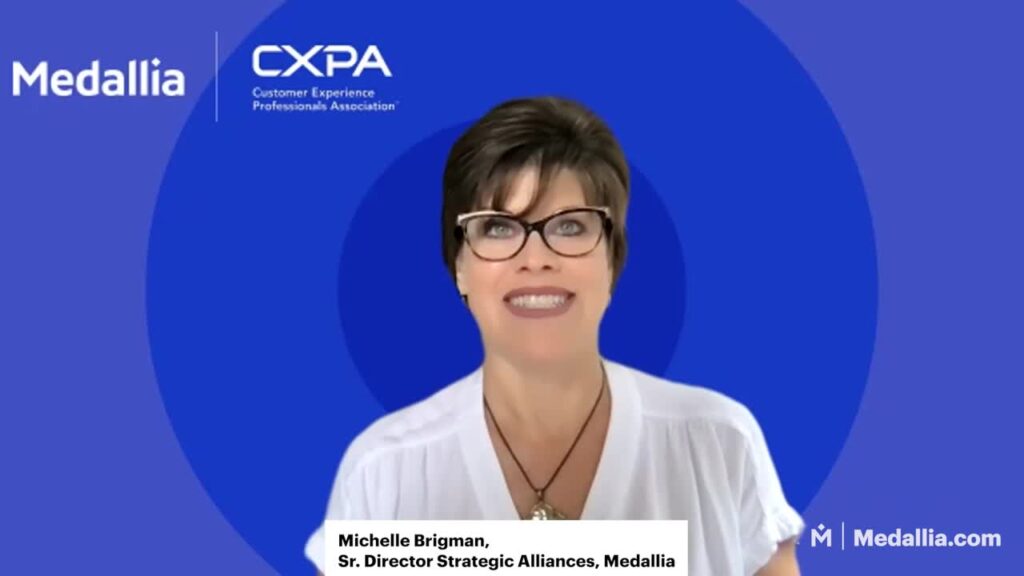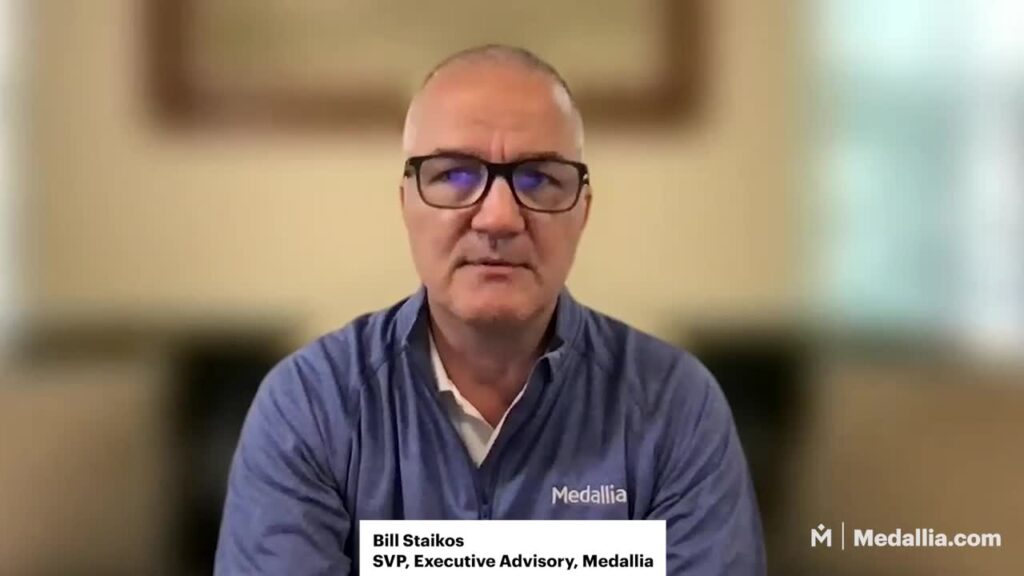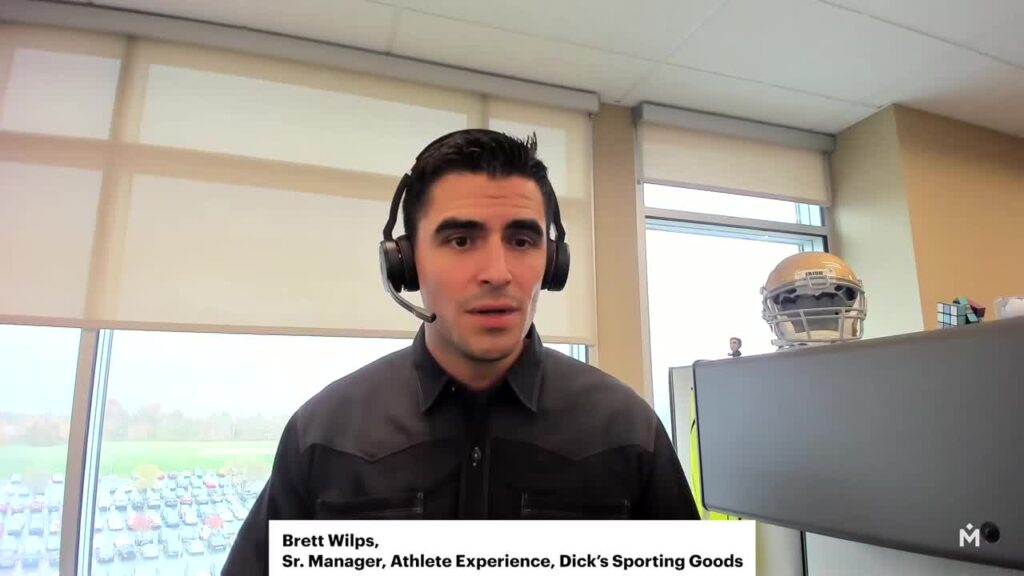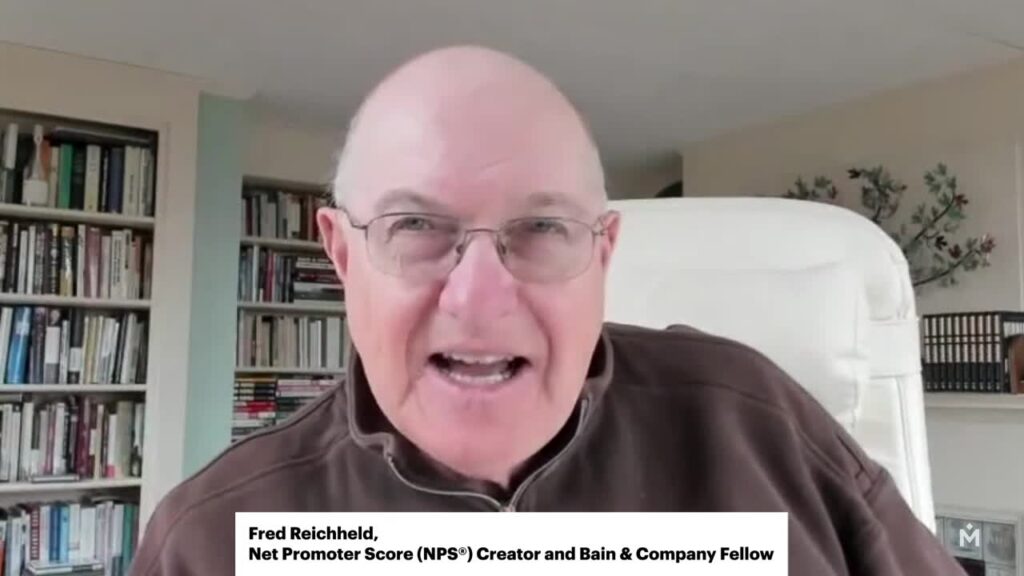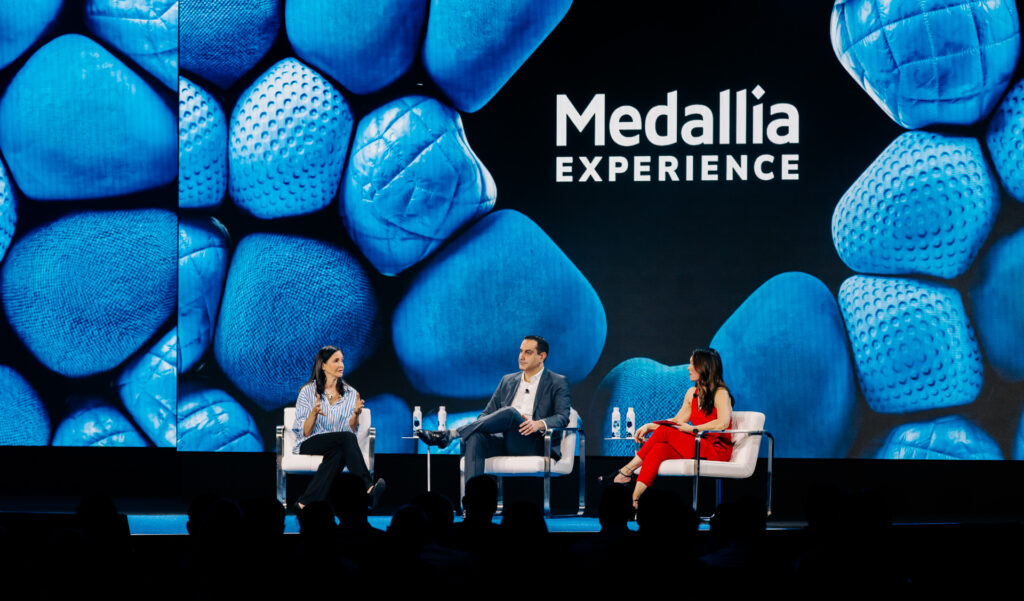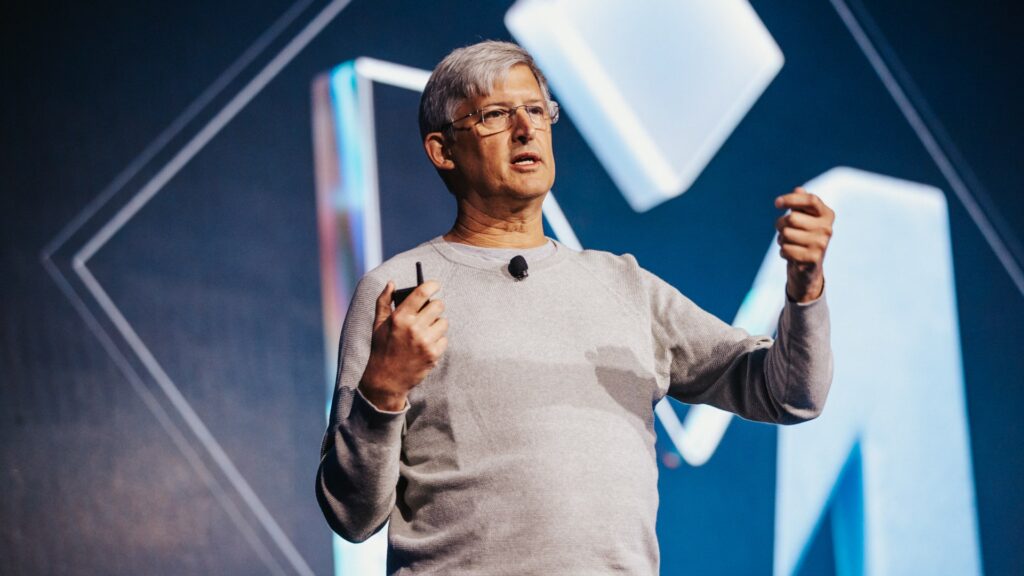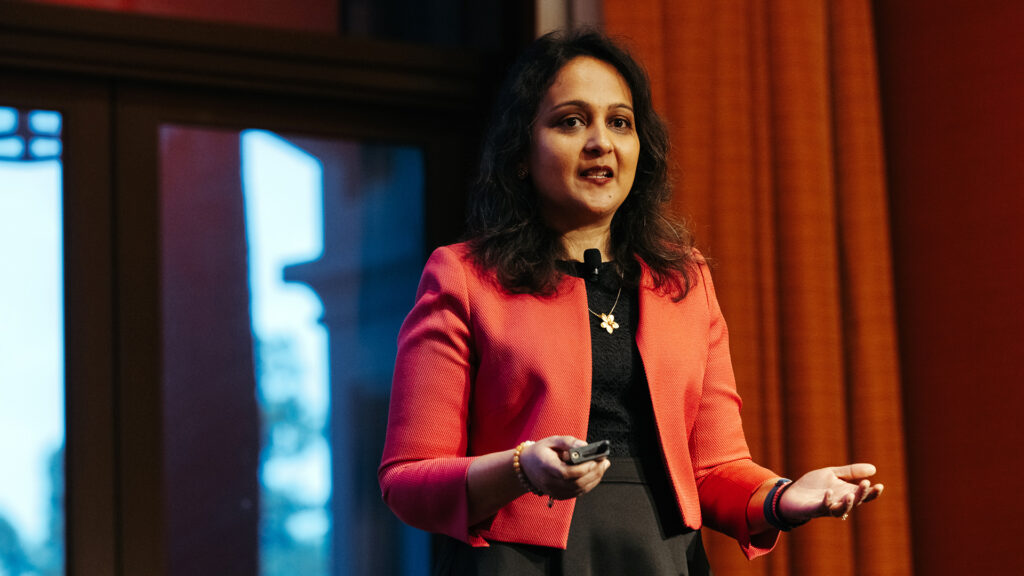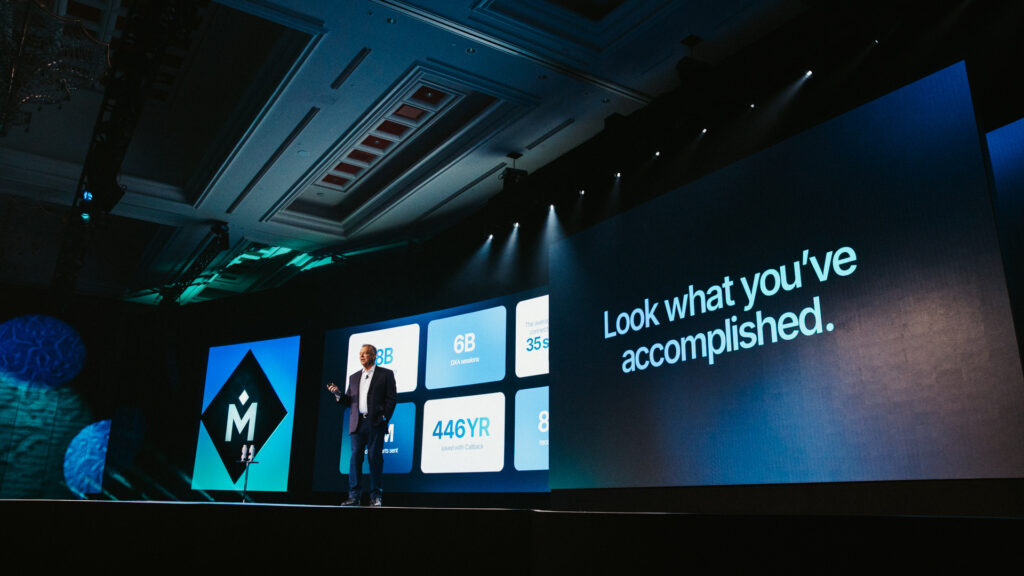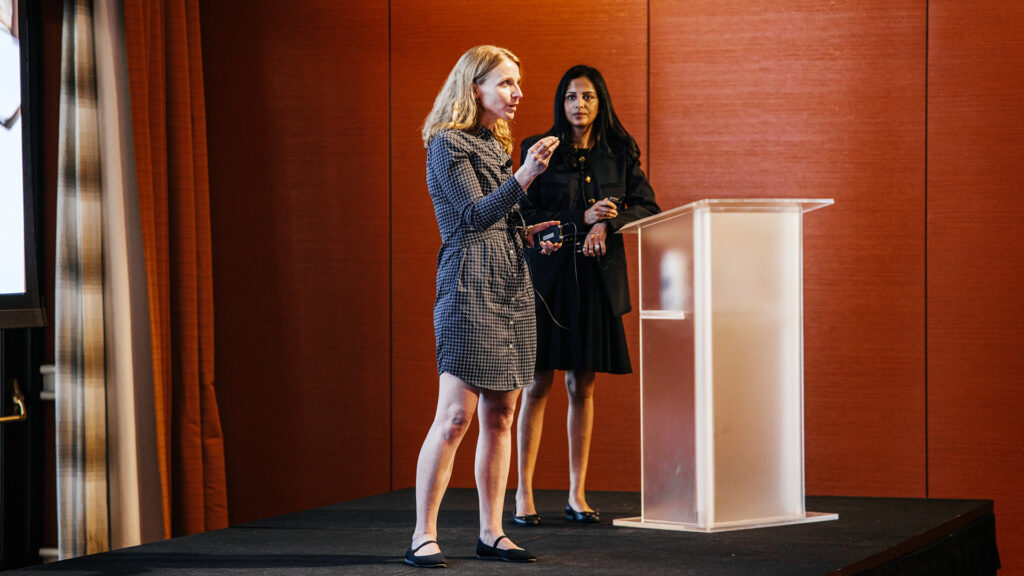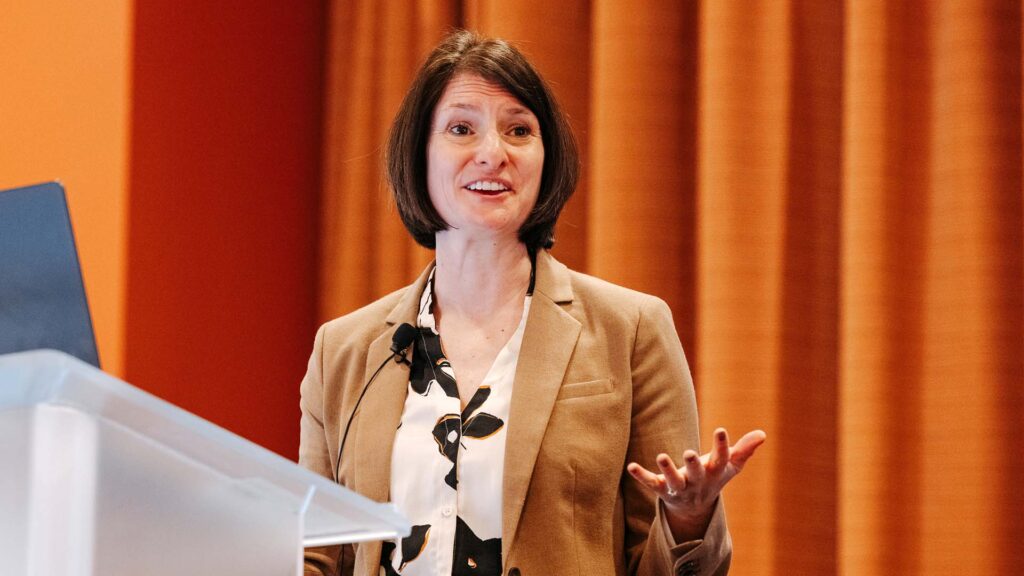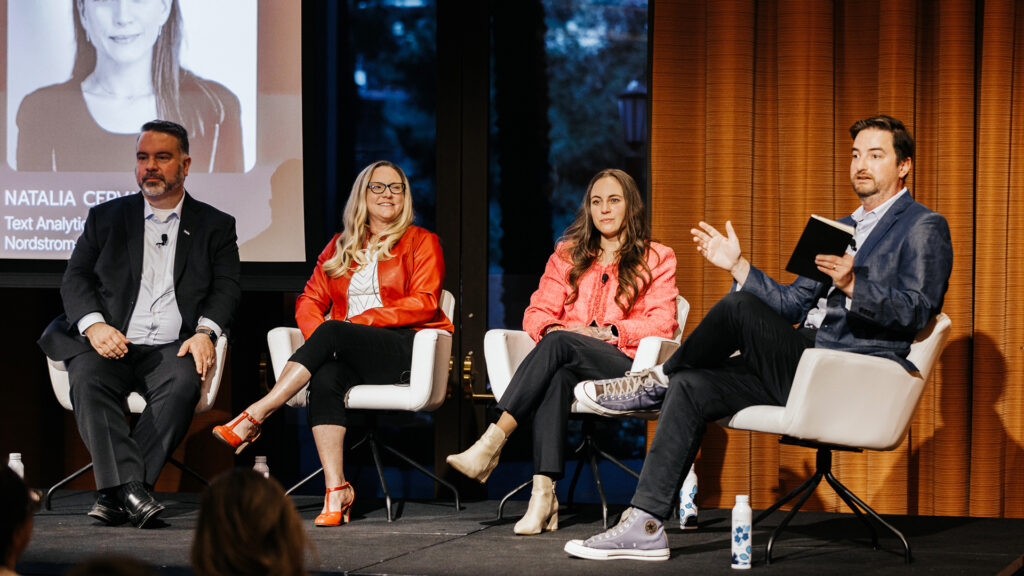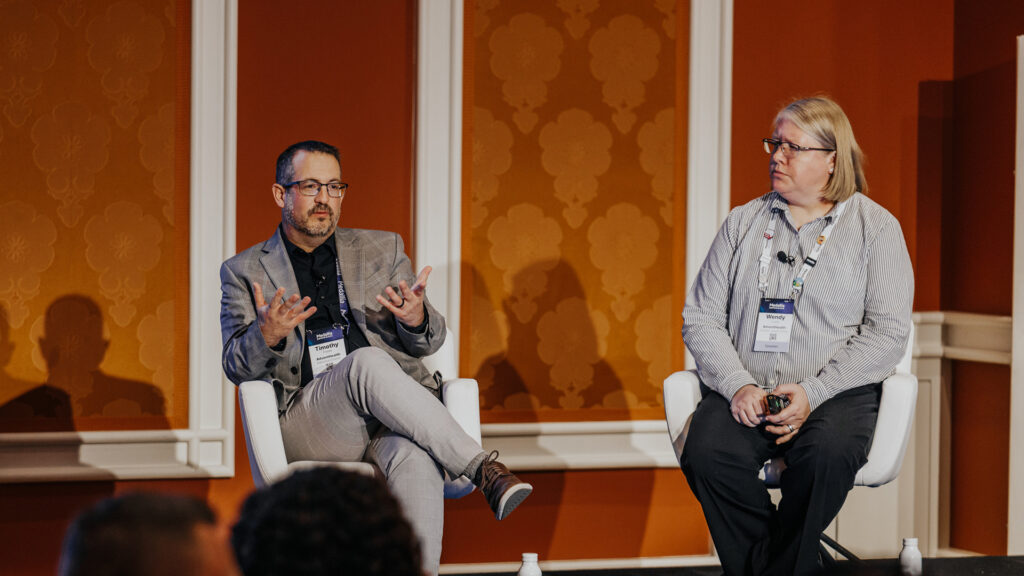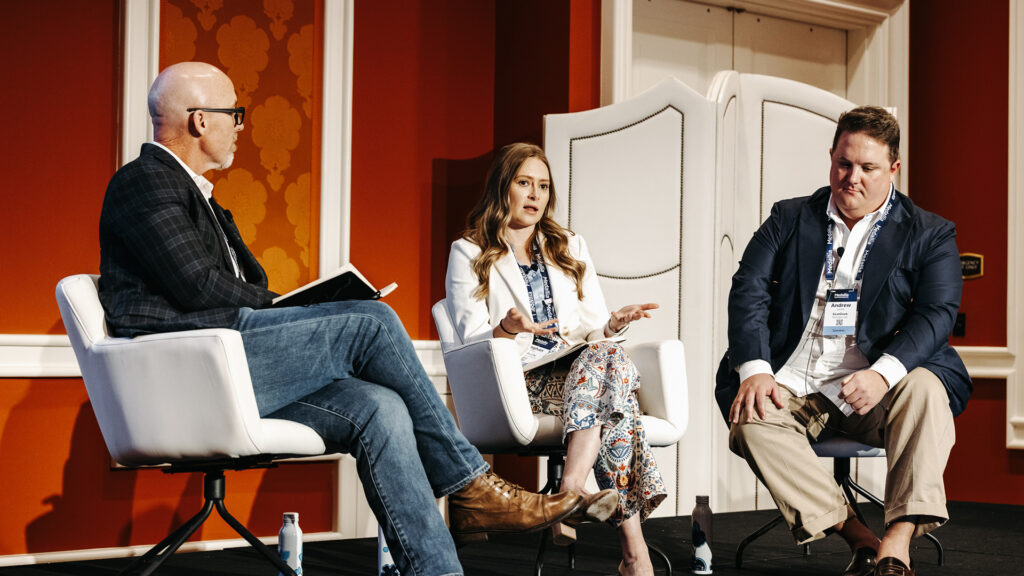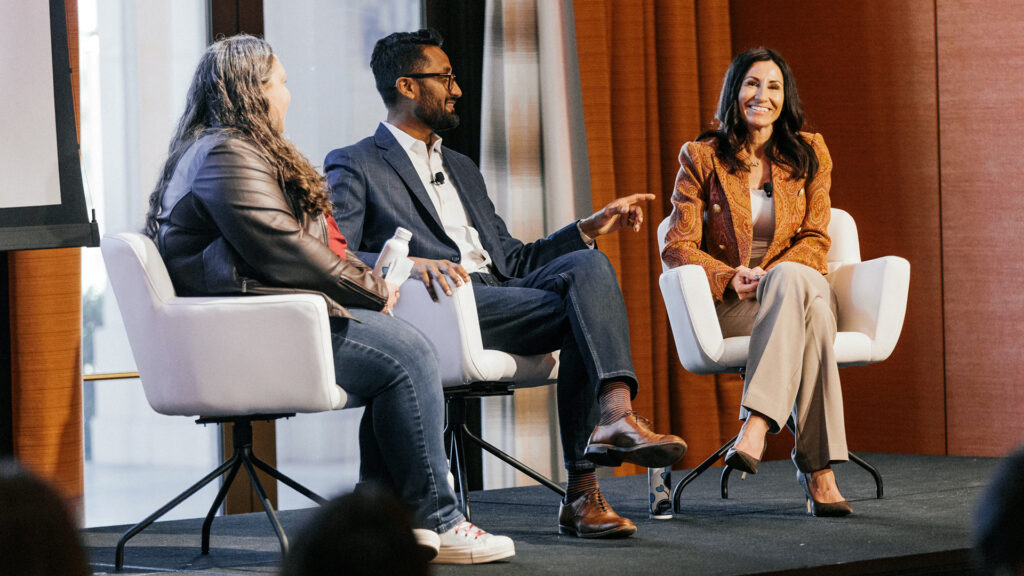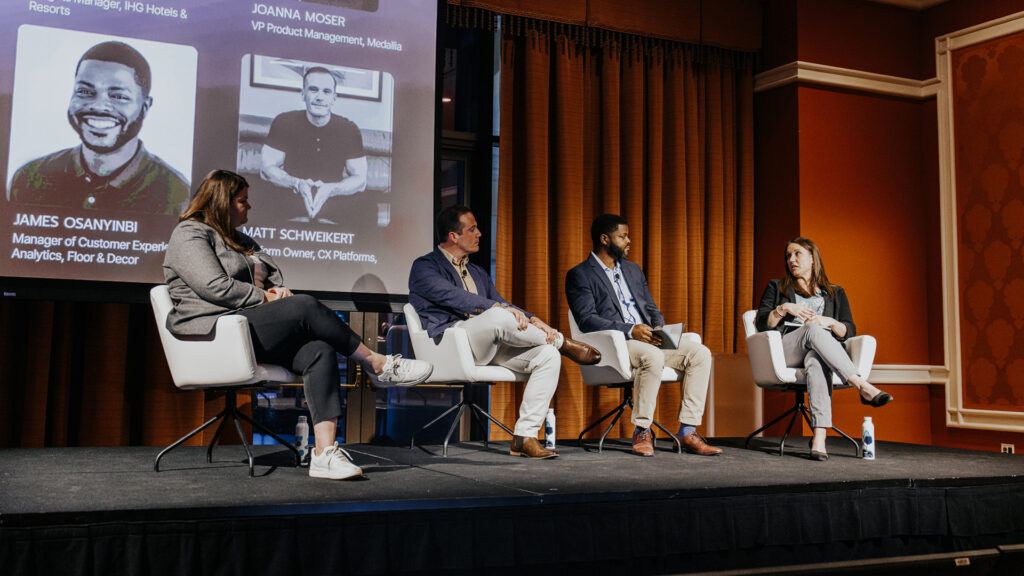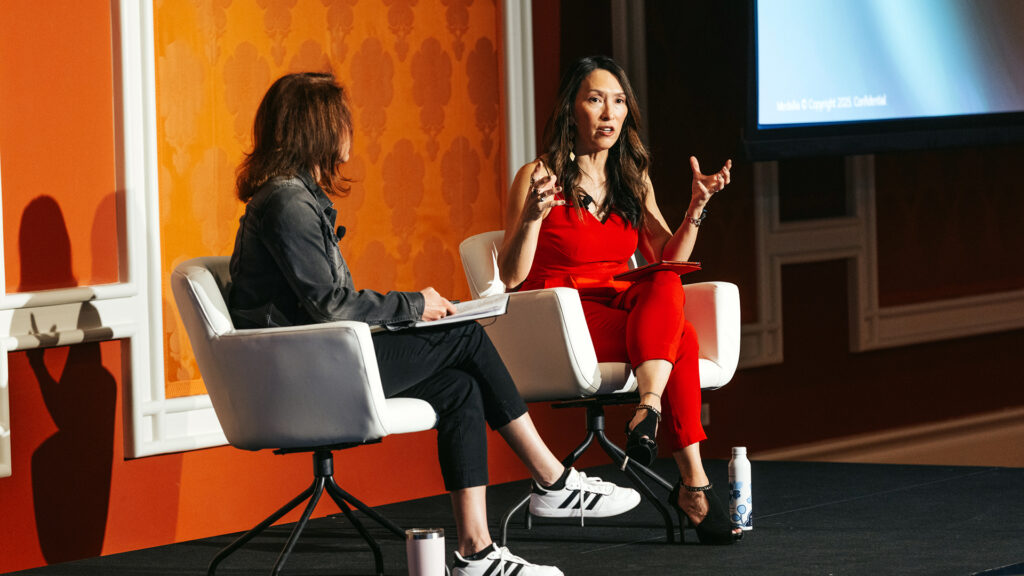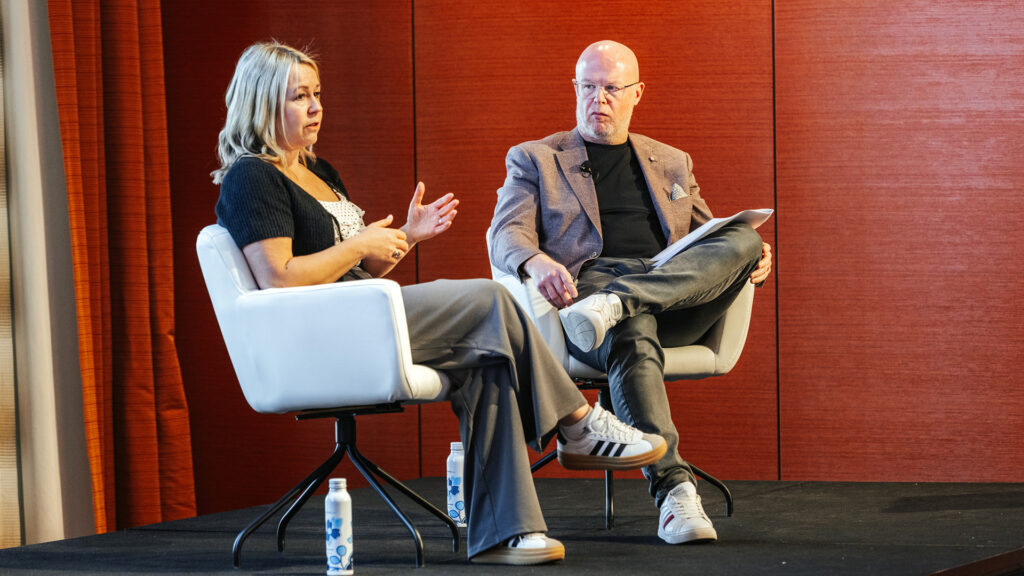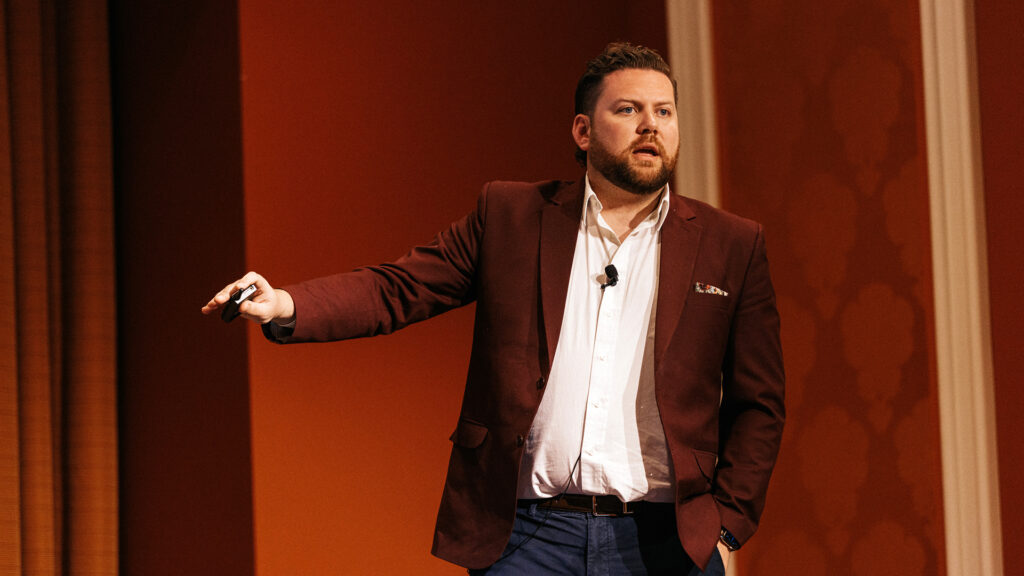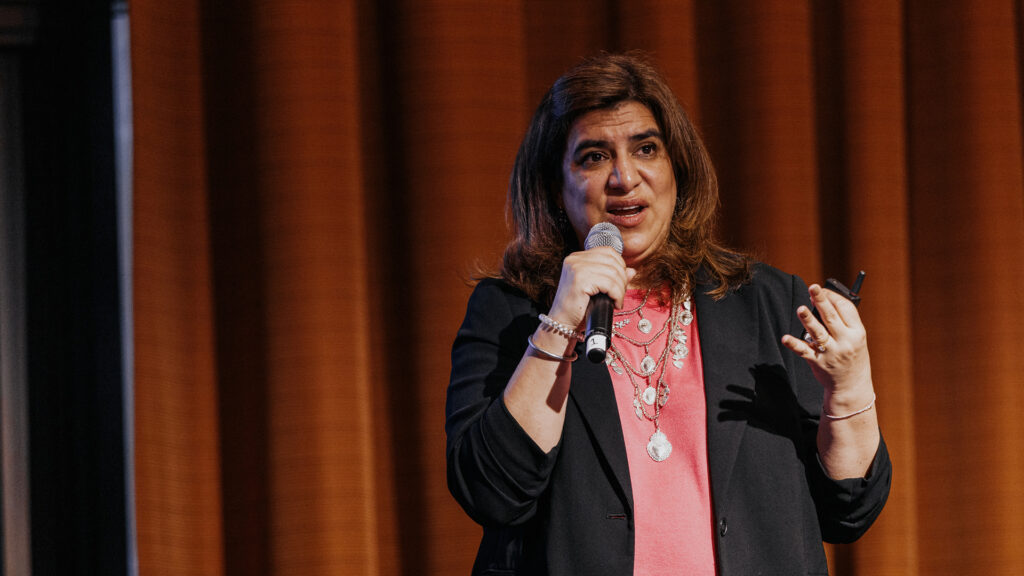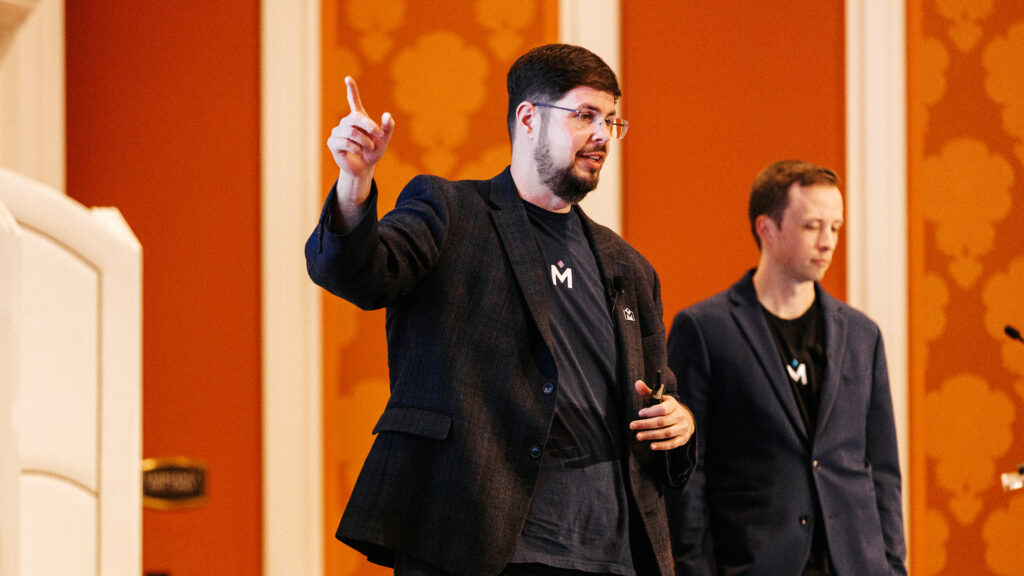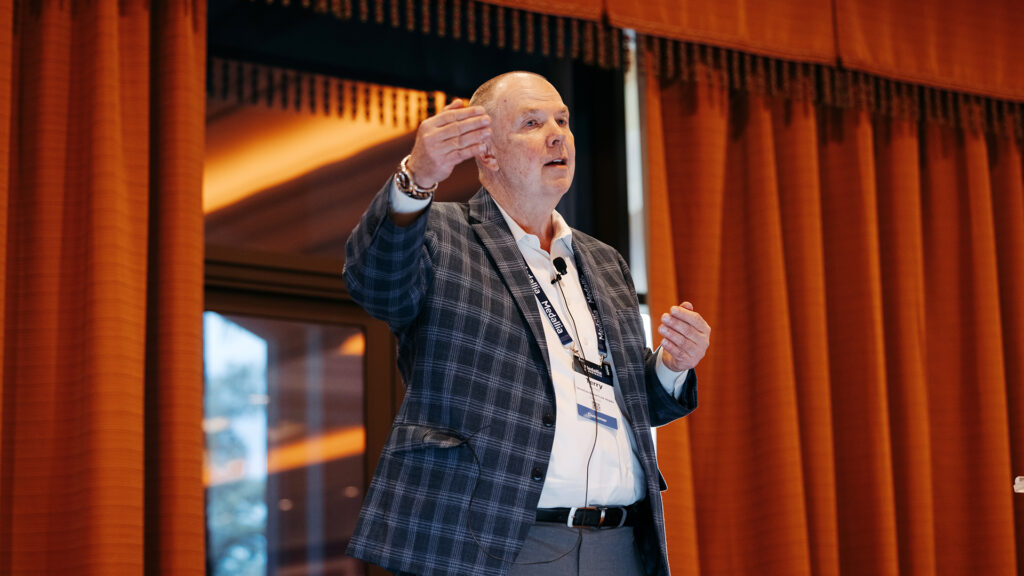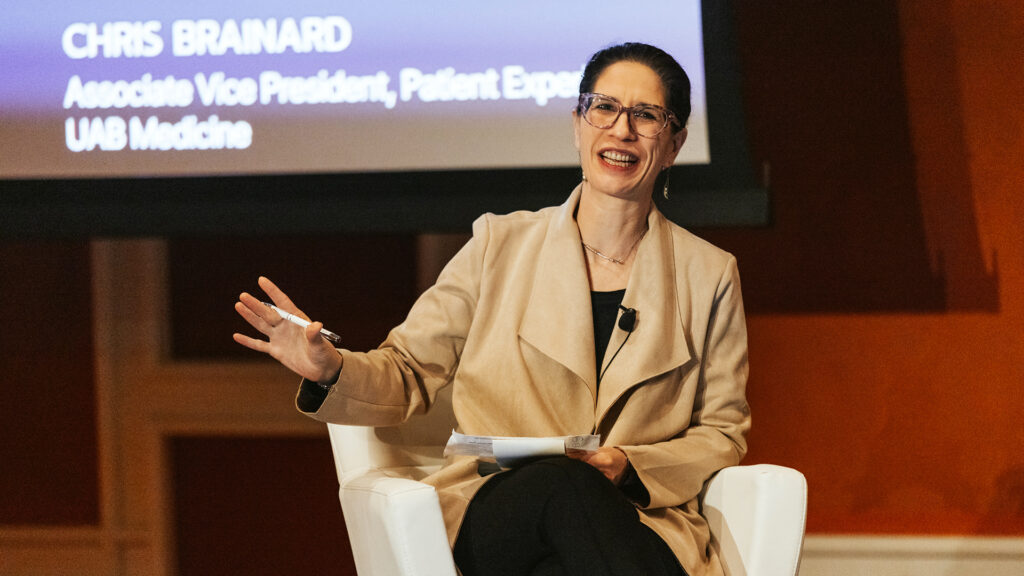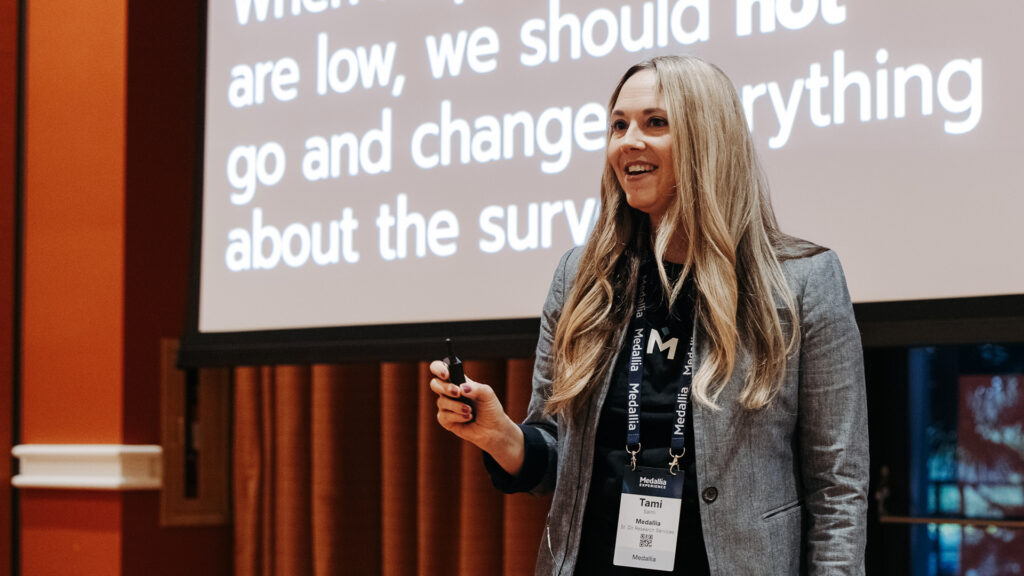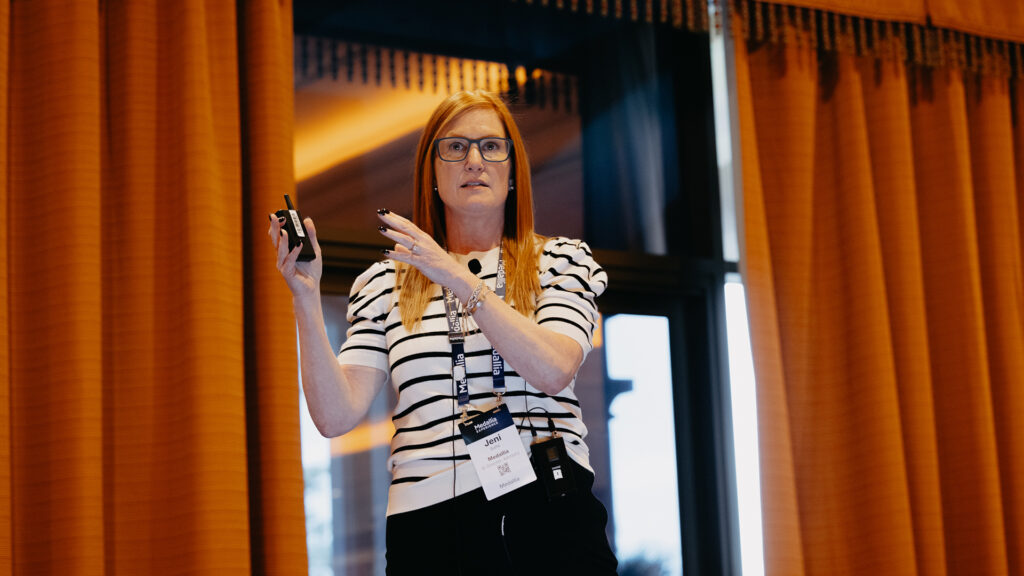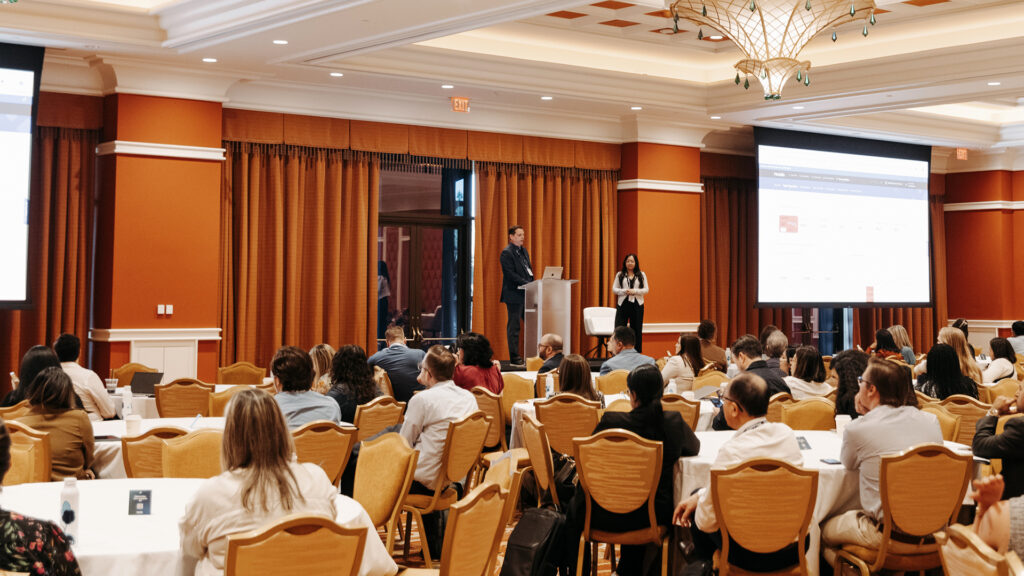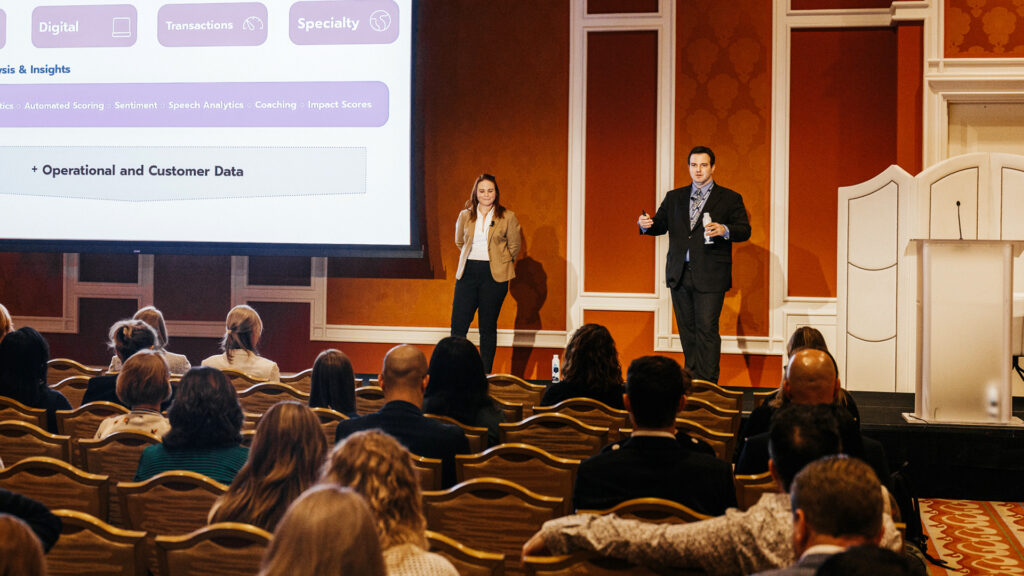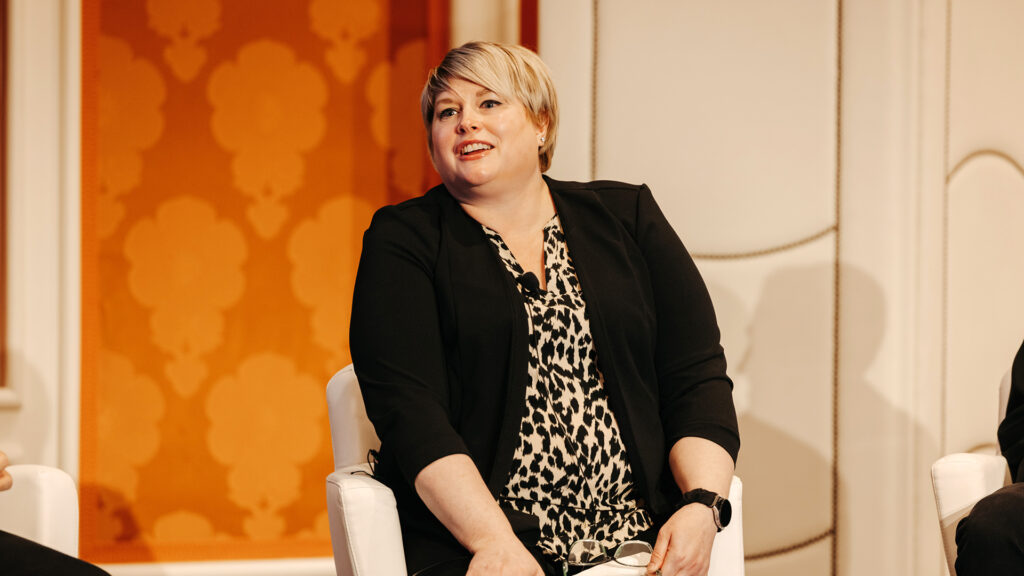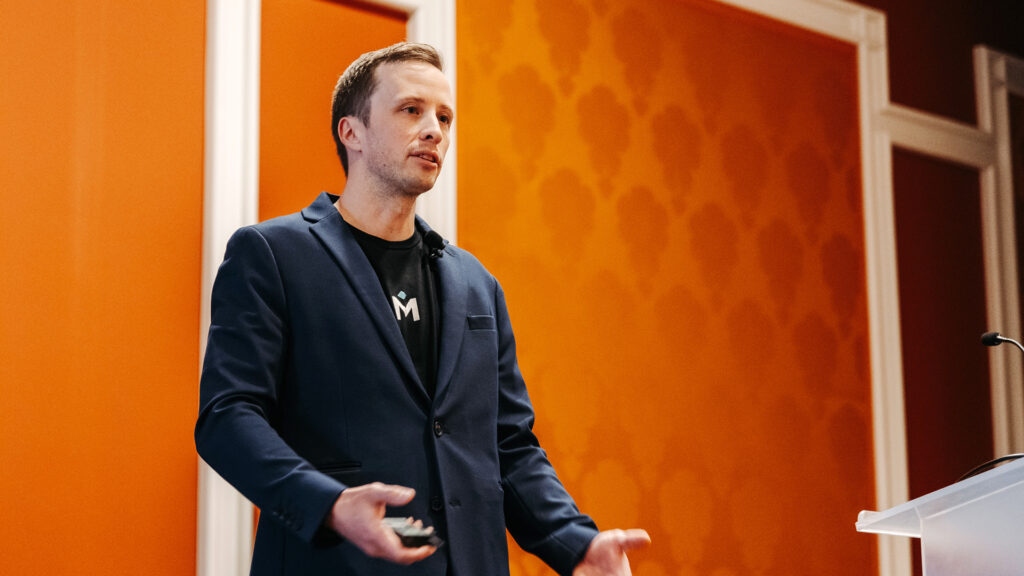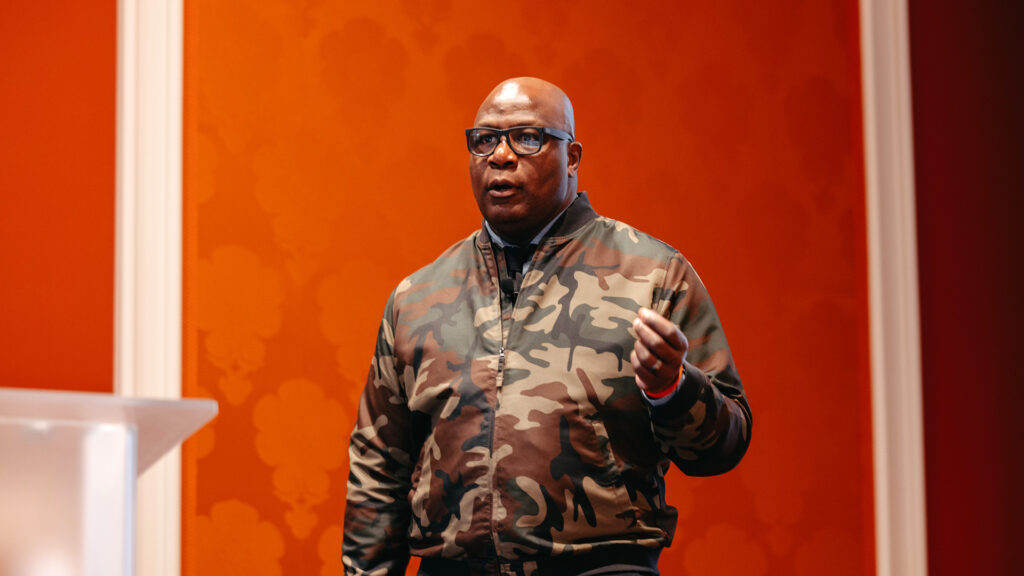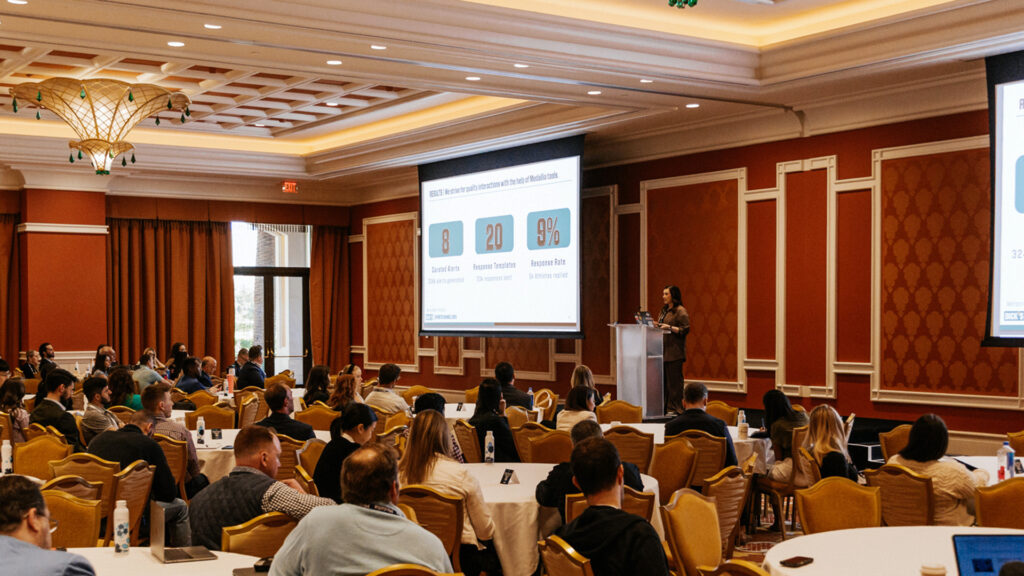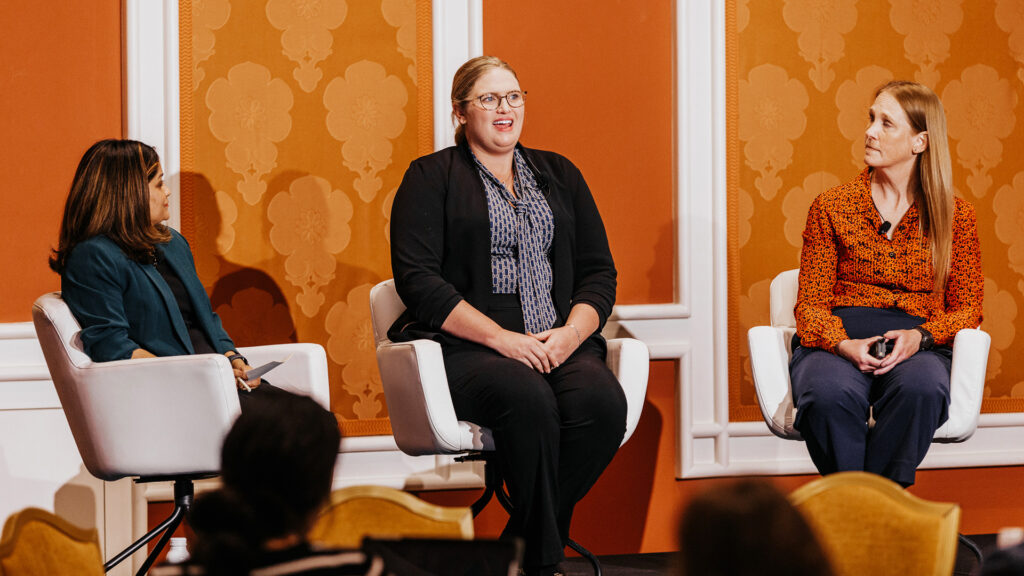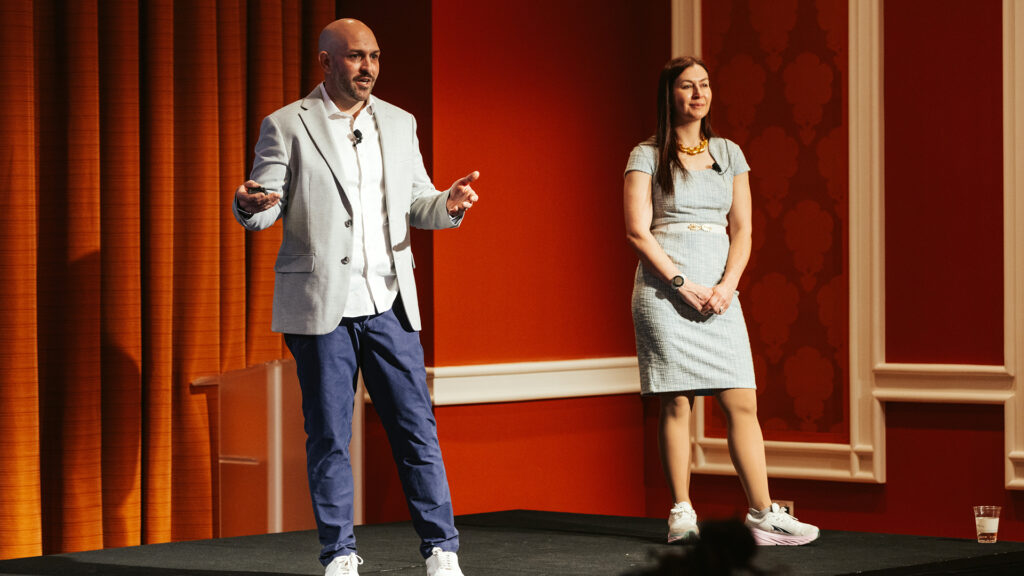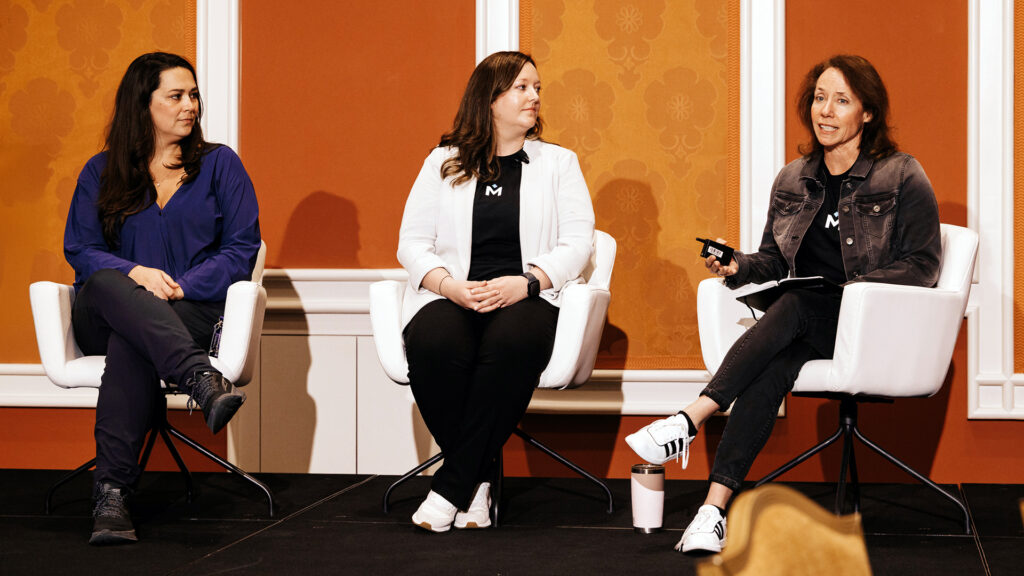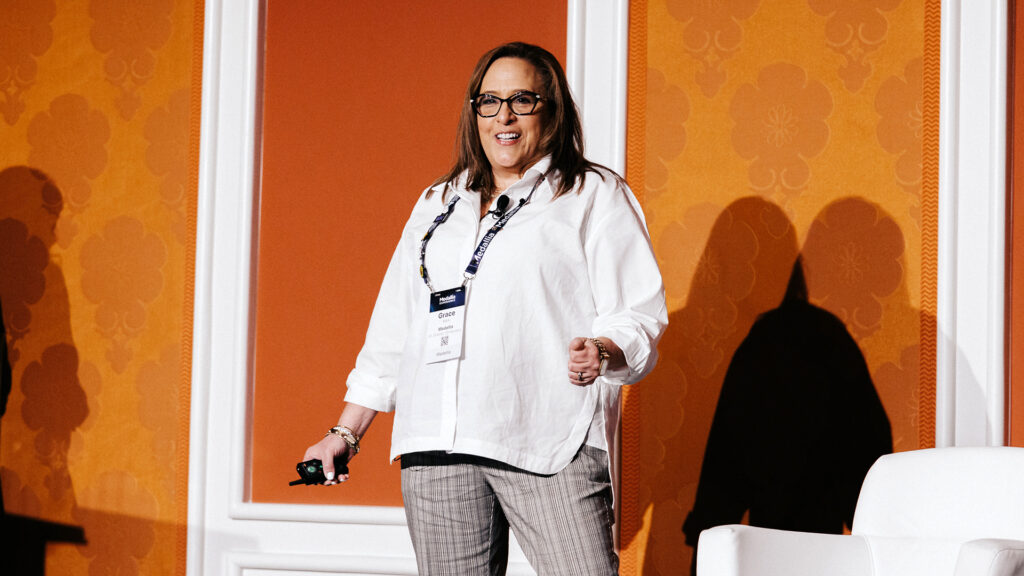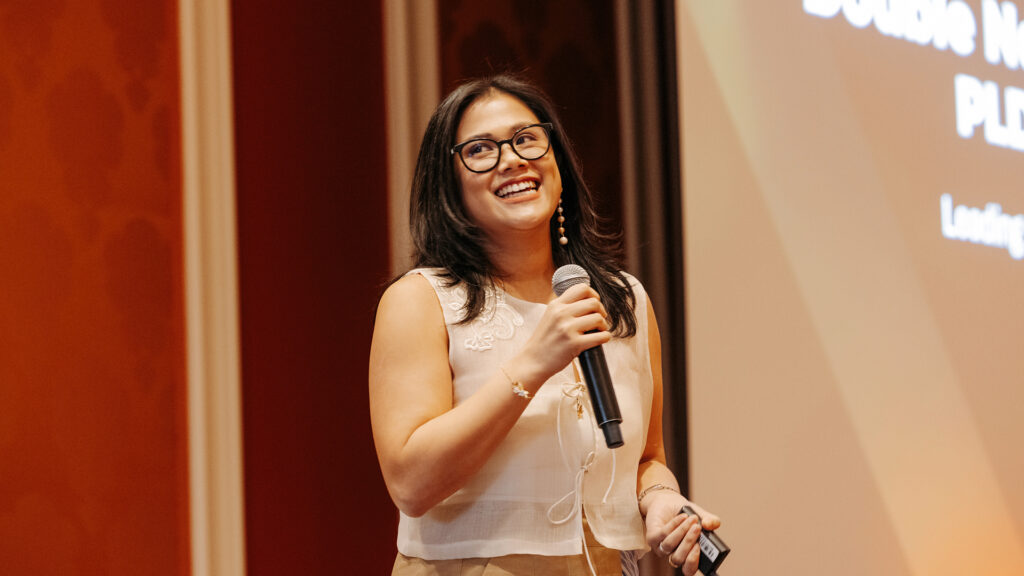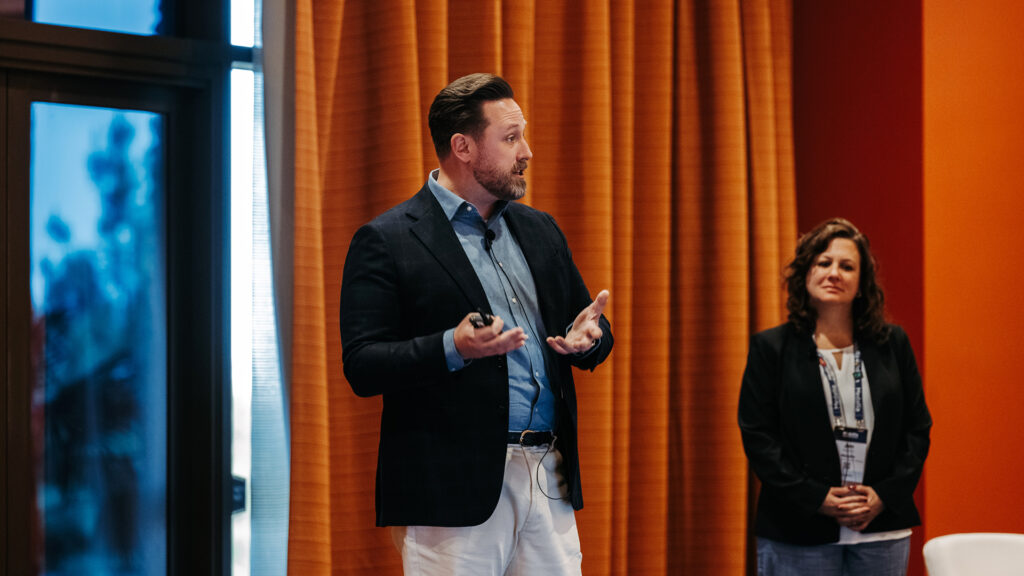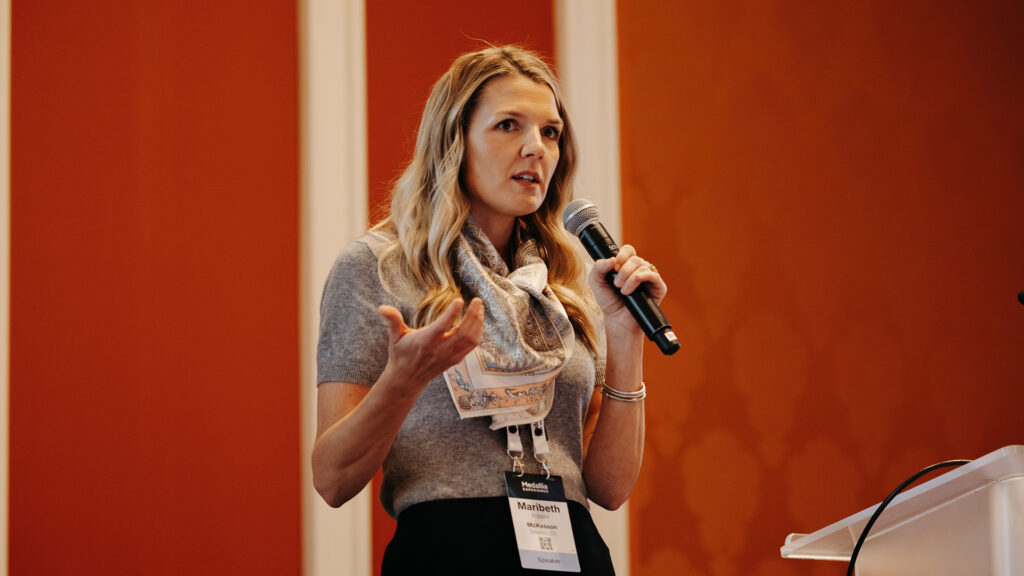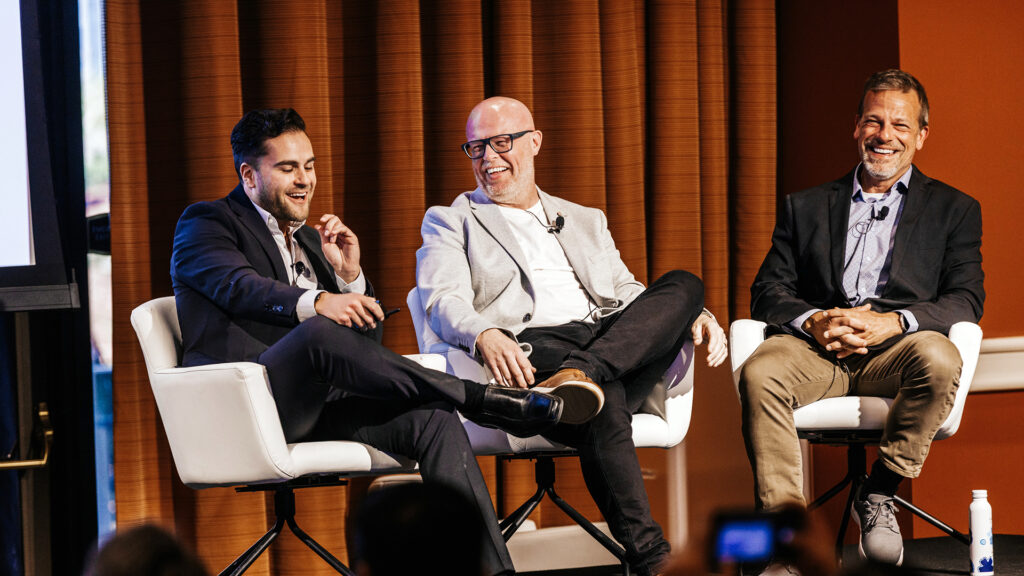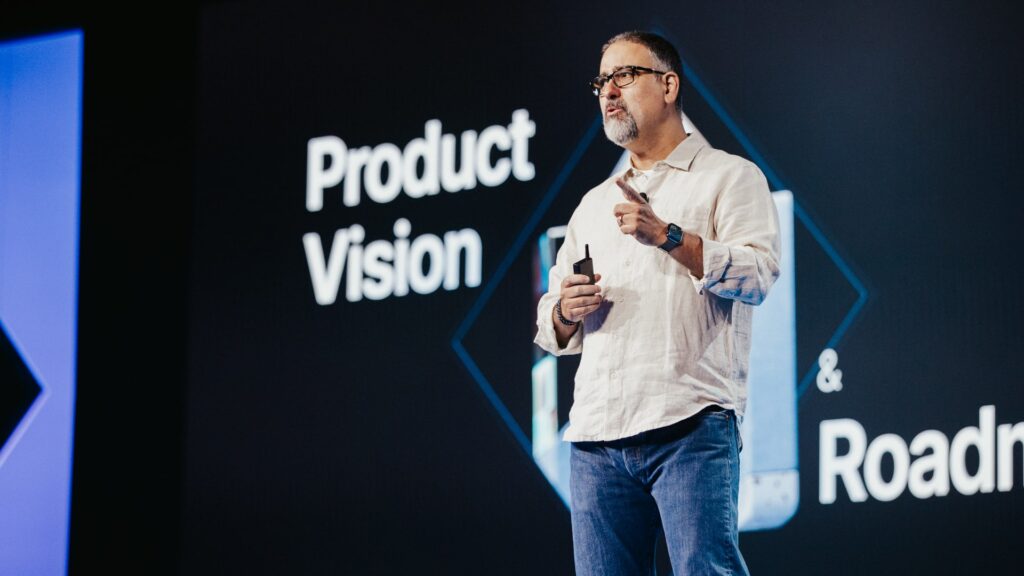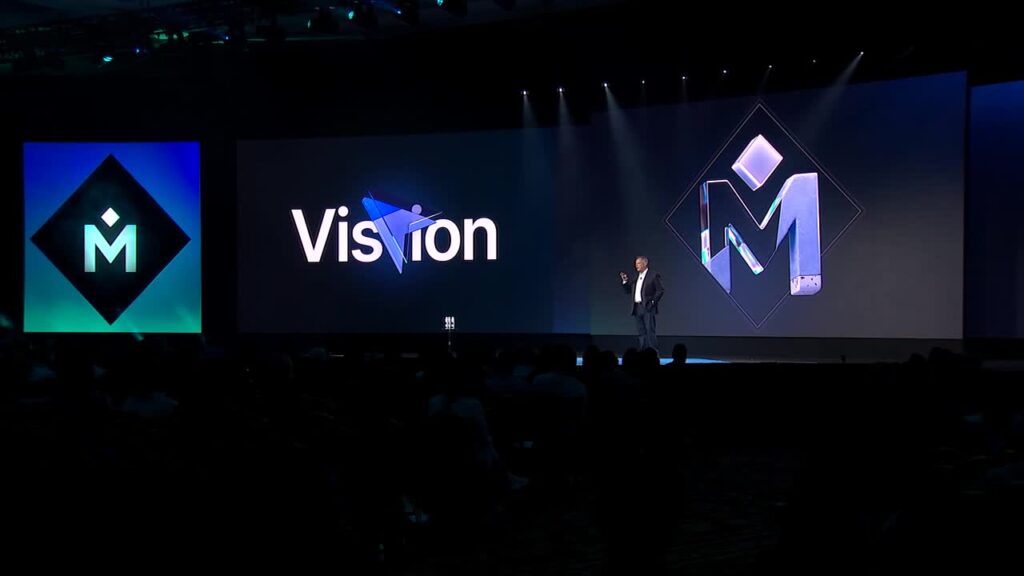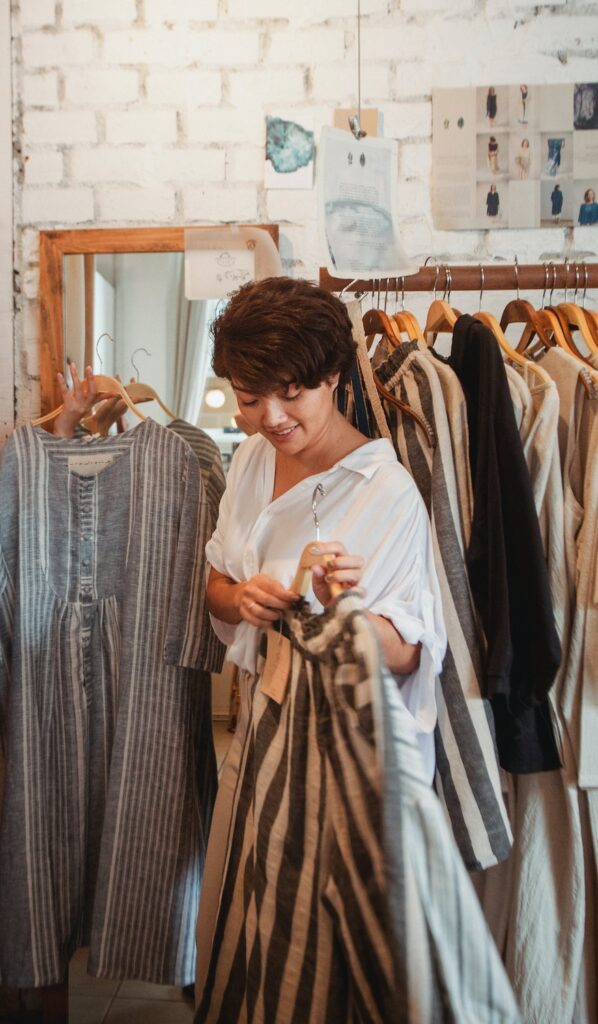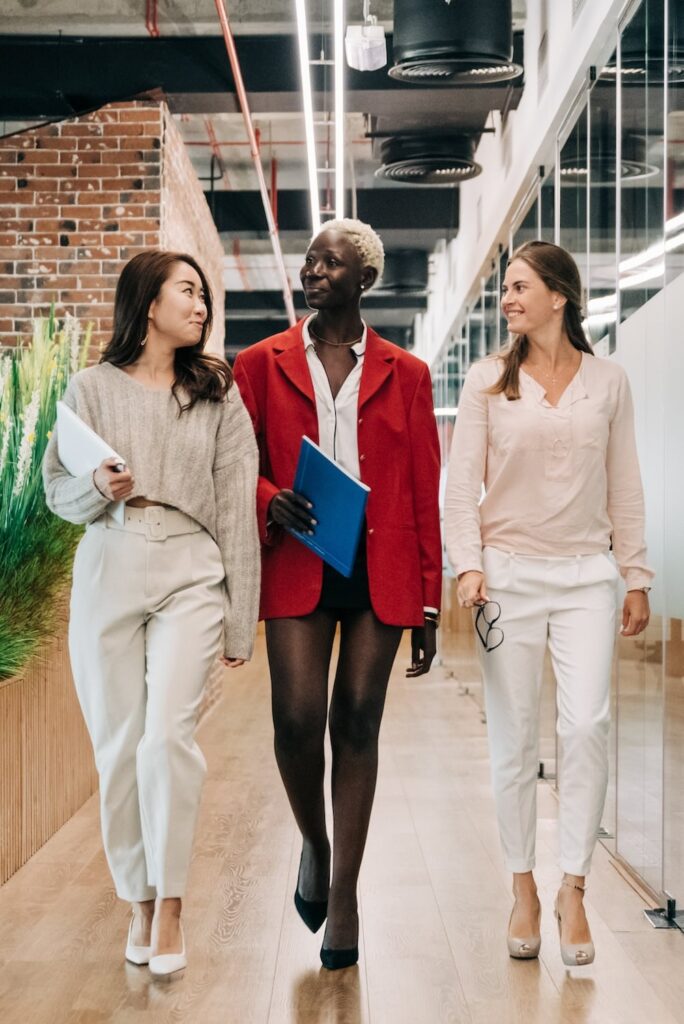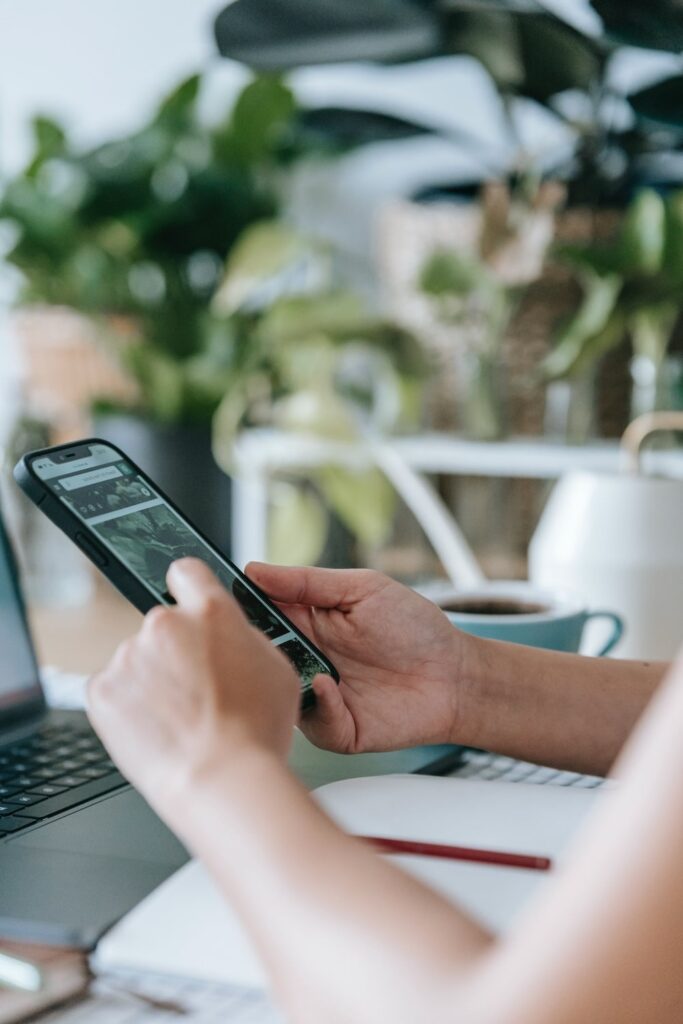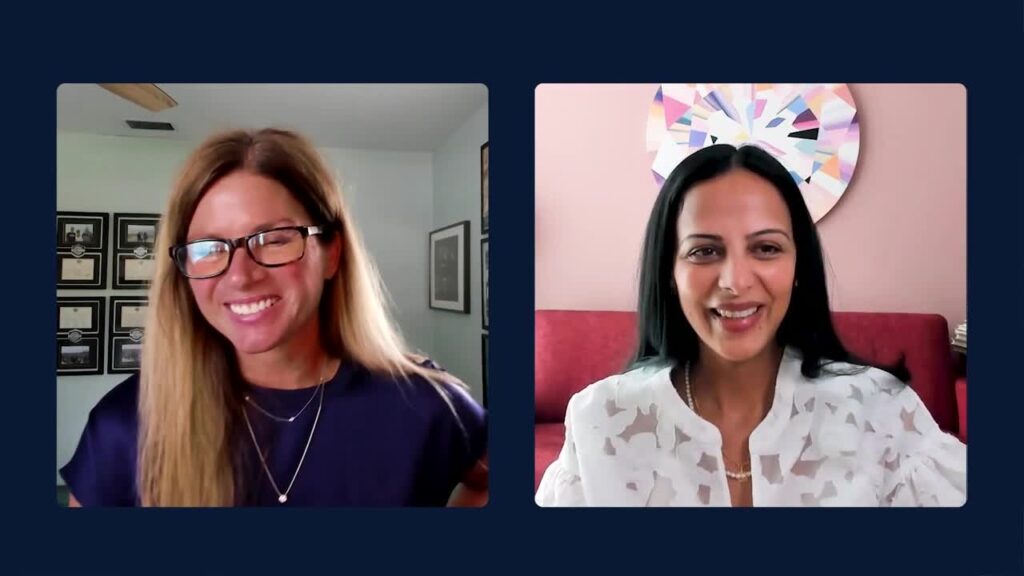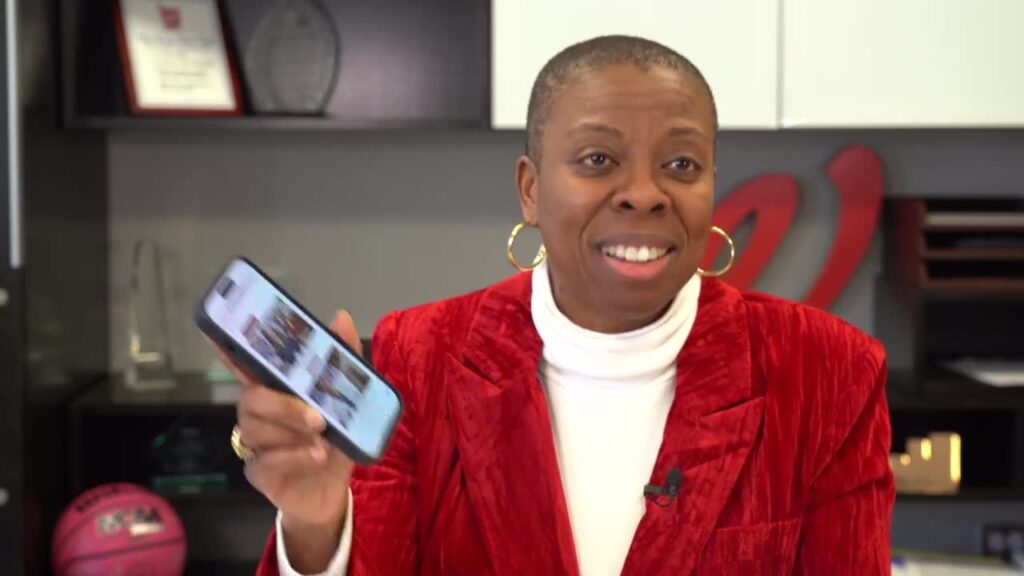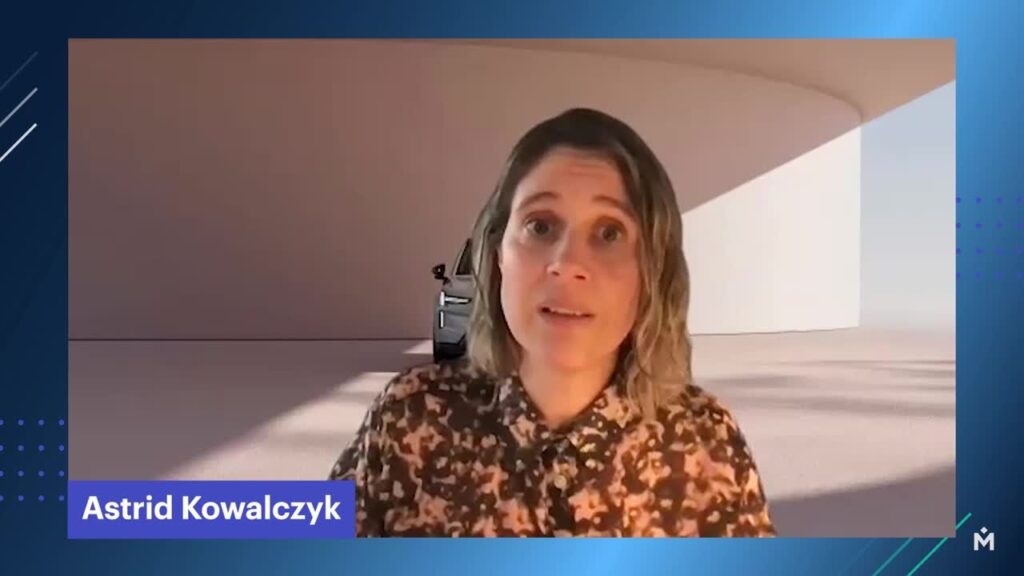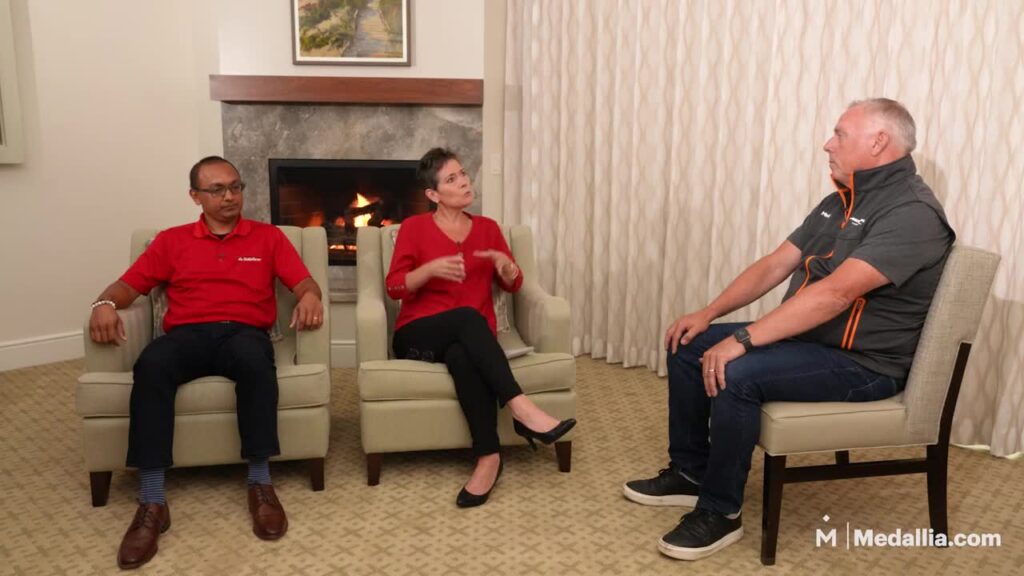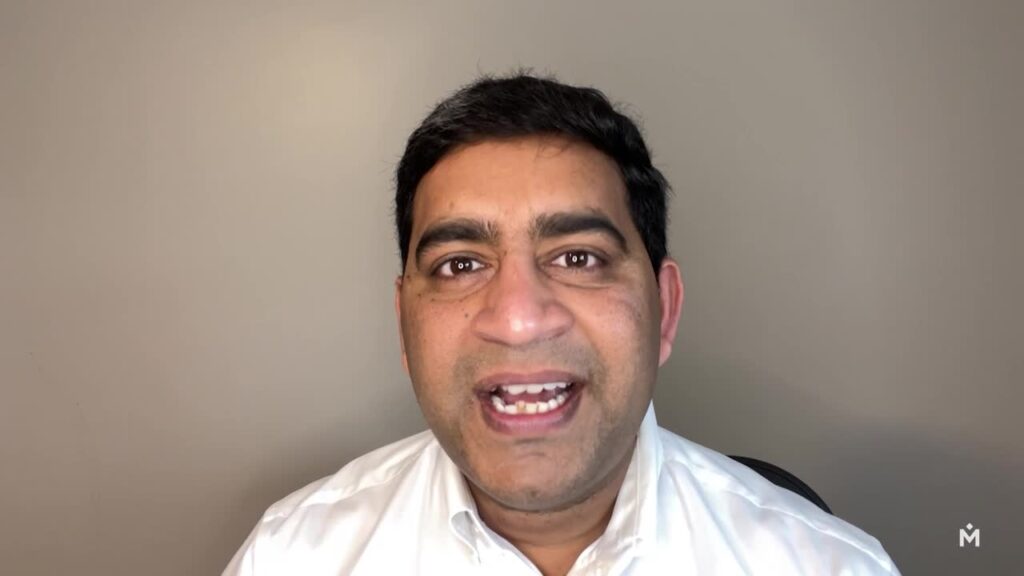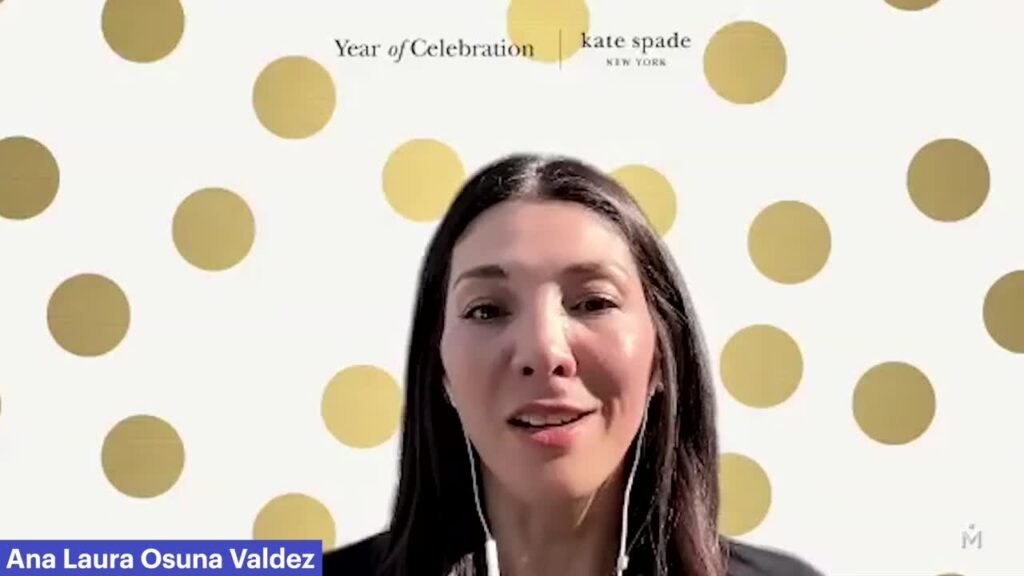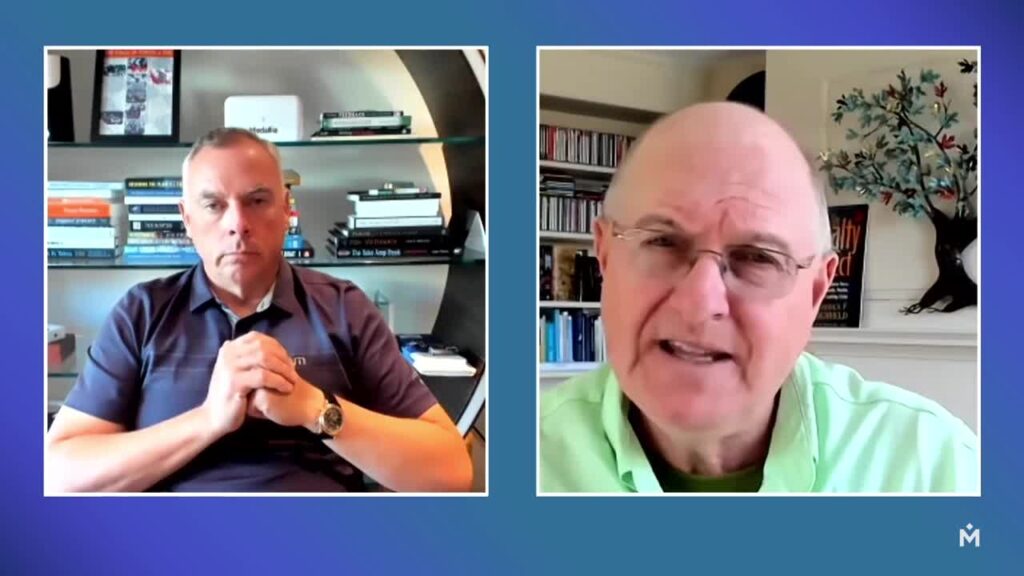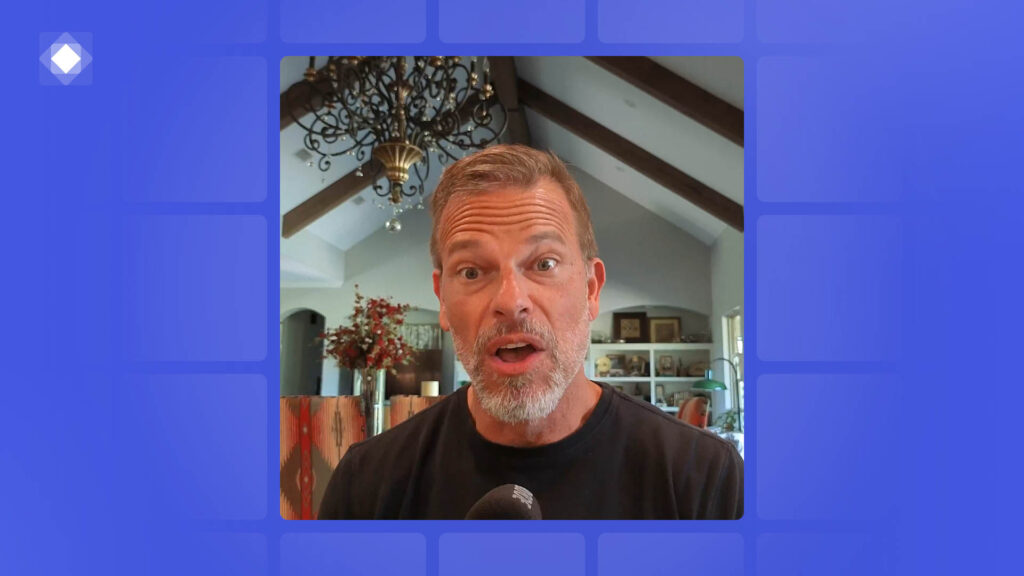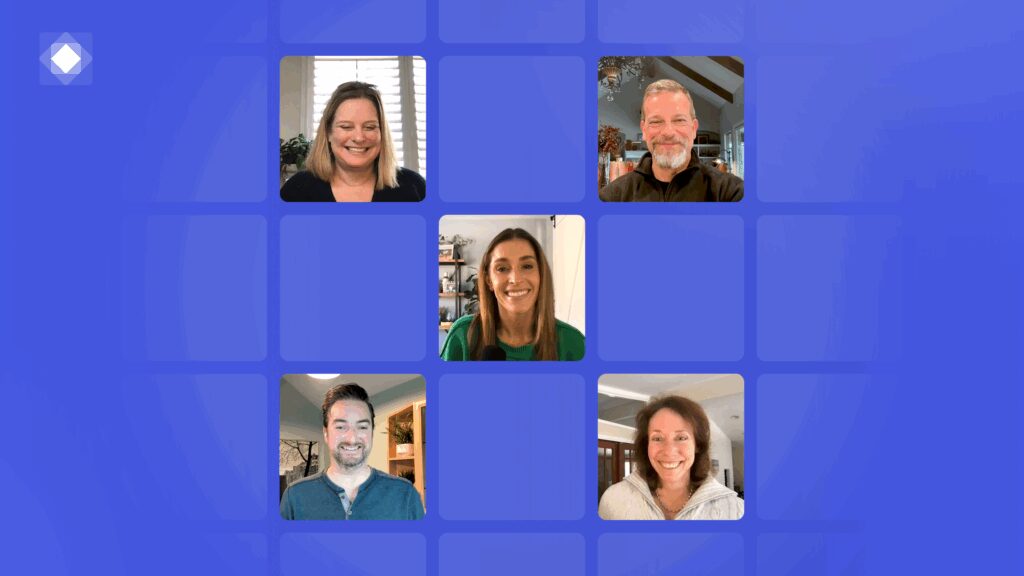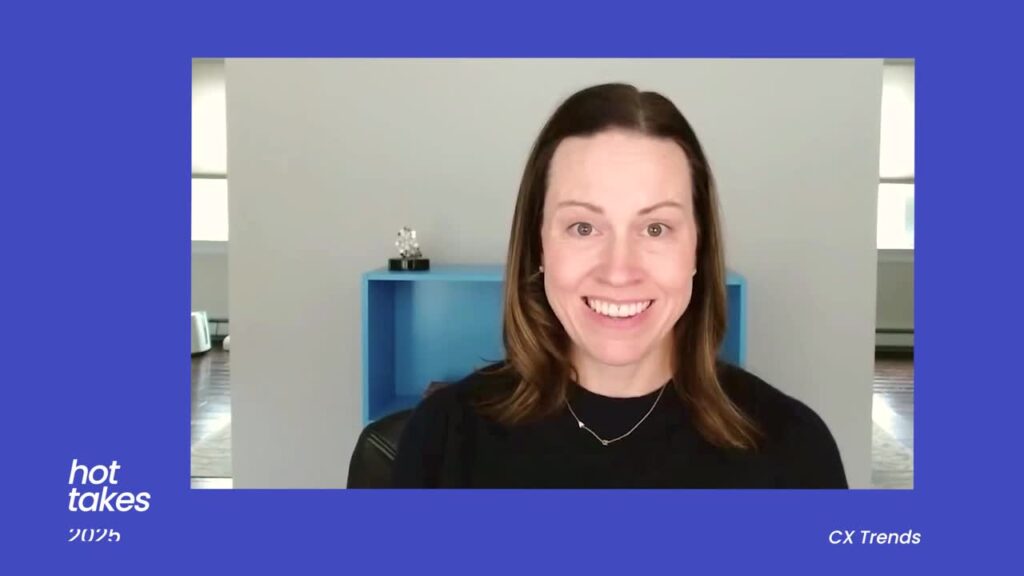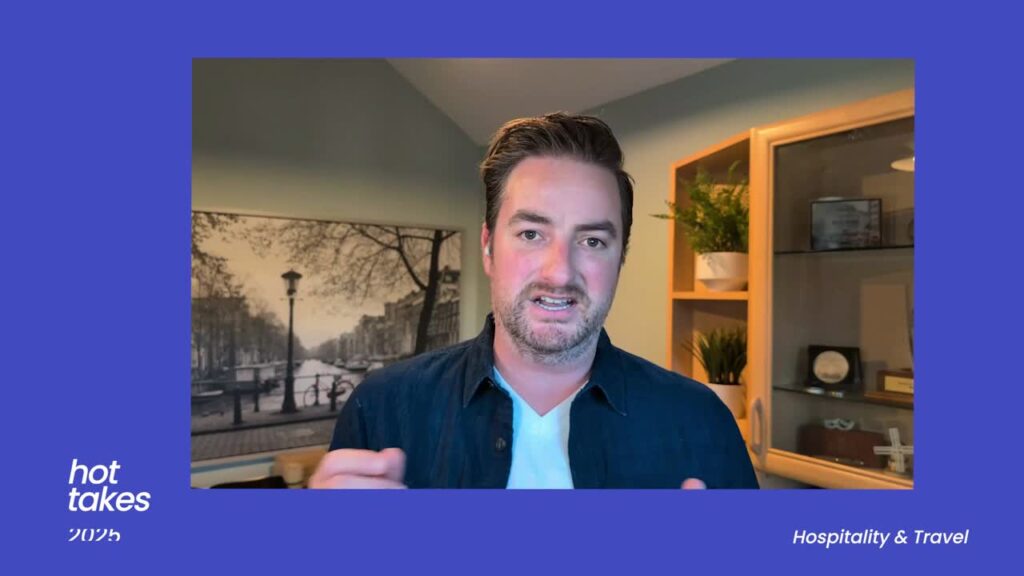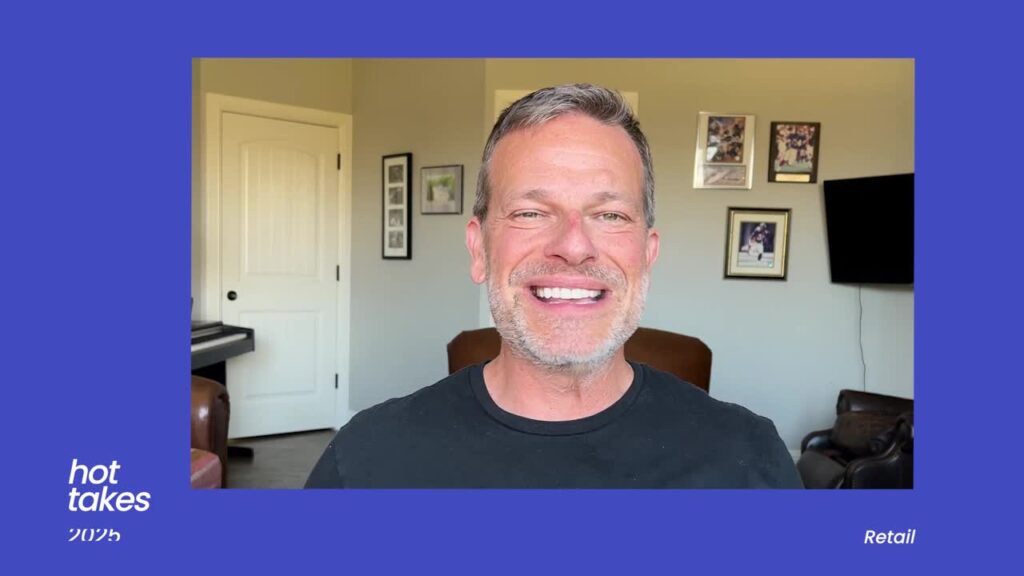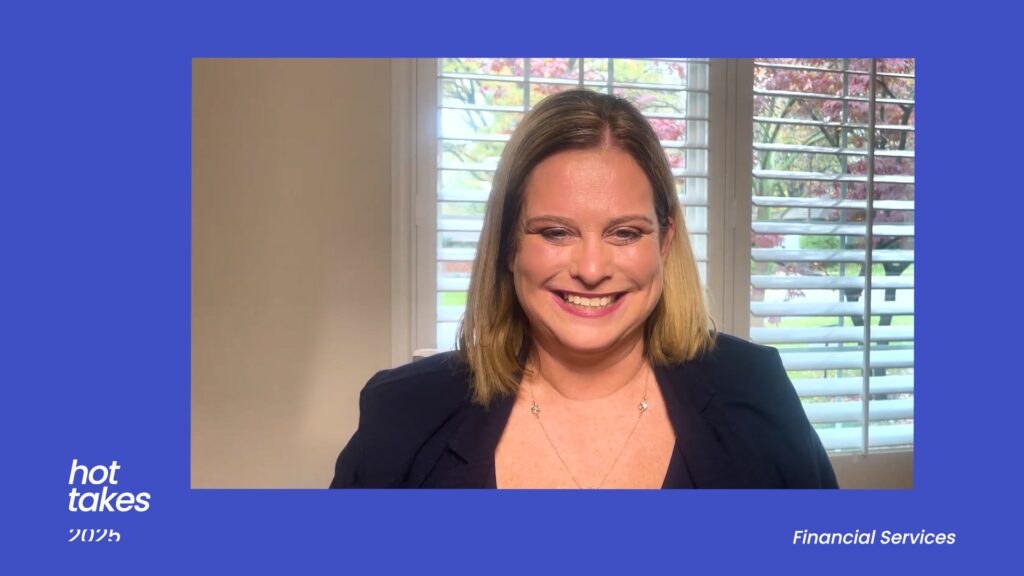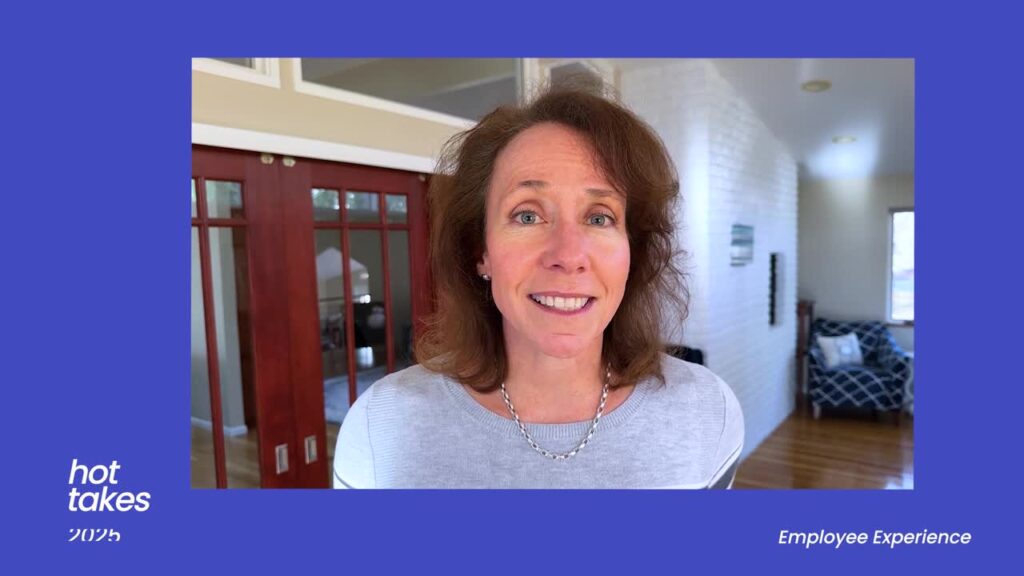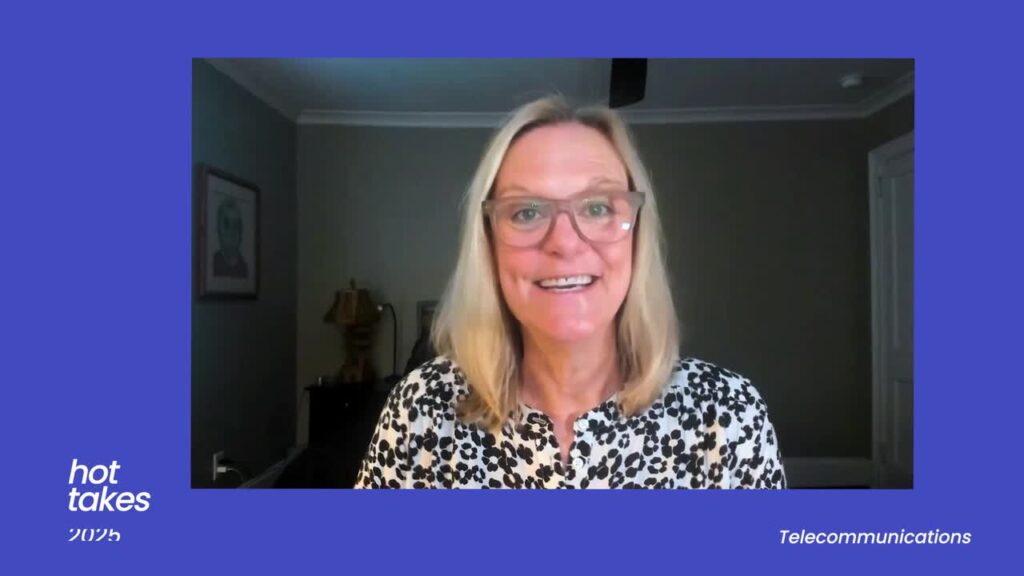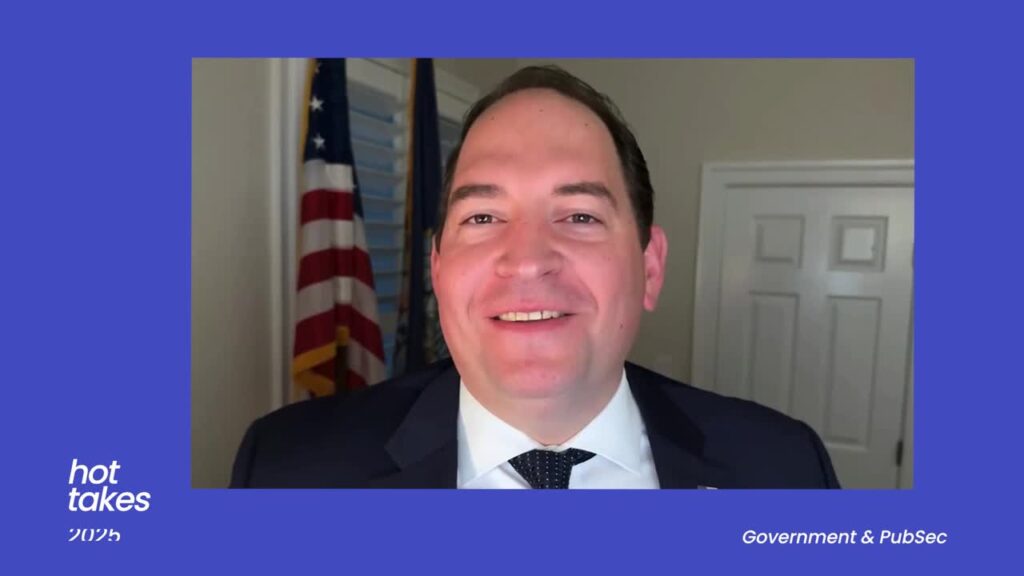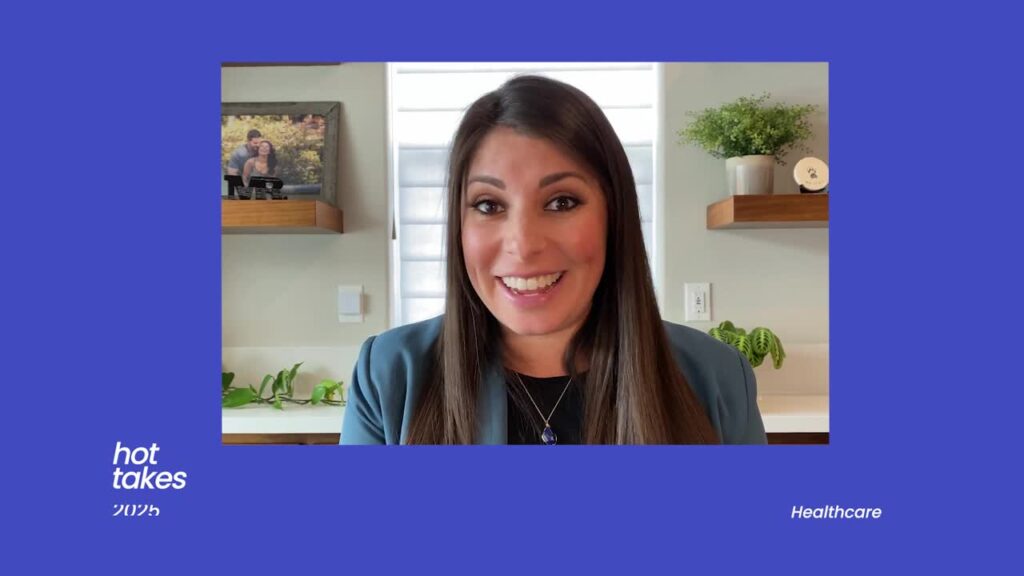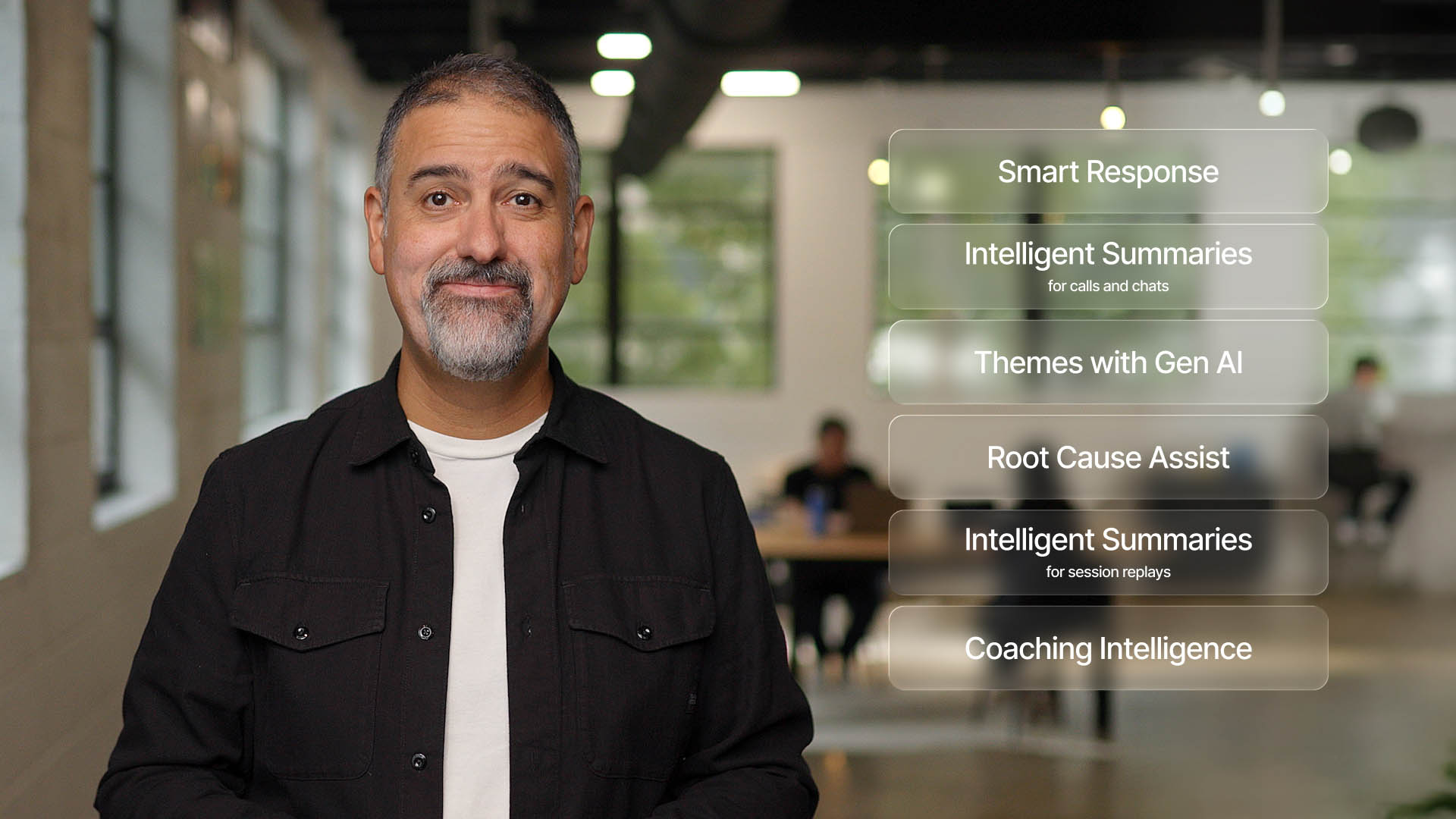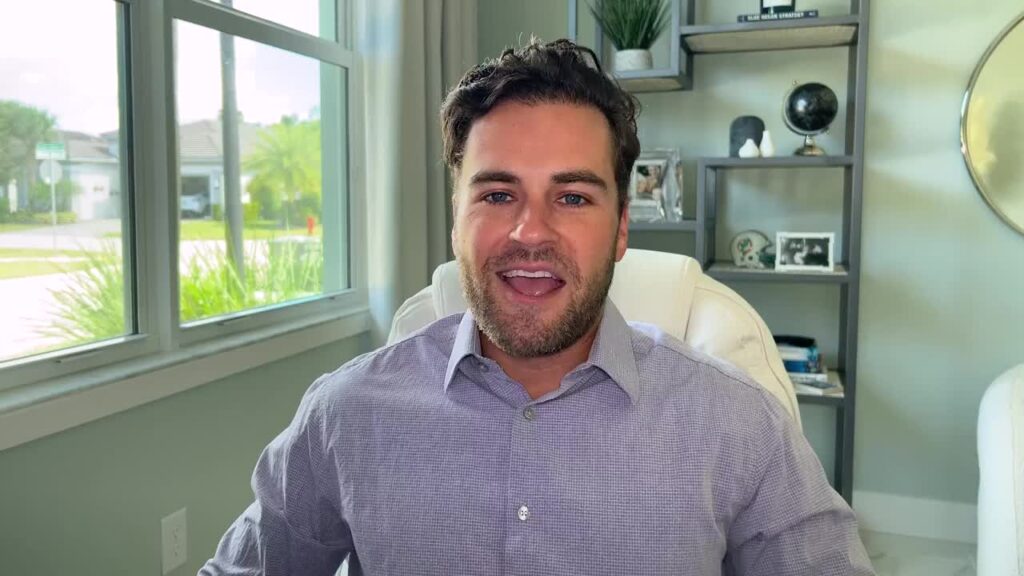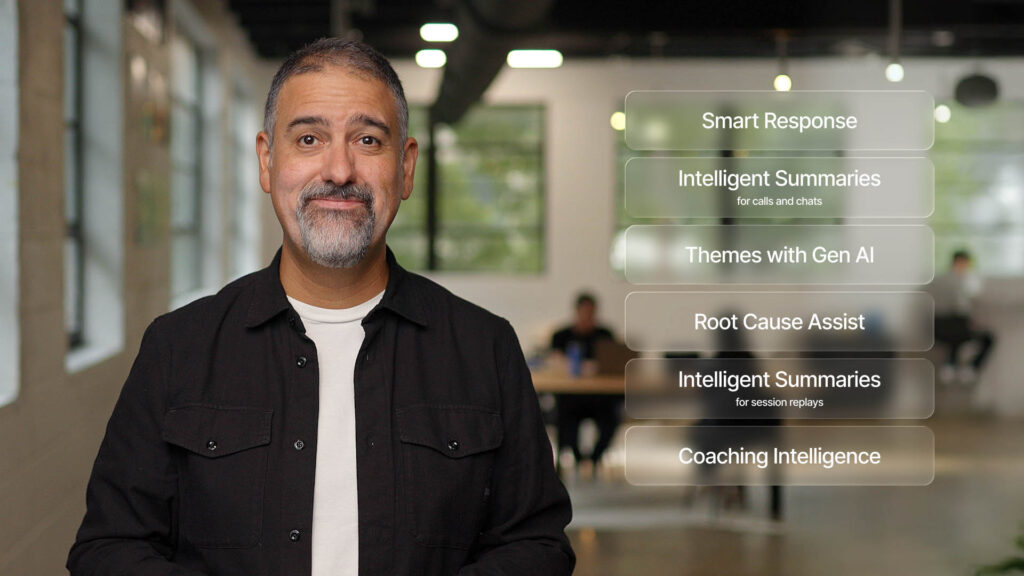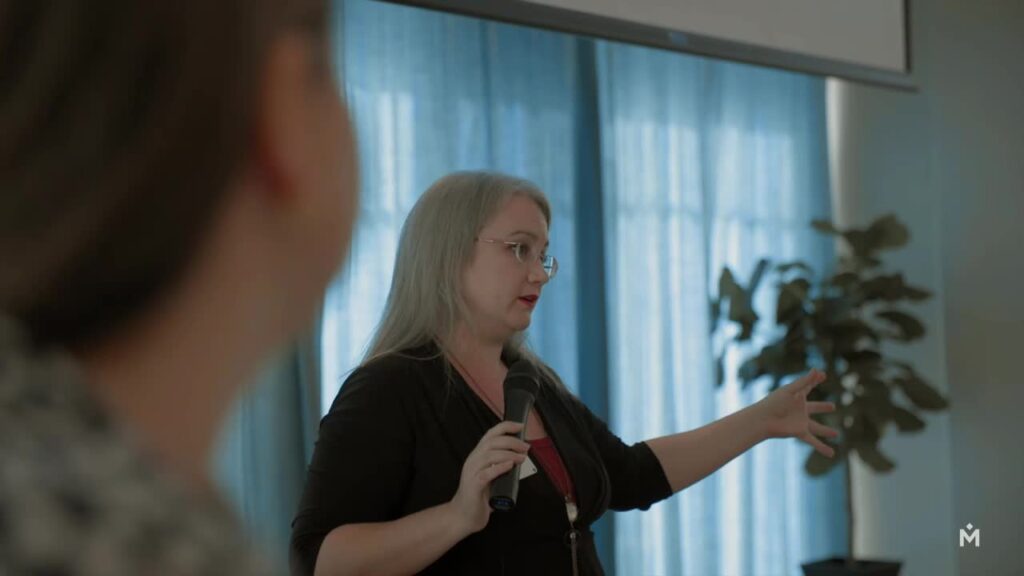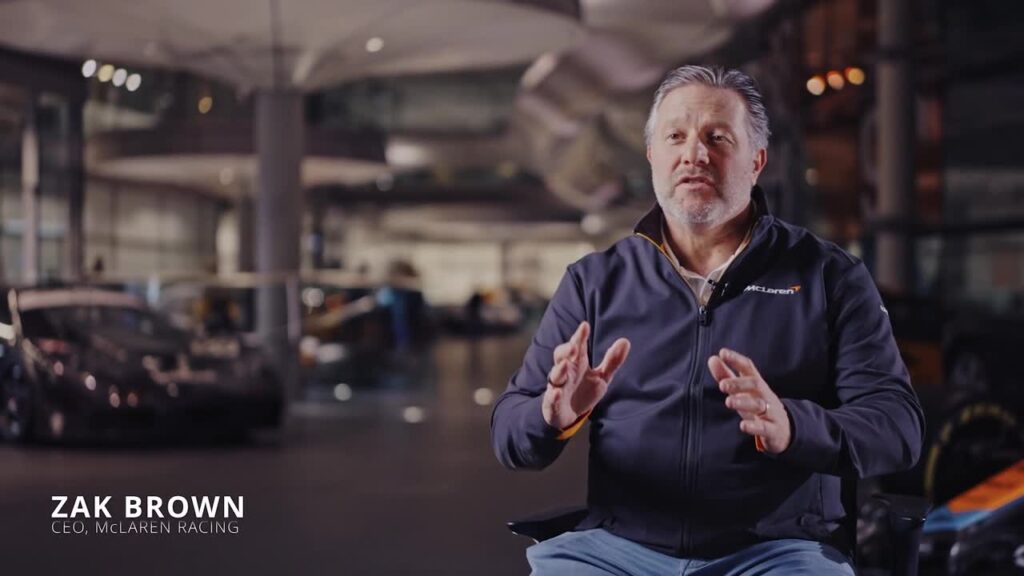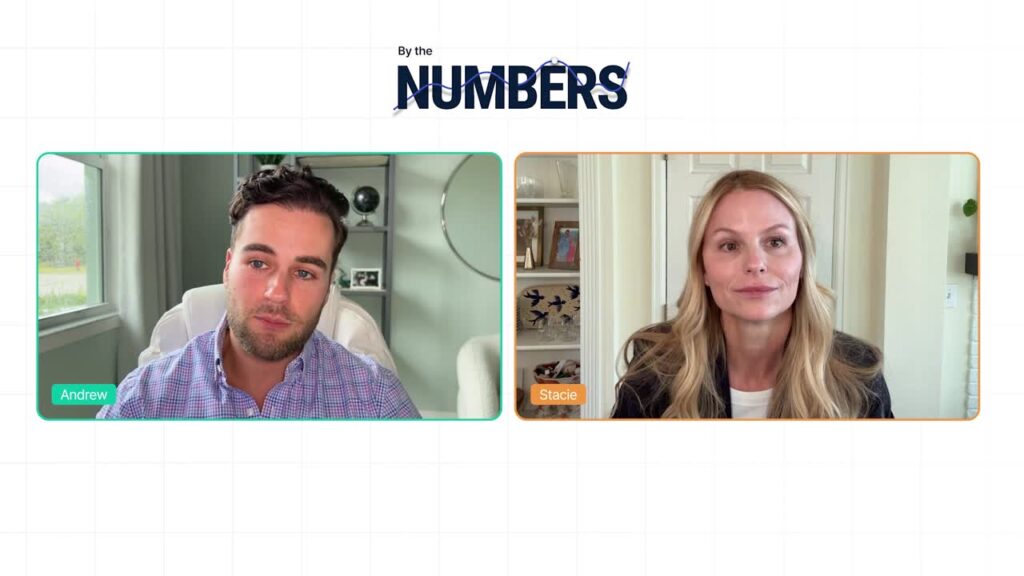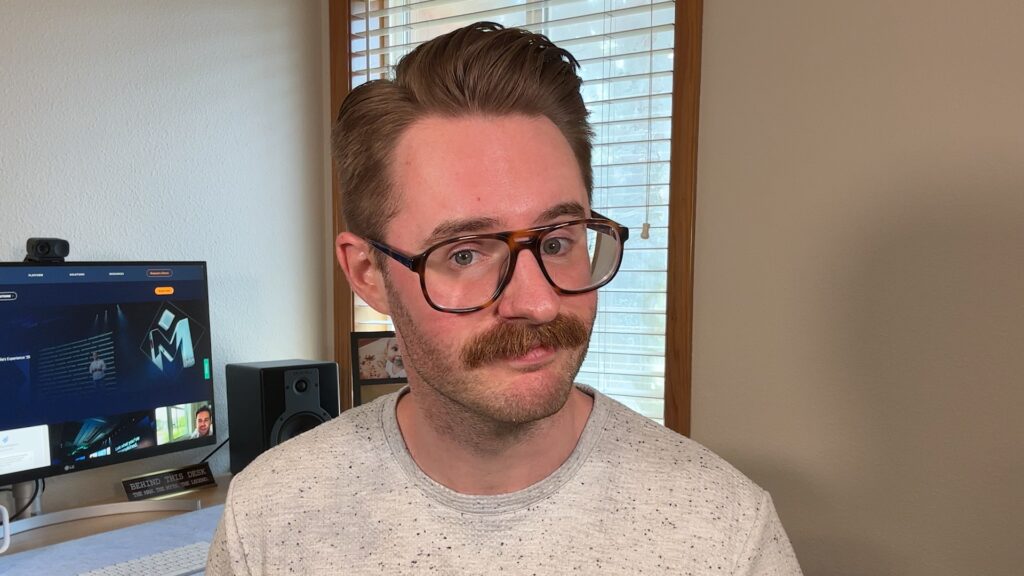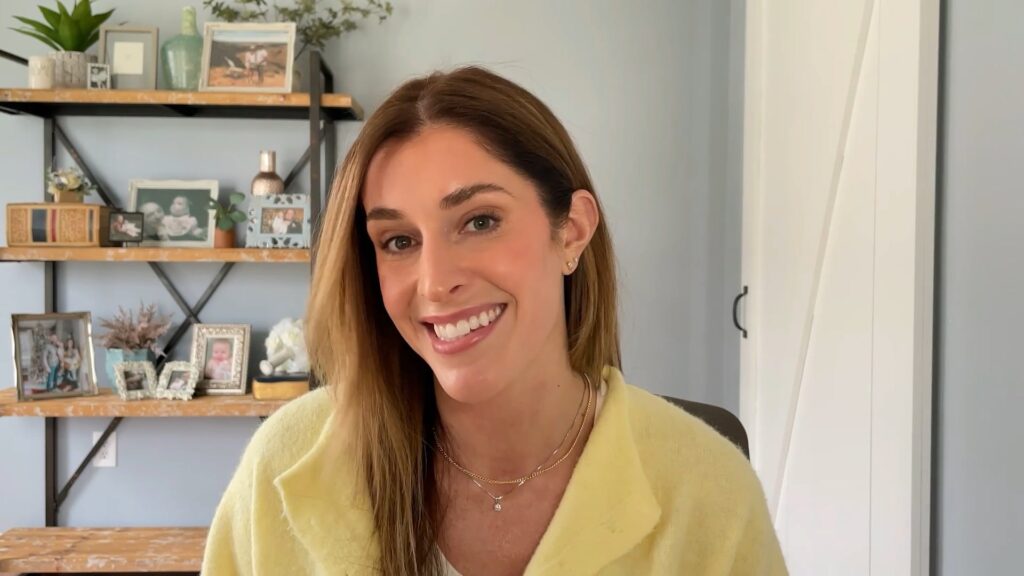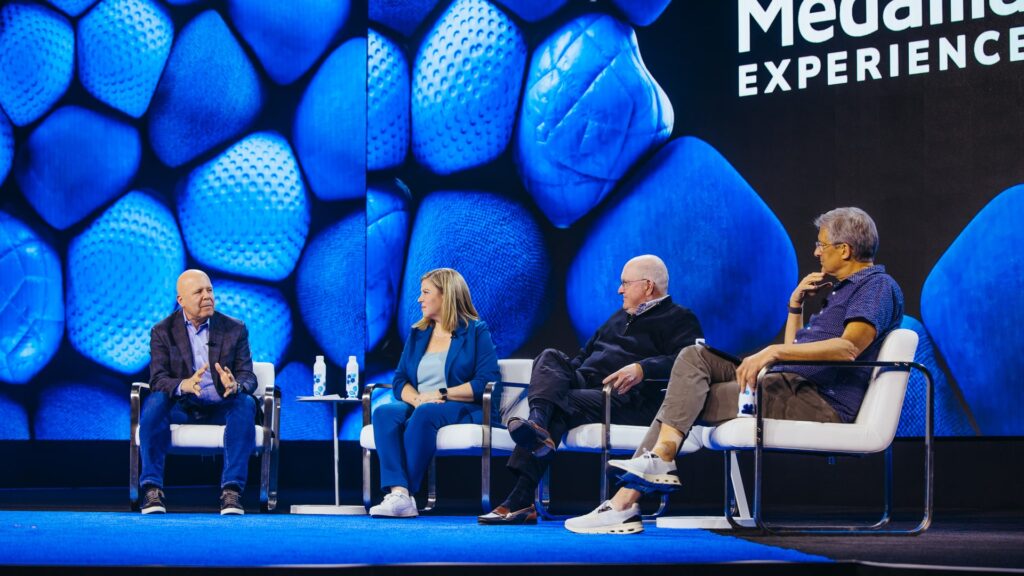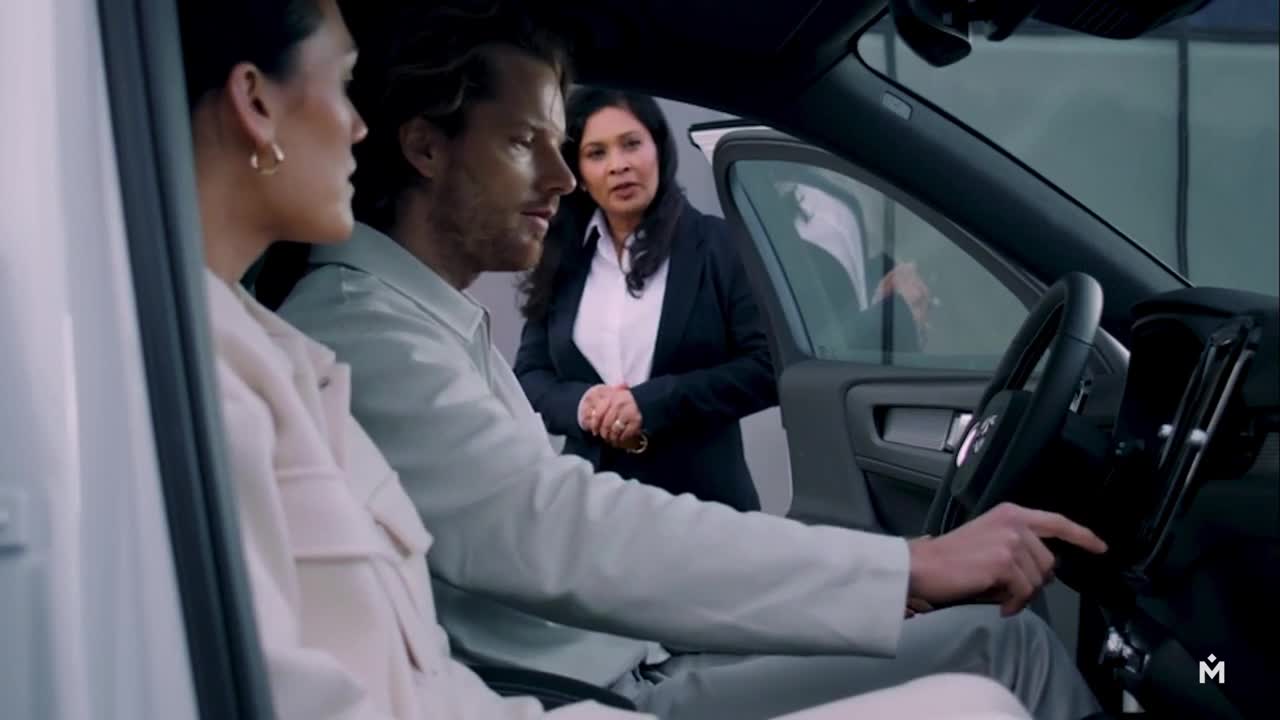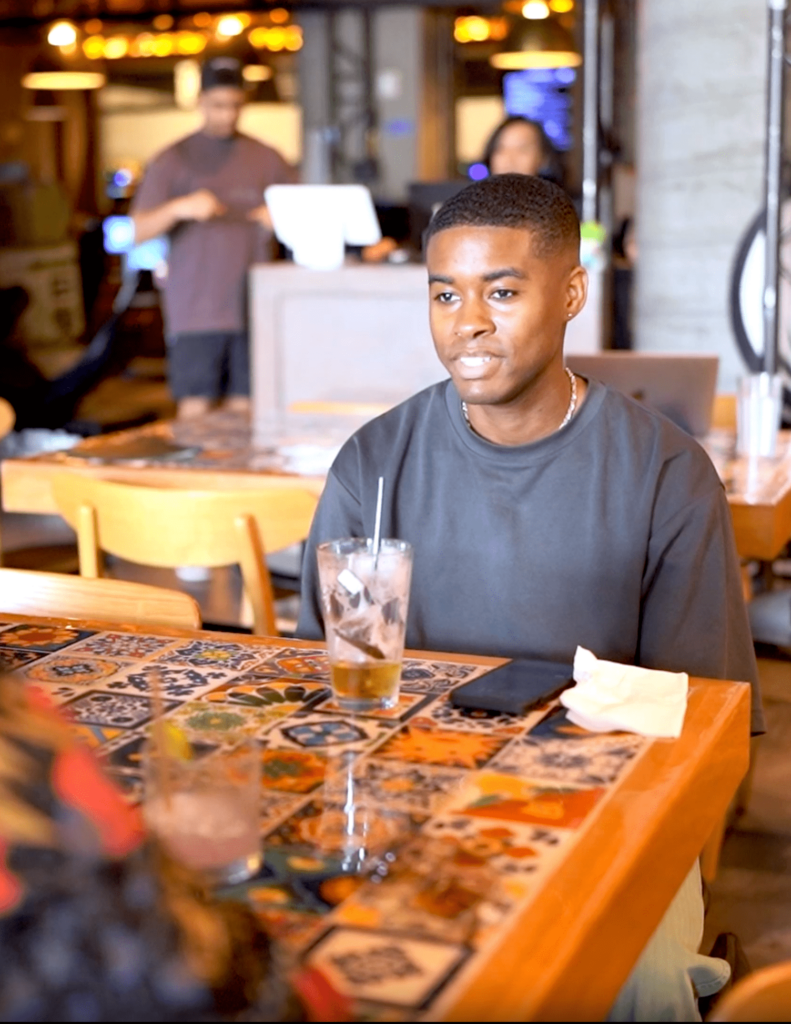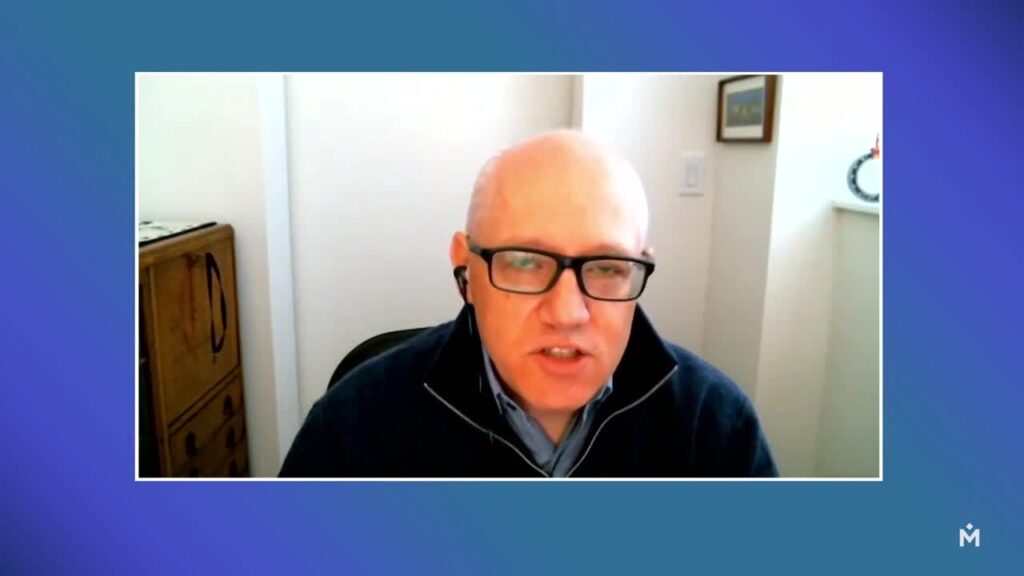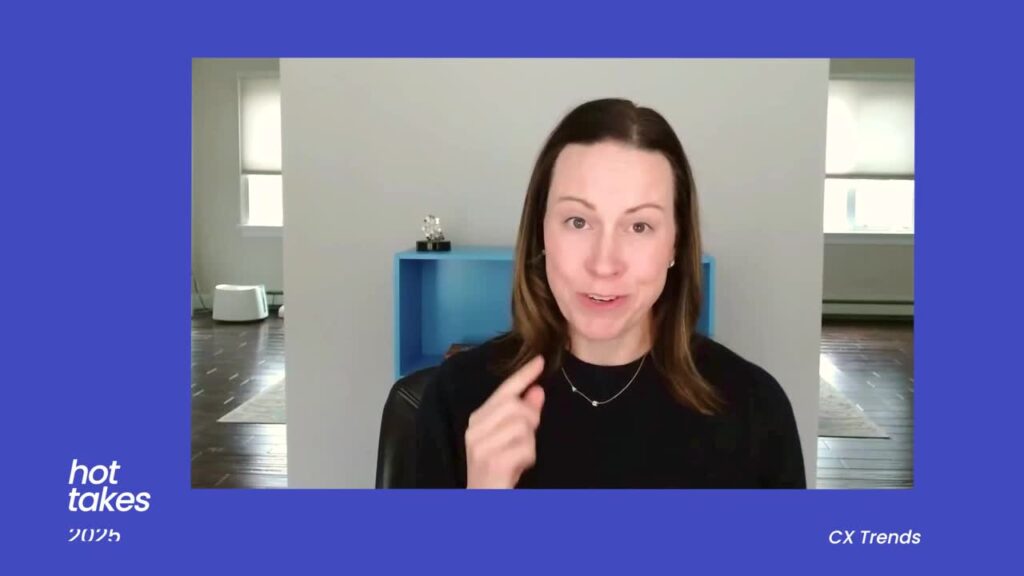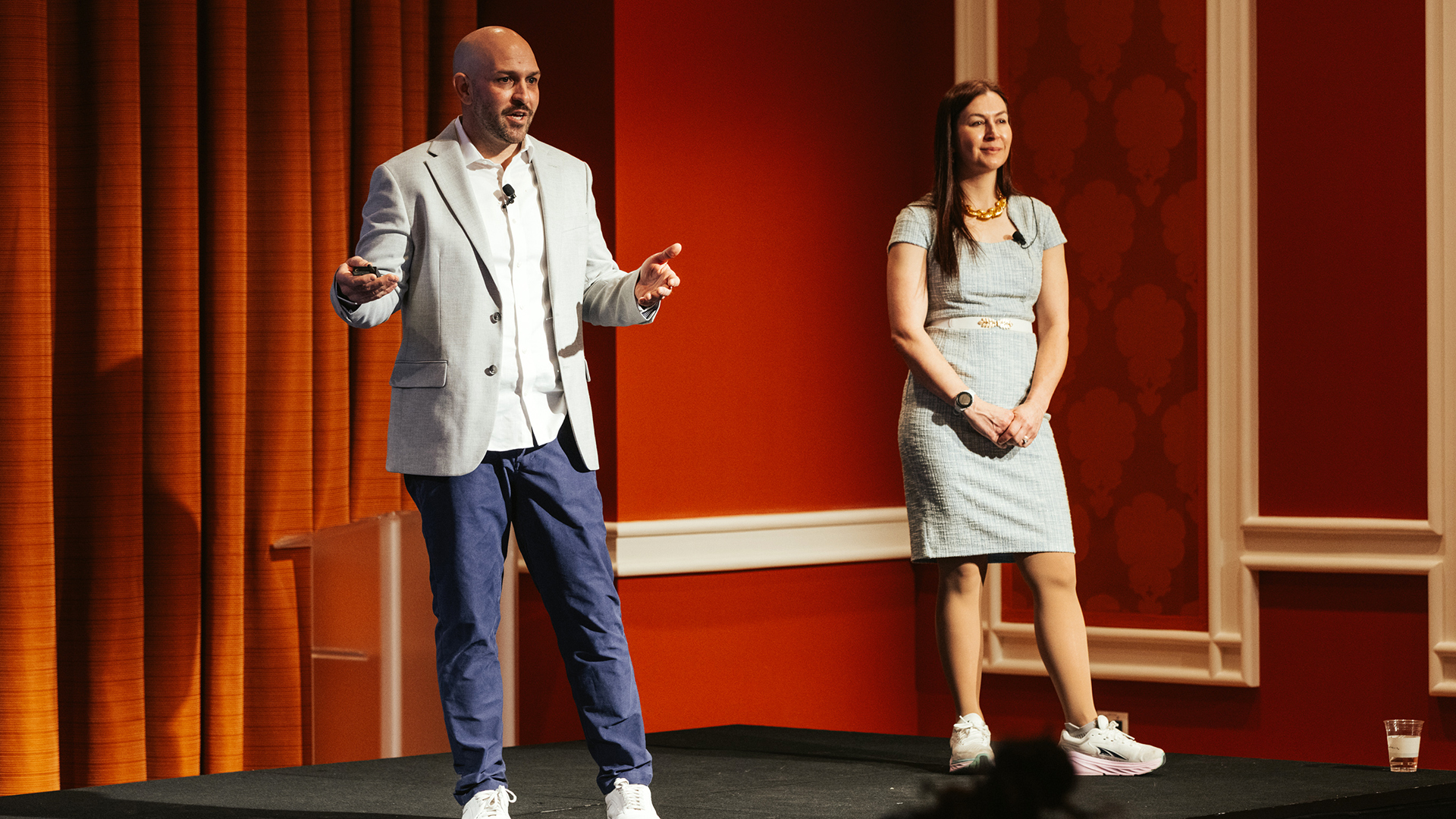Anne Louise Mason: [00:00:00] Hi everyone and welcome to Creative Solutions for realtime listening as we’re here from Capital One. We’re excited to be here today. I Anne Louse Mason or ALM, and with me is Pat Baird, who comes from our cafe team. We are going to go over some of our approaches to closing listening gaps, and the Kat’s going to give a IDE on the CAFE experience, so we’re really excited to.
Join in with everyone and we wanna make sure we have plenty of time for questions at the end. So top questions let us know. And I know have runners coming around with Ws. I wanna paint a picture for the size of listening at Capital One. So each year we have billions of interactions with a hundred million customers every day, millions.
Of touch points on a daily basis, and we think about that. We have those divided into spaces where we have Capital One customers, so they’re going into banks, they [00:01:00] are logging into their accounts on their phone. They are using tr, capital One, shopping capital and travels. They’re buying automobiles.
There’s also a wide array of experience that anyone could do, whether you are a logged in official customer, or just a consumer who’s interested in something that Capital One has to offer in that space. We’re thinking about car shopping online, looking directly for different products. You can chat if you walk into a bank branch, you’re a non-customer who uses an ATM.
How do we understand your experience? Or if you are on the move in a lounge or enjoying a cup of coffee at a cafe. And so when we sat down and looked at what were some of the listening gaps, we thought about our traditional program. And so what we had is a very robust program for email where we have customers who have been through an authentication process.
We know who you are. So we know how to reach out to [00:02:00] you. We know how to find you. We can send you that email. We can engage with you, and we have a very robust system of moments that matter, touch points, overall relationship surveys, but we’re working with you to understand what your experience is like.
And we are reaching one in five adults. In the US receive a survey imitation from Capital One at some point a year. So we’re balancing when we reach out, how we reach out, how frequent Indie contact you through our population work. And then we’re taking those responses and we’re ensuring that we’re driving ’em Hatch.
You heard from Scha? Fard this morning? Think you might have just popped in right on how we are listening. We are changing things, not just for individual customers, but understanding the trends and driving those impacts at enterprise scale. And we really want to make sure that we’re closing the loop of customers in need, not just on an individual basis, but making sure that we have better products, better [00:03:00] policies, better support for the people in our company.
And so we wanted to think about. How do we capture feedback beyond the email survey when we are thinking about this well regulated, robust program that we have in market? How do we create some things that can help us find the great specificity and helping others get the vibe of the consumers in the room?
It’s a plan for to talk about three examples of places that we’ve really been investing to understand. So the first is our webpage. So if you’re at the Capital One front door, you’re at www.capital one.com. We’re trying to give you enough information to help you make an informed decision about our products to move you from the general consumer market into being a customer.
If you are traveling at our lounges and land days, maybe you’re in Las Vegas, maybe you’re in Dallas, Fort Worth, Denver, or the DC area. We want to try to understand your experience and make [00:04:00] sure that what you’re investing in is what works for you as a consumer, and then maybe you’re using the cafes. So I’ll give a quick example for something and I think everyone can relate to, which is the online presence.
And so for our online presence, we have a series of webpage and articles that describe. What you need to know about different products, different services, and different information about everything that Capital One offers. And we didn’t have a way to identify feedback or capture feedback from our deman customers.
And we picked a pretty simple, easy, straightforward solution and just dropped a passive survey onto all of our help pages so that we could see. Were they impactful? Were getting what you needed. We are trying to guess what you need, but we don’t have good visibility. And the question was said, did you find this information helpful?
Yes or no? We later added a verbatim option of what is it [00:05:00] that you’re looking for, so that folks could give us more detail. And before we put these in place. We found that less than half of consumers were finding our information helpful, which is really a bummer because we’ve spent so much time trying to build out what they could understand and what would be helpful.
We had made a low investment to see can we make it better, can we drive an impact? And we found that it was pretty easy once we found, is it helpful or not? Yes or no? Okay. Let’s see if we can make this in more useful tools for you. Let’s see if we can get that. So then we also started adding in frequently asked questions, and we were able for a very low lift to get really big impact and to make our website and the help pages that were designed to be useful.
Another example that I’ll go through is just talking about Air Core launches. I think my favorite headline that we ripped from Todos is that it’s the one place in the airport people want to be. Like, do you wanna be in line? No. [00:06:00] Do you wanna be the steak counters? No. Do we’ll be arguing about where your lost luggage is.
Definitely not right. But if you want to be in a place where you have a moment to take a breather, to grab a snack, sometimes to get a shower what do you need to make your travel better? And how can we make sure that it’s meeting your needs? And so this was a place where we looked for a creative solution and we decided that we could wrap our surveys in chocolate.
It’s not something that you have to do right away. You can get settled on the plane. We do. I’ll be very honest, our research team makes sure that we try to account for the bias that comes from giving people ca be and sugar, but maybe Starbucks does that all times, so I’m not proud they’re accounting for their bias either.
What really helped us is thinking about the comments and coming from a financial services company. This is a place that’s. A little bit new for us. We’re figuring out how do we offer a premium experience that helps to boost our brand and helps to [00:07:00] put us in the places where our travelers are, where our customers are, where those who are using our travel cards, their rewards points.
And you found that a wait list would really help people, right? Like, how do I know when and where to get in? I’m trying to schedule this so we flight. Can I make this easy to access food offerings? There’s just a lot of stuff like, I have a butt to allergies. Can you tell me what’s in here? I don’t wanna get on flight and have discovered I had made a grave mistake, not a place to discover a grave mistake on flight.
And then also, hey, we liked grab and go items. The atmosphere, the vibes really create a welcoming environment. I have to really big right now. Hard to measure, right? But you know when you get it right. And so this was a space that we were really fighting. It’s just clean and I glue style. So this helped us discover that we don’t have to have a lounge in every airport.
Sometimes we can have a kiosk with grab and go adds, there’s that snap that you like when you’re on the move. So let’s just make [00:08:00] that part of the experience. And so these were just a couple of the examples that we have, and I’ll hand it over to Patrick to do a really cool, deep under run cafes.
Patrick Baird: Thank you.
So Patrick Baird, from our market experience team leading some CX efforts, market experience is like our fancy way of saying physical locations. Capital One branches and capital cafes. That’s what I’m talking about. Show of hands. Anyone who’s ever been to a capital cafe or a con. Okay. All right. That’s also this team up here doesn’t count on work.
Any, another show of hands? Anyone else doing QR code surveys? Okay, cool. So I’m gonna go through how this solution really helped us out in our listening, getting all the voices in the funnel so we could create great experiences and the ones that we were missing and highlights and benefits that we learned from the QR ies.
Or, first, let me ask you about your last customer [00:09:00] journey, going through a physical banking location. Think about what you went for, what’d you do? What was the touch point? Most folks, when they think about that, it’s a traditional branch experience. You’re going in with a transactional need, you’re probably wanna talk to a teller, a private banker, use your ATM card and you authenticate yourself.
We get to know who you are, what you paid for, and that works great for our email survey campaigns because the majority of visitors get into that funnel and then we can get that into it with. Serving and really understand with the email survey what we need to be better on and how we can improve. Cafes are a bit different, so I’ll tell you a little bit about that.
For anyone who hasn’t been to one, this is what it looks like. You don’t see a teller line, there’s no cash drawer, no safety, how that box, it’s a welcoming space for anyone to come in and enjoy. It’s very different. [00:10:00] We’re always trying to evolve and meet our customers where they are and through.
Paying attention to technology world shifting around us, listening and talking to our customer. Your customers are less dependent on our physical locations for each DAYDAY transactions, talking about transferring money, depositing checks, even applying for loans now, like we’re doing them in the pocket, we’re doing it at home, and they’re less dependent on our physical locations to do that.
However, it’s very important to have a human connection when you need it. Especially we’re on the top, like money or finances. We wanna find someone when you need to. And that’s where we came forward with this idea and concept with the half where we could offer more to not just our customers, but anyone want to come in, still may be able to meet their needs and create more human connection.
So we’ve designed the cafes to be more than just a bank or more than just a coffee shop. [00:11:00] We’re committed to ensuring those meaningful resources, financial tools within the communities that we’re f. It’s a welcoming space for anyone. Come in, relax, do work. You can talk to us about money and your needs there.
We’re not. That’s okay. We’re expanding. Right now we’re over 55 locations. We just opened 60. We are trying to be located less locations, but in exactly where you can find us in commonplace malls. Downtown, high foot traffic locations, lifestyle centers. So talking about some of the customer segments and experiences that we have come through our cafes for first two, first time visitors, so this is about a third of our population coming through the door.
Any given day or coming through the door and say what is this place? It’s our first impression, as we know in cx, our first impression in the most recent impression has a tone of impact. So we get a bunch of that every day. [00:12:00] Prospects for some nine customers for Capital One, about fourth of our traffic every day.
No banking relationship, no Capital One relationship. So when you think about back, that email survey, we’re able to email customers. We couldn’t reach any of these invoice, and that’s where we had to really find a solution. Work study, relax. This makes up about 45% of our kilo traffic. Our locations are full and these customers have different gates available seating.
Was my latte good? Do I have an outlet? Like the customer journey and the things that we need to care for are much different than in a branch location that we’re talking about efficiency and getting it right, and so we found ourselves having to listen and understand and deliberate experiences. They’re much different.
Grab and go is about a third of visitors. We have about 29 incentive customers any day are actually coming in with a capital reason, Hey, I need to solve this problem. I wanna learn about product. But [00:13:00] when we listed and shifted our email campaigns over to cafes, we found, we were able to share if you use a capital card at, to purchase a beverage or had to ATMs, you fall into that funnel.
But we were missing a lot of this. We’re missing a lot of the experience that we need to prepare for. How for customers that posted in position, like we had to get more folks into our list. And when we size that up, we were getting to about a third of our visitors into our listening funnel on our VOC program.
We need to figure this out. We gotta find other ways to reach and we couldn’t do it. We didn’t do it overnight. We tested and learned a bunch of different options. We did kiosk and the digital. We tested and learned different signage, business cards, coasters, tabletop stickers, few months over, a more by 10, 12 locations.
AB testing across, looking [00:14:00] at reach, quality of response, effort. And finally, you landed what we’re doing rocking right now at tabletop stickers. An iteration of the business card runs to our Baptist. Two important rolls here, tabletop stickers, little cast. They not intrusive on the experience. They’re thoughtfully placed or not clustered everywhere.
But with any retail experience, we’ve evolved our model, our physical location over time. We have locations with three levels. We have mos, we got two levels. This allows us to adapt to work with our local teams, all like what are the best placer? Where are we able to get the best reach? And then for our ambassadors, you know when they’re sitting talking to a customer directly and they have that either frustration or they’re delighted, but they want to elevate that feedback beyond the like face-to-face interaction or that they’re [00:15:00] having, this came out as a tremendous option as opposed to saying, Hey, you might get an email and then now I have an option and they’re able to provide it.
Now we know there’s some bias that comes that when you’re talking to an ambassador directly tends to look positive. Oh, by pairing these together, we’re able to identify that bias and appropriately analyze, assess. From there, we made progress. So on the yellow, you’re seeing the email when we ask customers what they did when they came into the cafe and in the blue QR errors.
So yeah, we’re successfully reaching more journeys. Different experiences. Alt with our QR code, we’re feeling great. We’re still pushing to get more, but if you notice in the yellow one email, when you think about that action program, you’re listening, you’re analyzing the feedback, Hey, what can the solver do better?
Clearly late des into some of the experiences, but not all. It’s now we’re feeling much more well-rounded around our listening. Being able to develop a [00:16:00] better customer experience. Another great benefit for us that came forward was we’re now able to effectively reach roots that we couldn’t with e one of the, my favorite things, one of the favorite things, I like a lot of things with cafes, I’m biased, but we do a lot of events and after hours for our customers and not customers.
So on the left here we’re primary sponsor for Orange Bowl. Name versus Penn State this year in Florida. This is our Miami Beach Cafe. They have a great plan for customers. They arena. Great. Quinn, were there. Take pictures with the trophy and on. Great. This is a salary, transparency, of course, that 59th Lexington and Manhattan.
These events are great, but they’re also a great investment when these customers are coming, but not coming with a transactional need. So you’re not at ATM. We’re typically catering, so they’re not buying food and beverage, so we’re not, again, getting that route into emails and now we have an option [00:17:00] where we can hear from them during these experiences.
Another great thing we found out from QR code surveys really engage responses. You’re in the moment, this experience is fresh. The feedback you wanna provide is right in front of you. We’re getting 80% of our responses are getting comments and verbatims. That compares to around 55% for our eu, as we’ve heard a bunch over a yesterday, and everyone knows how important the unstructured data is.
We’re being better and have better tech and processing, understanding it. Really excited about the engagement and the amount we’re being so we can ’em verbatim ’em so we can actually understand those scores and what the context is that we can go solve for. And then one more real time. So we’re improving our response position two to three days.
Really. You think about the email survey you get in a day later. You have six days to respond. You think about, [00:18:00] time has passed. I don’t know. I’m busy. I have kids work. You like try to think about experience five days ago. Compares to in the moment, you’re getting a lot more fresh content from the customer starter.
You think about use cases for BOC, like early warning systems. We actually maintain both email and QR code so we can do some sentiment comparison, right? So like how does that sentiment happen in the moment and how does it compare a few days later? And then we also have some great stories with our product teams.
One of my favorite stories recently, if you’ve been to a cafe, if you haven’t, we have these nooks pride Nooks are highly sought after real estate. It is. You could close a door. You could take Zoom calls, you can have meetings. They’re afraid available to anyone, or they were and they still are. But what we heard a lot in our feedback was, it’s hard to get in there.
We had stories of customers waiting outside during your [00:19:00] opening, rushing in making into their office. For today, I made it happen. I sat down an empathy interview with a customer one time, and they described it to me as hunger gates like you wanted to get in there. But they’re waiting, they’re watching.
It’s a thing. So Justice, last year we released a booking system and it’s still available. It was not booked available for anyone. But now any of our customers have the ability to, on the Capital One app, both the no for two hours, an hour or 30 minutes. But when we worked with that product team and released, we were able to use our QR codes in the test and help them develop.
Really quick feedback on how low is the booking system going. Also, the fact that we could reach non-customers, we could pair that feedback for his folks who maybe put in it in booking and we could understand and get really quick iteration as we were testing throughout the QR code. That just would not have been a reality for us [00:20:00] with emails.
Anne Louise Mason: And so this is a, another synthesis life from our analysis of what were the big topics that were coming out of this, and again, coming from financial services, that’s in that market experience is trying to make sure what is our physical presence. This is a space where we’re dabbling in hospitality, right?
And this is how do we keep those regulars coming in? How do we make this a place that really feels embedded of a community? The first answer was. Coffee and beverages. That makes sense. It’s a cafe, right? So like they’re frequently out of milk. It’s syrup, top things. Also, we changed visitors from pizza’s to verve.
People were strongly on one tea or the other. You were either Team Kes or Tea’s Verve. The atmosphere’s hey, that’s, it’s less inviting that it was in the past. Maybe because it’s the Hunger Games. How can you very quickly iterate and make sure that this feels like a place where we are rolling out the welcome map and bringing people in.
Then when we were talking about what really makes us different, what makes us better, this is true across the whole Capital One footprint, but it has so much [00:21:00] to do about how helpful, how friendly, how engaging are our associates, what’s the attitude, how does that drive overall satisfaction? And then overall, how is the service?
And so these are things that make it easy for us to understand across our footprint. How are the cafes performing in each region? What does it feel like to go there? And if you go to the coffee shop around your corner, around the corner from your home, do you feel welcome? Do you feel like you learned something, that you took something away that it added by to your life?
And so Patrick and I have had a great working relationship. It’s been a two year journey as we’ve been building it. And we’re actually at a place now where the dashboards the information, the data, the close of feedback that we built, it’s time for a refresh. I could hardly believe it. It’s been the journey that we’ve been on.
But it’s something that as we, us thinking through how do we stay fresh and relevant, how do we make sure that we’re truly listening? And this is where the feedback helps keep us honest. ’cause it plus about our business [00:22:00] objectives and goals and more about what our customers are telling us. Here’s what work, here’s what English would work.
Q+A: And cares both. We wanna celebrate.
Patrick Baird: That’s it. If you wanna do q and a if we have it. Hi.
Q+A: Hi, I’m Alex from Bloomingdale’s. I have a question about did you test different survey links for the QR code surveys and did you find a sweet spot or a max number of questions that would get in volume, but also all the information ability to get?
Patrick Baird: When we first started testing we were lo spec specifically what we were going through to different locations and assays. We were rocking the same survey as email to as control and had the placements be most of the variable. And then we were evaluating from here. Since then we, we’ve been working now that we understood the placements that we’re working and then the assets that we really like.
Then we went into, okay, what’s the right survey for this? And then we shortened up and we got into like, how do, can we flags, how can we [00:23:00] understand the right touch points and placements? And the survey to match from there,
Anne Louise Mason: we ties those back to smart QR codes with geolocation so that we don’t have to ask when we first got started, there was a drop in, where are you?
And one of the key principles that we always keep in mind is we don’t ask customers for information that we should know how to get ourselves. And so that was something that was really important to figure out how do we engage and say, okay, we can make this process smarter. It’s make it less burdensome because the first thing you open up is you have to scroll through 55 locations on cafes.
We’ve lost ship. So making it really easy and accessible was key.
Q+A (2): Can you tell more about you showed that slide where you took the data showing that the FAQs were not helpful or a lot of people weren’t ranked and helpful but then you turned it around. And more people found it helpful I guess I’m curious about what teams did you show that data to?
Was having that conversation awkward [00:24:00] to try to improve the helpfulness there? Yet any tips about starting those conversations, going about that improvement process?
Anne Louise Mason: Yeah, really great question, mark. So I think this is not anything that’s unique to any business, but it’s, hey, that thing that you think you are rocking.
It’s falling a little flat. But I think one of the things that really helped us is we were starting in a place of help articles, right? So we know that this is free, are you today, right? Like, how do we get in and help people here? And that was, I say, a great starting point of, hey, for thinking, is this useful?
Is this going to help us achieve our objective? That’s a space where we have backend data, where we can watch the clicks, we can watch the progression. Where did Jibo go next? I think that really helps. But when we’re thinking about just the responses, it’s very black and white. Did it help or did it not help?
It’s very easy to categorize yes or no, and so that helps take some of the analysis [00:25:00] paralysis out of it by really making it simple. Also because we had momentum in, we want these pages to be functional, useful, quick, and efficient. We could say right now we’re close, but that gives us a place to it or bake.
I’m not sure if this is true for everyone, that the hardest thing for me to approach is a blank slide. I can write anything on that slide and have a starting point. We sometimes call it talking in caveman on my team, right? Just put it down and then we can edit it, we can refine it, we can make it better.
And so we realized that we had a place where we were starting, so anything we could do from there would help us also, because the numbers were coming in could see incremental progress. So the big bars are showing the big changes, but we could see the trends as we are working our way through.
Also as we did the first few pages, we could figure out a learn from our mistakes. So we weren’t reinventing that at the time. So when you’re building the [00:26:00] original momentum, find a partner who is eager, right? Someone who has get this, has an OKR, has an objective, has a mandate to raise and improve.
’cause that’s your most engaged partner who then becomes your showpiece and helps you with the internal morphine. I know we don’t use the term internal marketing a lot anymore, but it’s something that you’re like, who’s on the team? Get your detractors first. Win that clip over first, then make them your advocates, because once you have the hardest voice in the room behind you, then you can get the middle much faster.
Q+A (3): There’s a great presentation. Thank you guys. Just quickly, but the QR surveys, assuming they’re anonymous, have you been able to experiment with ways to de anonymize that so that you can. Try to figure out who some of these people are to give it extra context and leave you or have you’ve been able to achieve that.
Patrick Baird: So we do maintain email survey, and J code survey. Email survey is great ’cause you do the [00:27:00] customers. So on the backend, if you’d be like, get deeper analysis and some of the feedbacks and demographics. So we still hold onto that. We had that in certain areas. The anonymous case is a bit of a trade off, right?
Because we wanna reach these grooves and their feedback is really important to us, but we don’t. I know them on the back end just pair a whole bunch of that data up. So we usually really use it for sourcing the signals, right? Being able to trade off and get those voices that we couldn’t get otherwise, understand their feedback.
And then we end up pairing that with some other tactics to understand that feedback a little bit deeper. Whether that’s the mystery shopping, there’s a market research parts of our team where we can target those learns in single to deal a little bit deeper.
Anne Louise Mason: Yeah, I think the phrase that you shared with me when we’re talking October is that it’s the hypothesis development, so we don’t aim to have very voices telling us, this is exactly my experience.
We need to find five representatives who can [00:28:00] walk us through it, develop that hypothesis and really investigate.
Q+A (4): Hi my name’s Katie Masters. I work for role Pay. And I’m just curious on the surveys, do you segment between a prospect or an existing Capital One customer? And if so, is the closed loop feedback system in connection with the customers different for those two segments?
Patrick Baird: So on four times when would rotate out the service on QR code, there are moments where we’re asking, Hey, are you in customer? Not So we can understand. The pockets of feedback that we’re getting, if that’s applying to customers, not customers or both,
Anne Louise Mason: the metadata is there in the email space. ’cause we’re able to track even what platform you are in.
And there’s a lot more detail for where it was landed. And I think one thing that I’ve always admired about the cafe approach is that it is less about having a bank replacement and more about having. A community embedded space. It is [00:29:00] always good to have a conversion from a prospect to a customer, but it is very important just to have a community flagship that keeps you engaged with people.
And so it is an investment in that space, but it’s that somehow that raises the brand. That also engages. And I think the financial seminars and the, that’s a space where. There’s so much financial literacy and that’s helping improve the overall consumer and customer base. It’s building trust and that trust leads to a longer relationship.
Patrick Baird: Yeah. If you haven’t visited a cafe no pressure there is their sales goals. There’s, our ambassadors are not motivated for that. We’re there for it. If you want it, we wanna talk about a product and need that education. ’cause it’s where you’re at.
Anne Louise Mason: So the goal is to measure the engagement and to make sure that people feel safe, confident, and more comfortable about money.
And also trying to [00:30:00] understand if we’re in a society where we have the unbanked and the underbanked, how do we create or financially savvy customers and consumers.
Q+A (5): Just curious, when you guys are receiving feedback from these surveys for any, experiences like the dislike for a certain coffee, is there a, a turnaround response score. These customers like, Hey, we heard really
Anne Louise Mason: guys, this is what we’re doing.
Q+A (5): I
Anne Louise Mason: think one thing that really stands out in thinking about how we’re doing it is that there was a request for it early on for more small business engagement. So engaging with local businesses, and I remember after.
I launched the Grilled Cheese event. We’re a local grilled cheese company in Miami. Okay? I have never wanted to travel to Miami more on a Tuesday, and when I run that feedback, right? So how do we bring in other small businesses? How are we thinking not just about individuals, but what’s that B2B relationship and really being part of the element and the fabric of local commerce.
Q+A (6): Hey, I’m Matt. I [00:31:00] work with apple. I am curious about this. Do you see any like crossover way that filled out a QR survey and then you end up sending ’em an email survey? ’cause they are a customer and there’s frustration there.
Anne Louise Mason: I think we found that, ’cause this cafe group is very excited to share if it is right, there’s more of a making sure that we keep the responses separate and do not aggregate them because we have that same grilled cheese enthusiast showing up multiple times.
Patrick Baird: I think one other good note here is, the engagement model is also when you send an email like we’re sending that to you, we’re requesting you to fill that out and gave it to us with the QR code survey. It’s an opt-in, right? The customer is doing ’cause they want to or because they articulated that to an ambassador and ambassadors now giving them that opportunity.
So there’s this proactive and reactive change in that makes us feel also better about that. It’s not a constant twist of water. Yeah.
Q+A (6): I have one other follow up question. Do you share this data like responses with front [00:32:00] lines and are they incentivized by metrics or, they want to make sure they’re hitting the good score and everything.
Do you have any concern about survey cheating or trying to track that? If team members are like, oh, I’m so excited. I wanna place this, and they’re handing out the survey themselves
Patrick Baird: there working through this a little bit, but so there’s no incentive on it right now. Our leaders of the locations have access to all the surveys.
It bleeds out to the ambassadors, get it. We certainly when we know the surveys are coming in from the badges, we know that there can be positive bias on that, and you tend to get more, Hey, John helped me, Mary, help me. She’s excellent. We know that, but we can also identify that coming through by able to say what you are code that is.
And so we try to assess, know, to understand what is the learning objective in this EOCI. Trying to understand his bias and populate them
Anne Louise Mason: also, I think my favorite example of investigating that man as we looked I can’t remember if his, I think his name [00:33:00] was Mike, was like, Mike is so awesome, and so this string.
Just Mike Advocacy came in from one of our locations and it was really rapid and we realized it was a table of students who all loved their ambassador, but we’re like, is Mike back there doing something? It was like, Nope. It was just, Mike is just slaying it today. Like he’s giving a great experience to this group.
Q+A (7): So I just had a quick question. So you said your surveys were anonymous, however, do you have a point on the survey that asked for if the customer wants to be contacted? So if you have something that’s negative and they do want follow up,
Anne Louise Mason: that’s a space for Refin really cautious in that space because once you start collecting names, information, once you get into that protected information space, we are still a financial institution.
And so all of the umbrella rules and regulations men play. And so the question is how can we if you are in a cafe and you really have something, I wanna please speak to a [00:34:00] manager. Please solve this in a very retail oriented environment. The survey may not be the best way to engage, and that’s part of being in the physical space is you can navigate that, which we don’t have in a standard email survey.
And so really trying to make sure that we have all avenues of communication open and so that all feel welcome to share. It’s a great question. I think it’s one that we’re probably going to wrangle for a while as we’re figuring out, okay, we get this data, how do we protect it and make sure that we’re keeping these customers and their identity information safe while still making it very easy to give out feedback.
